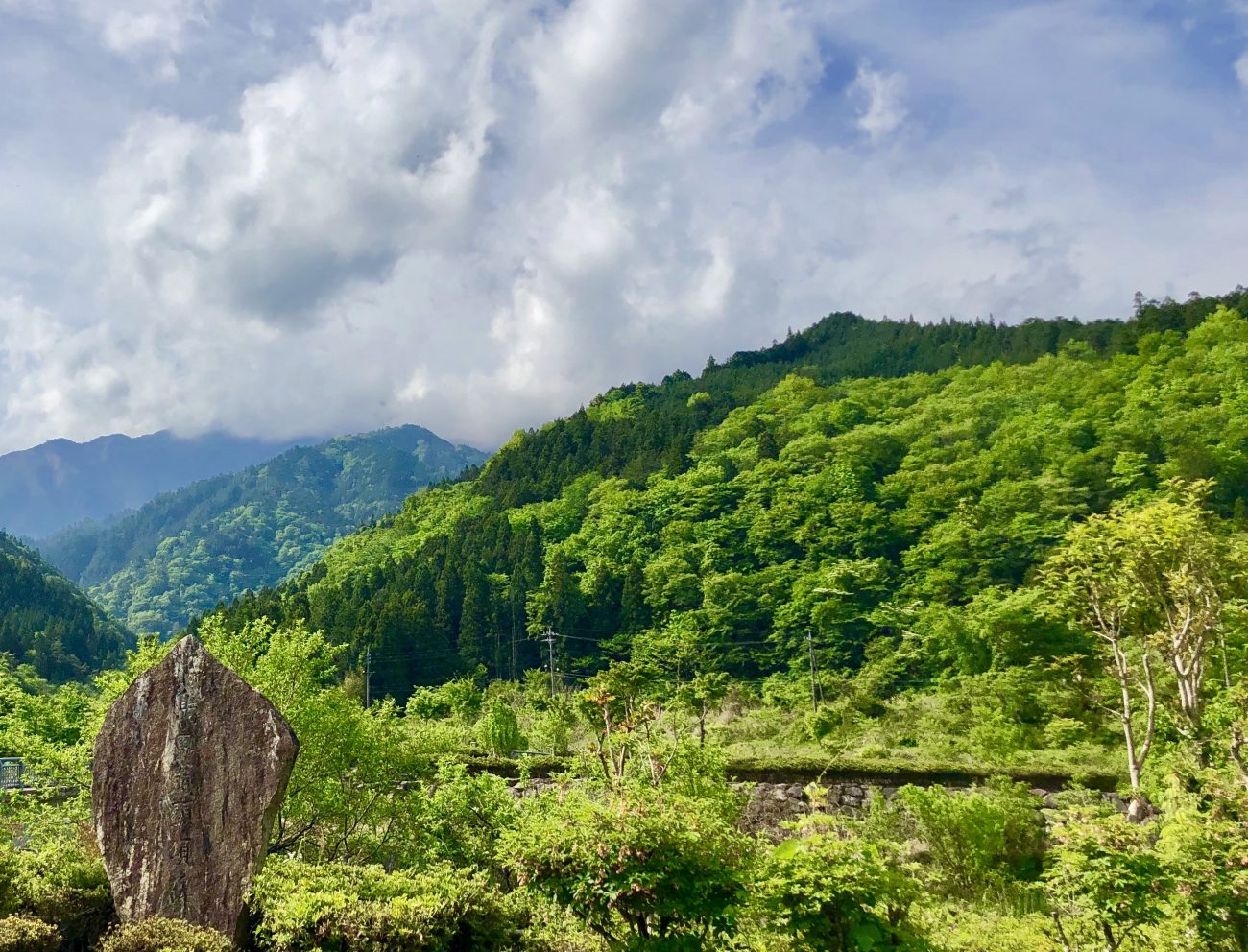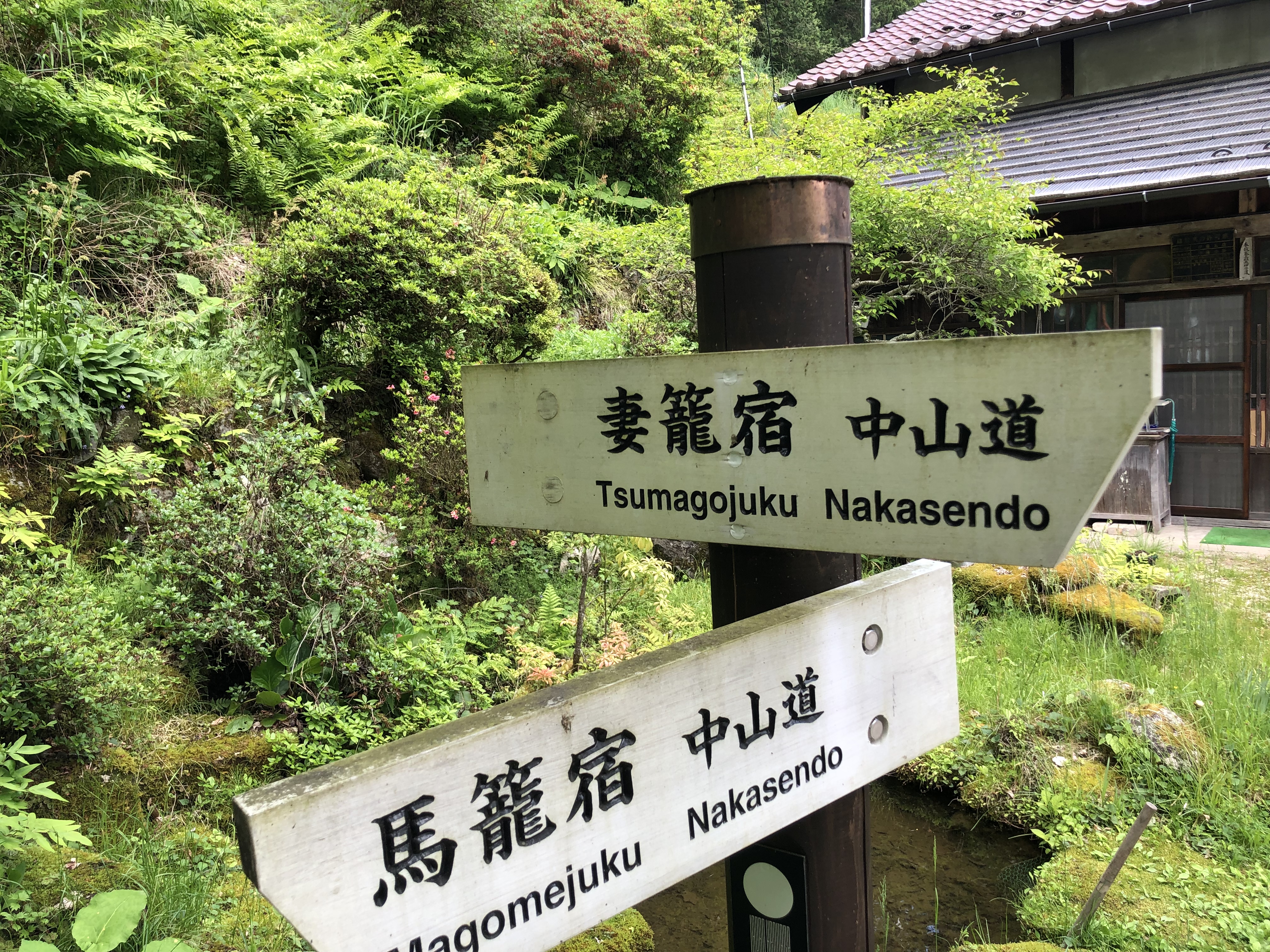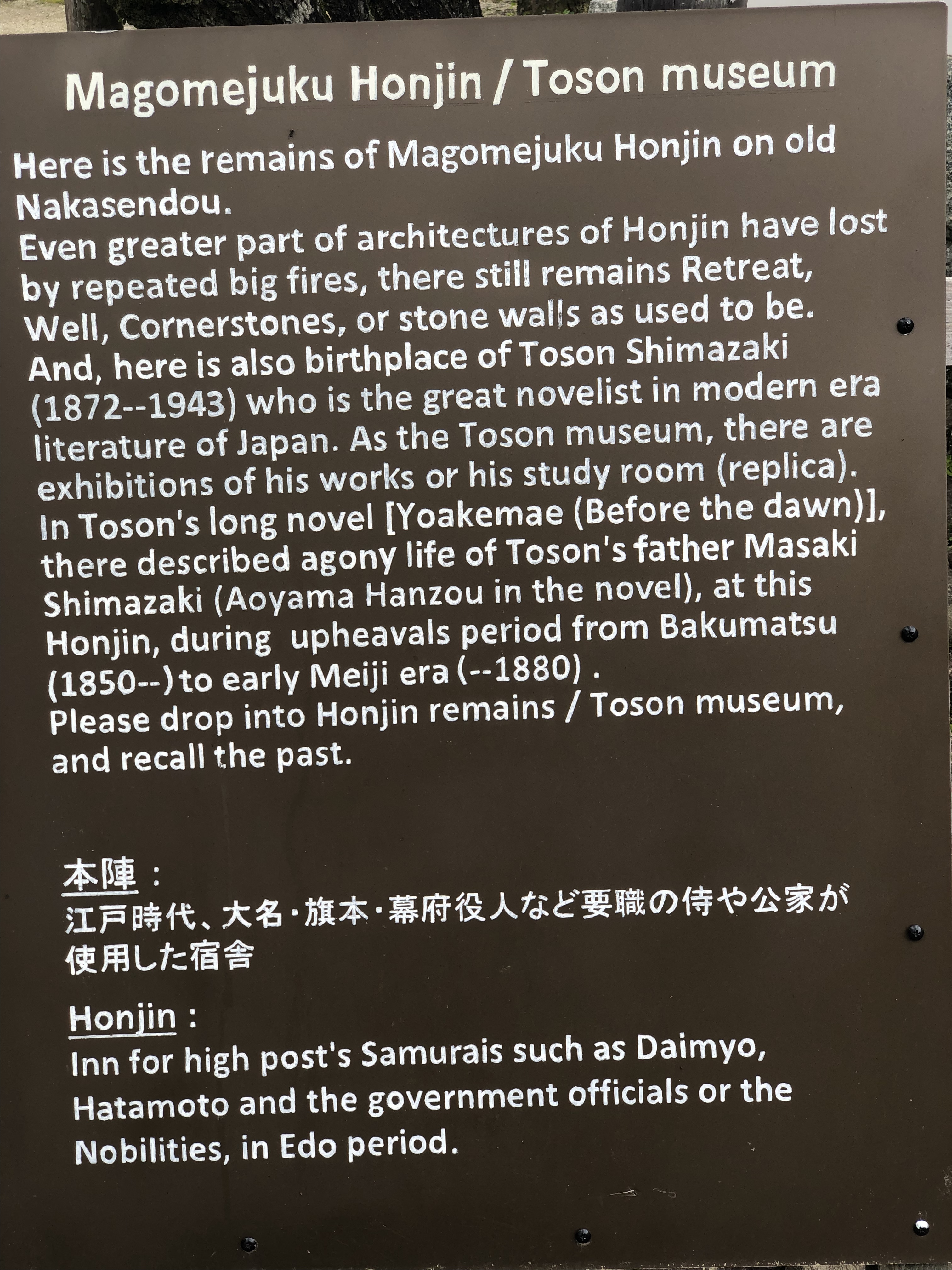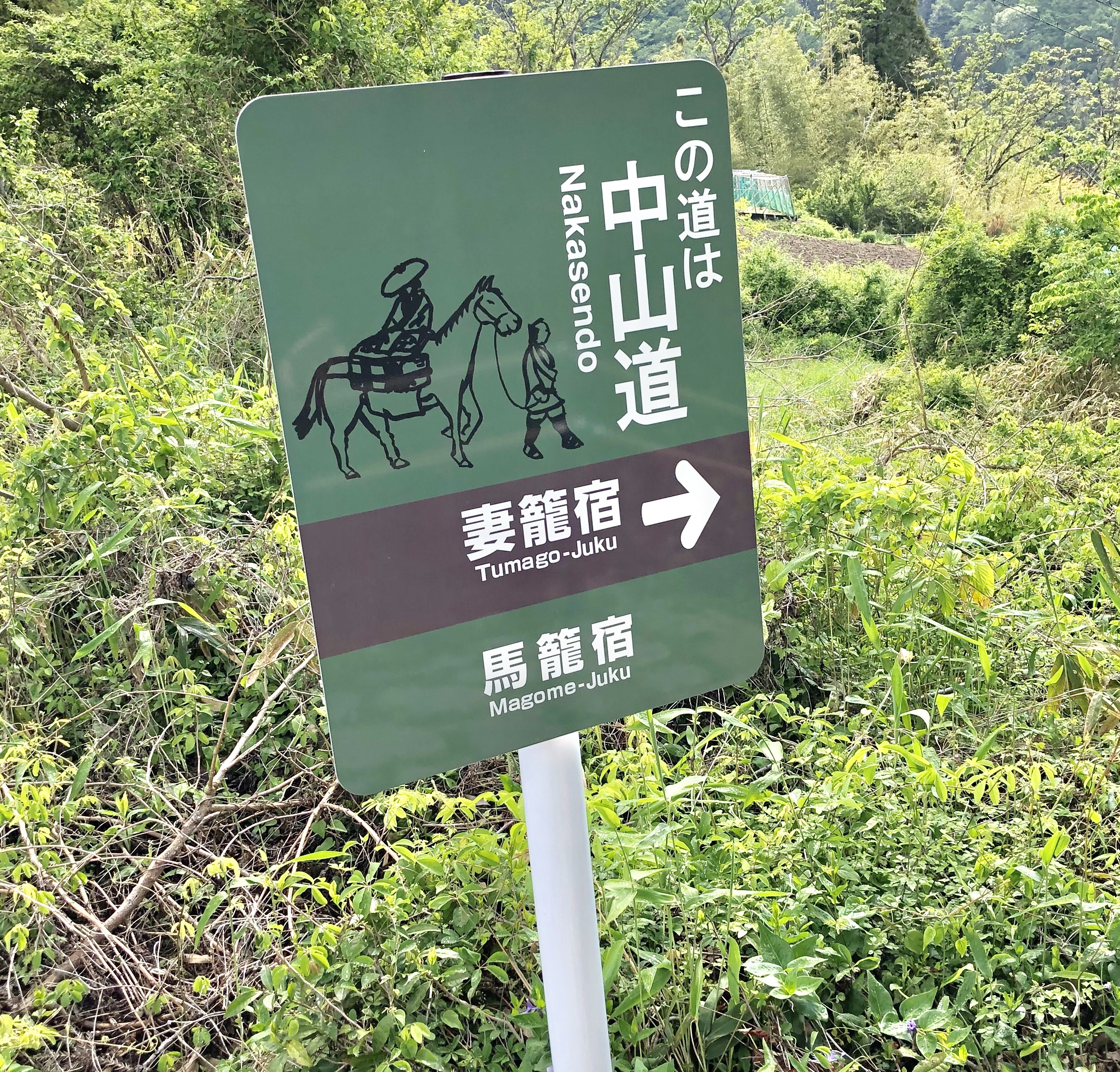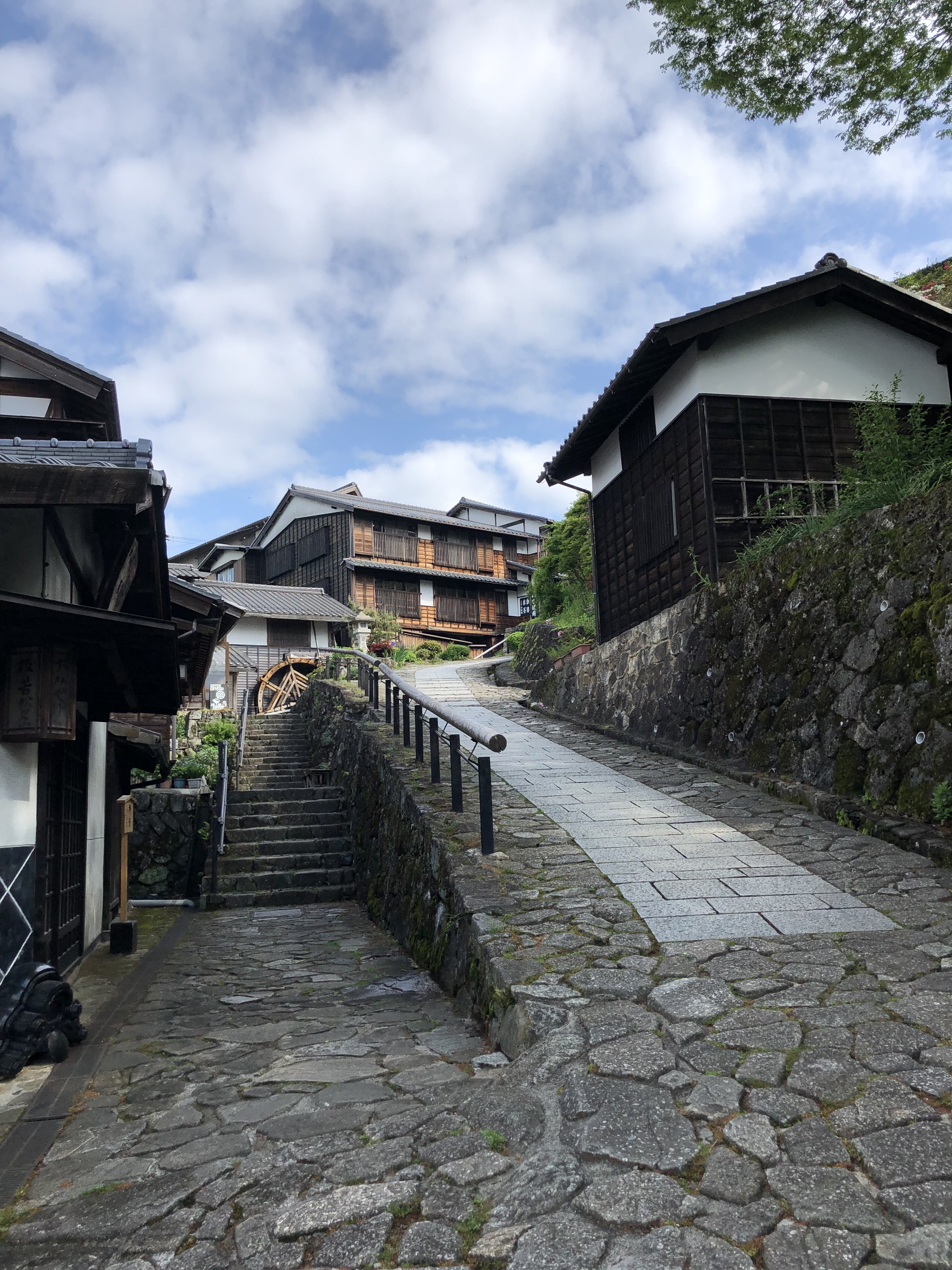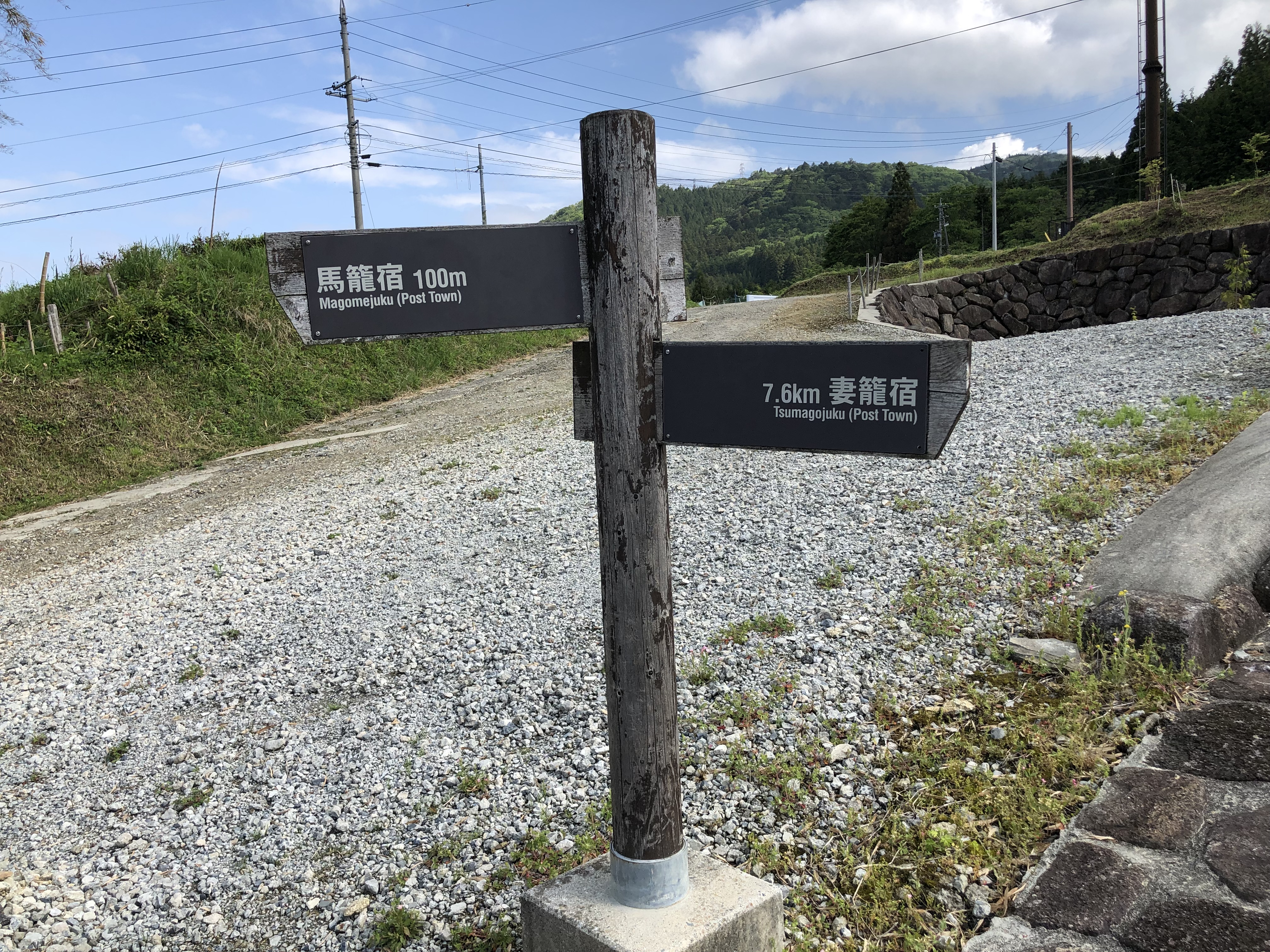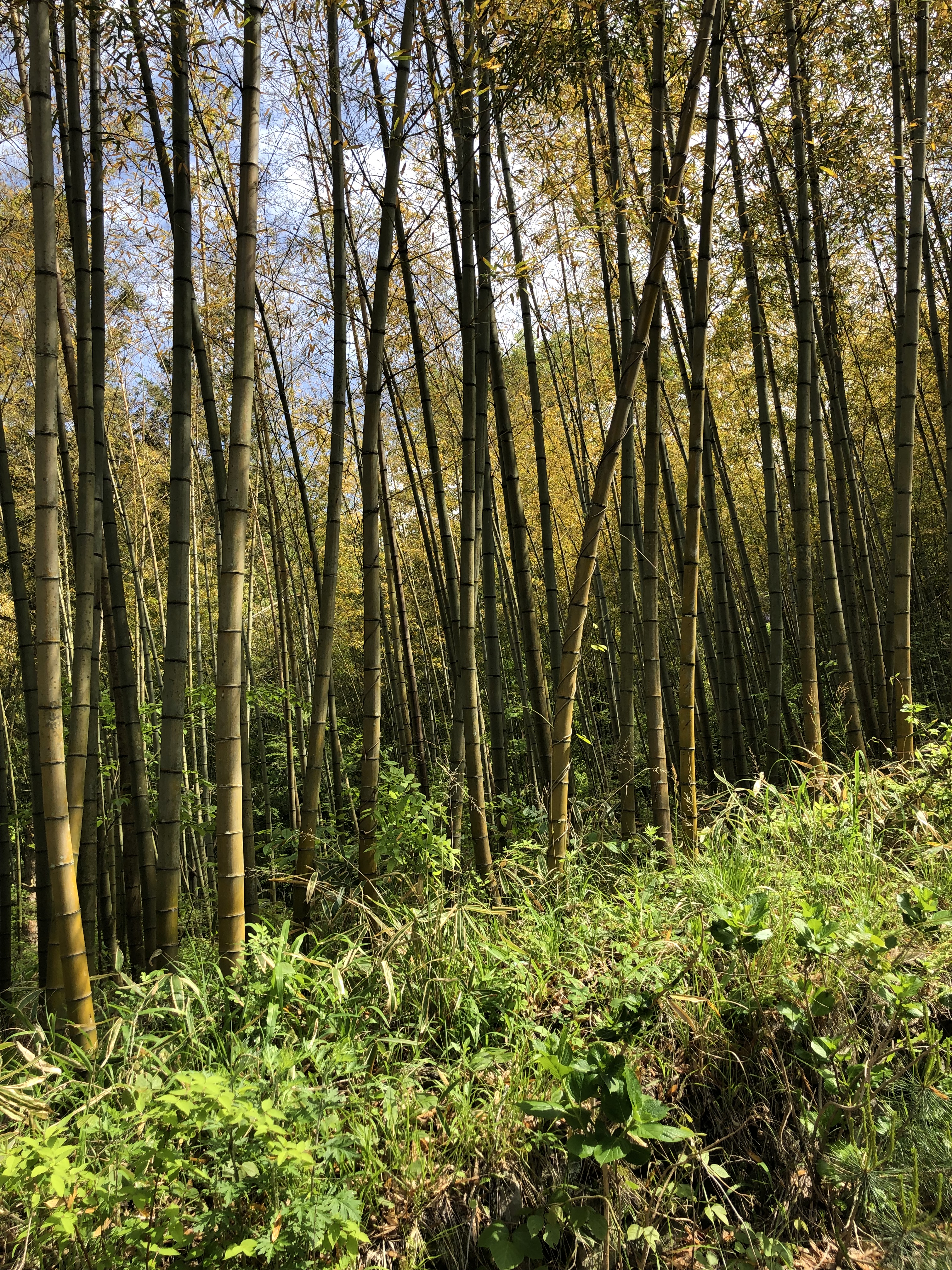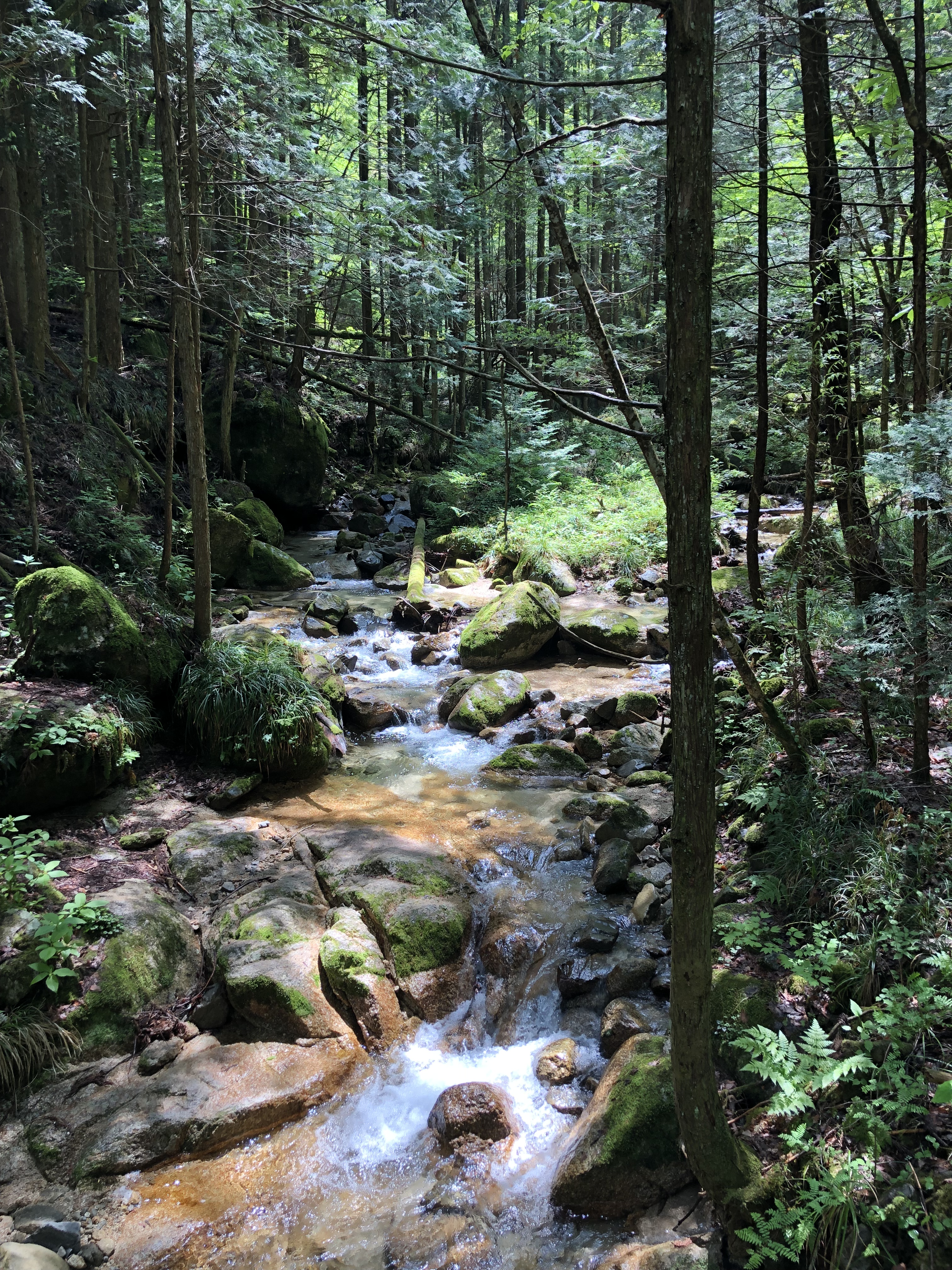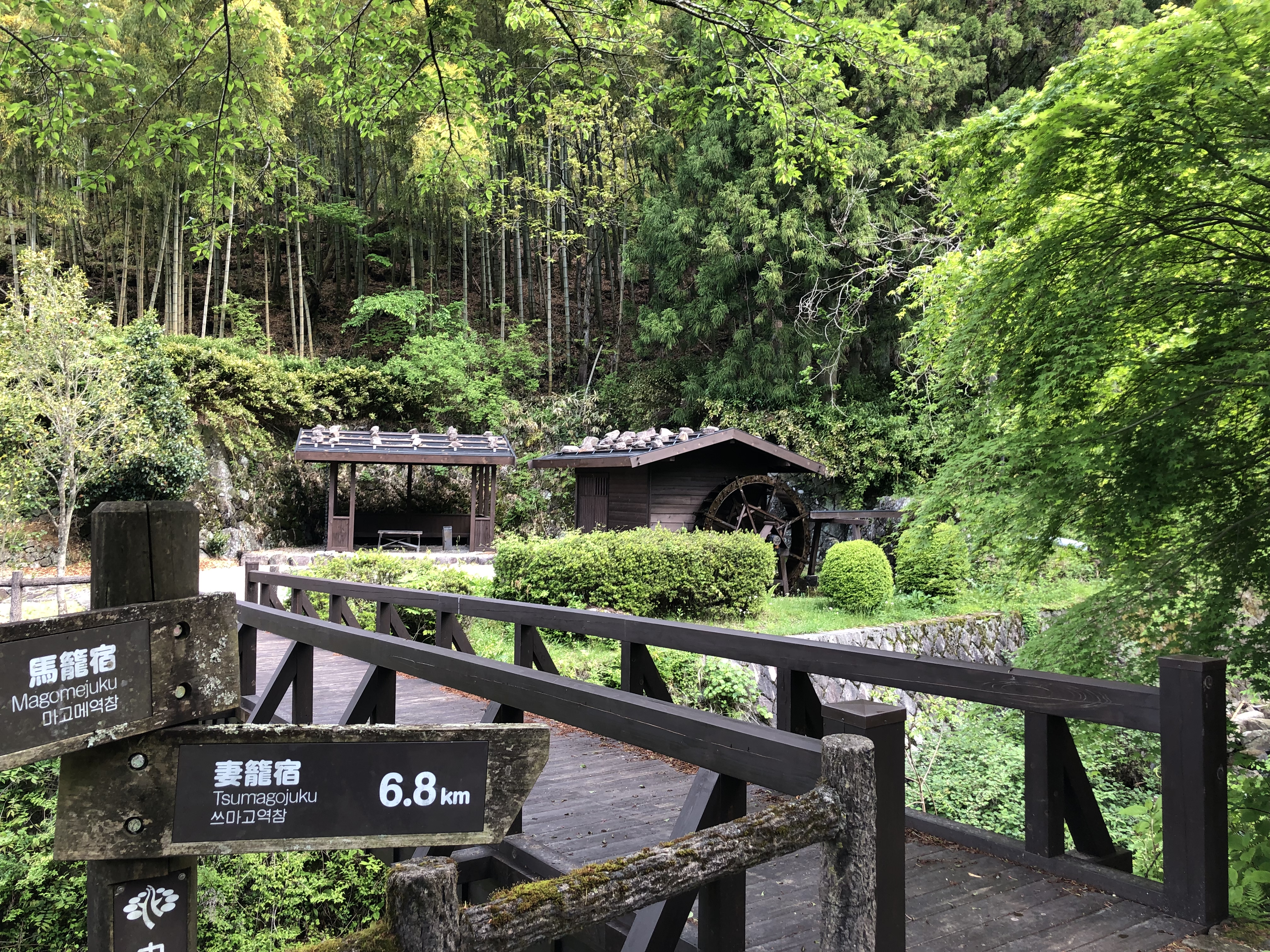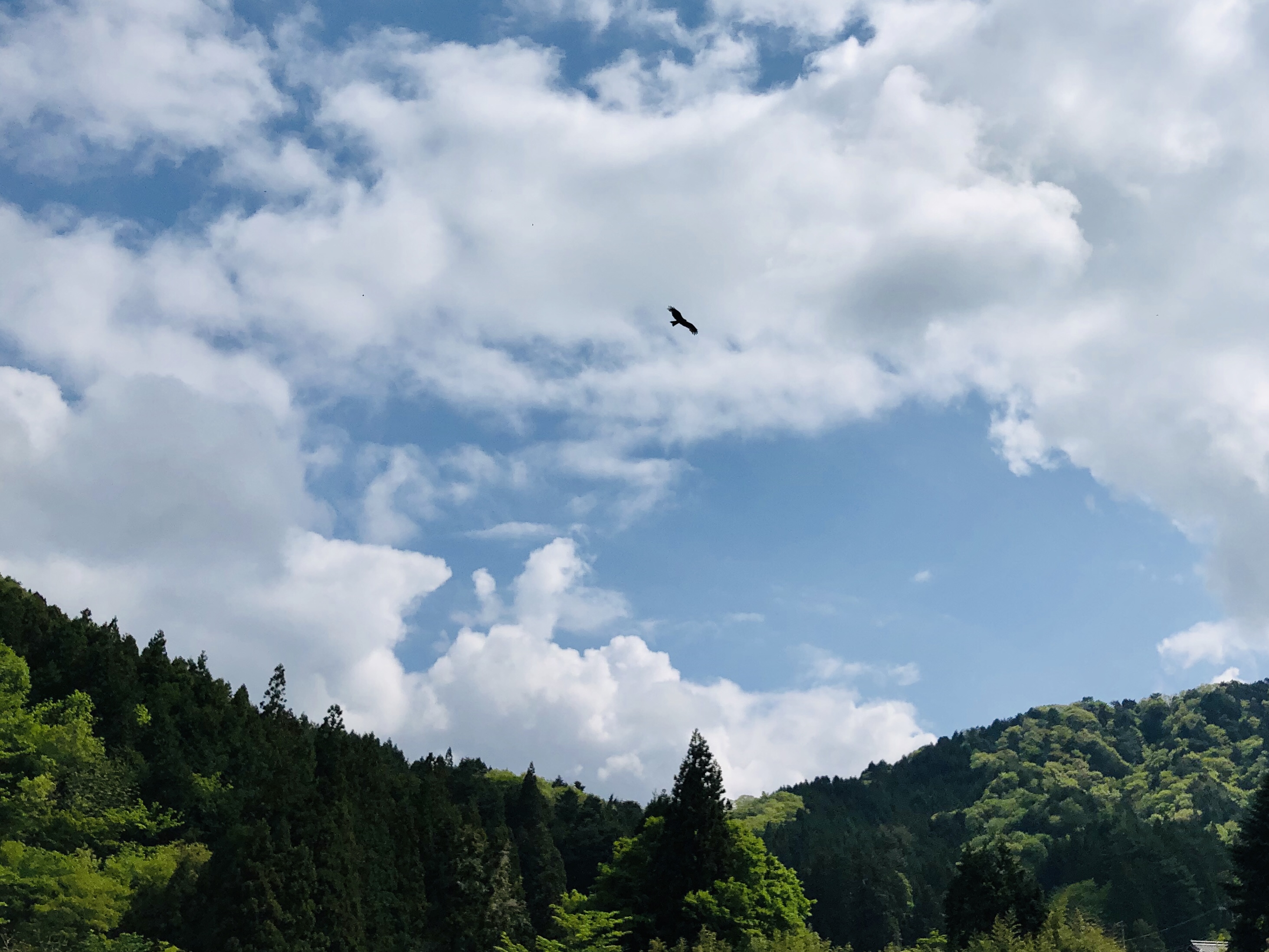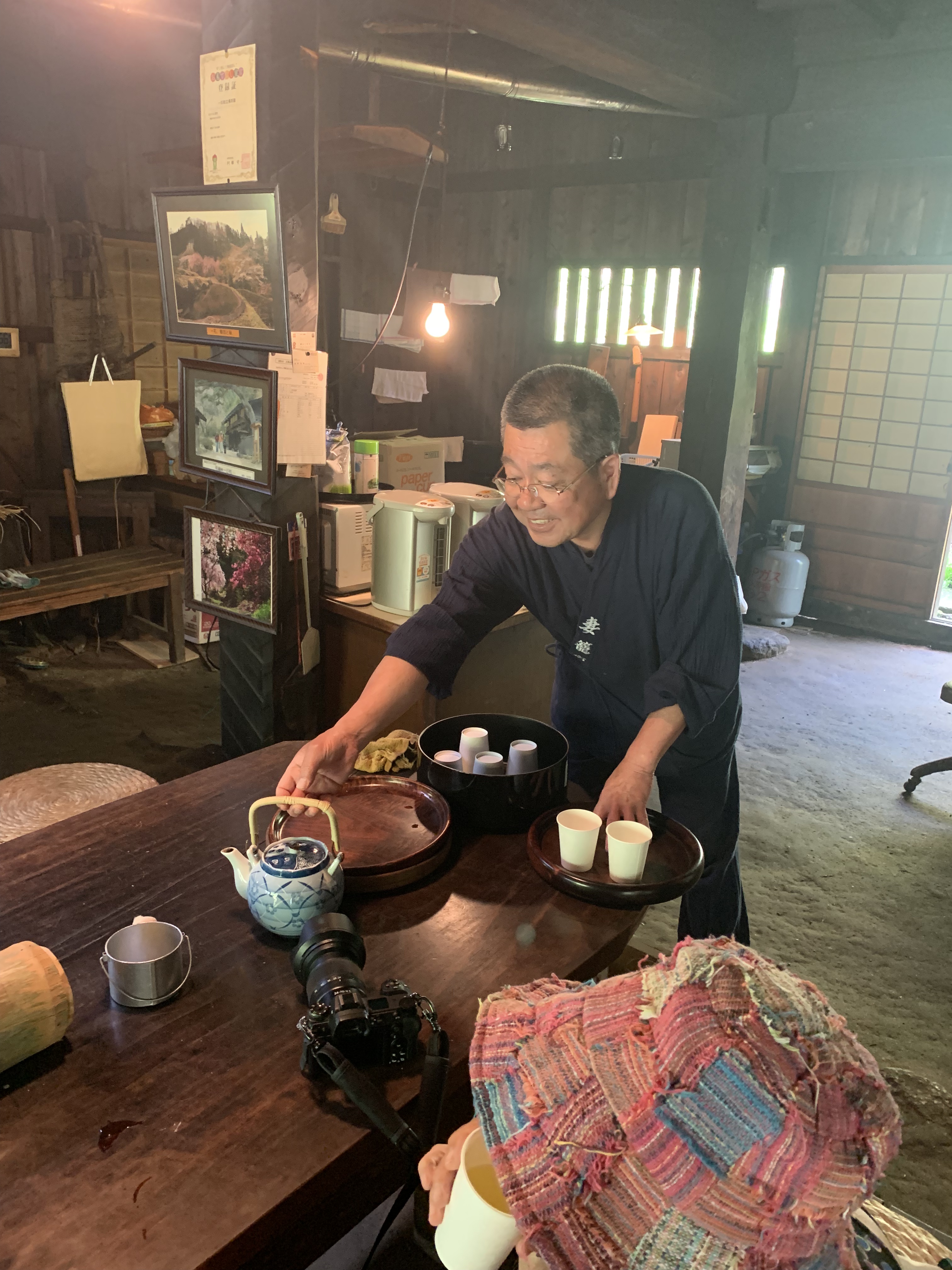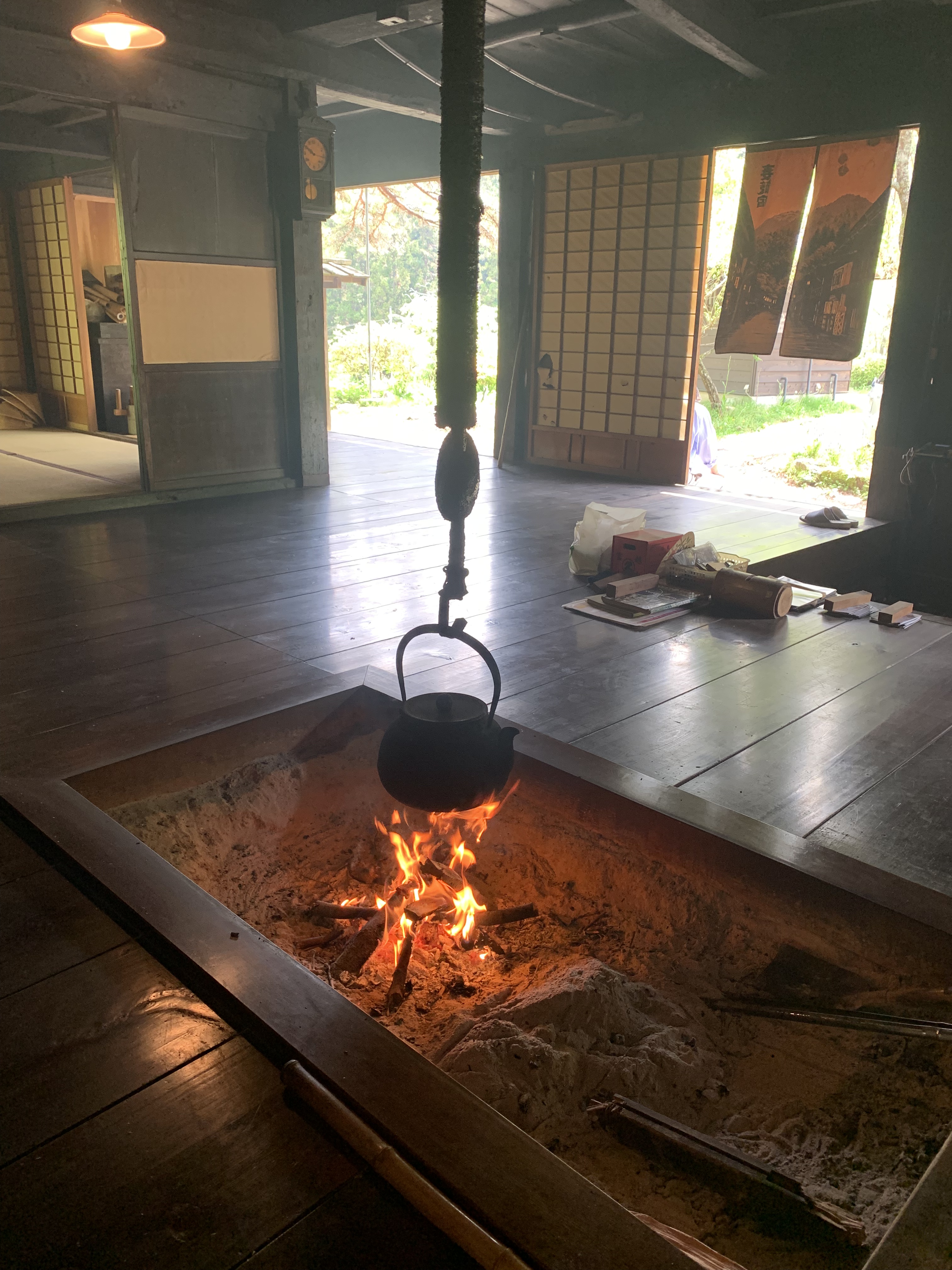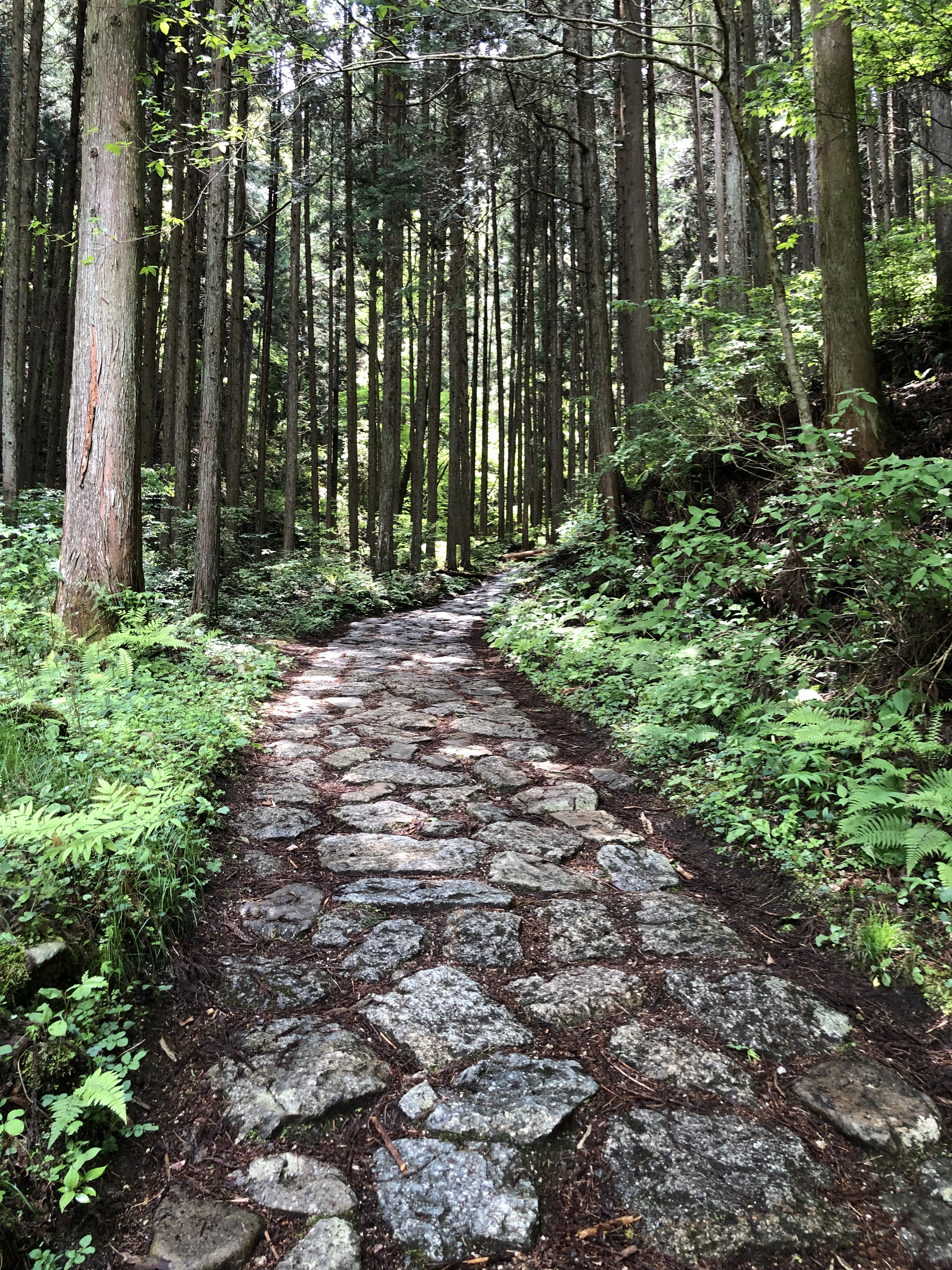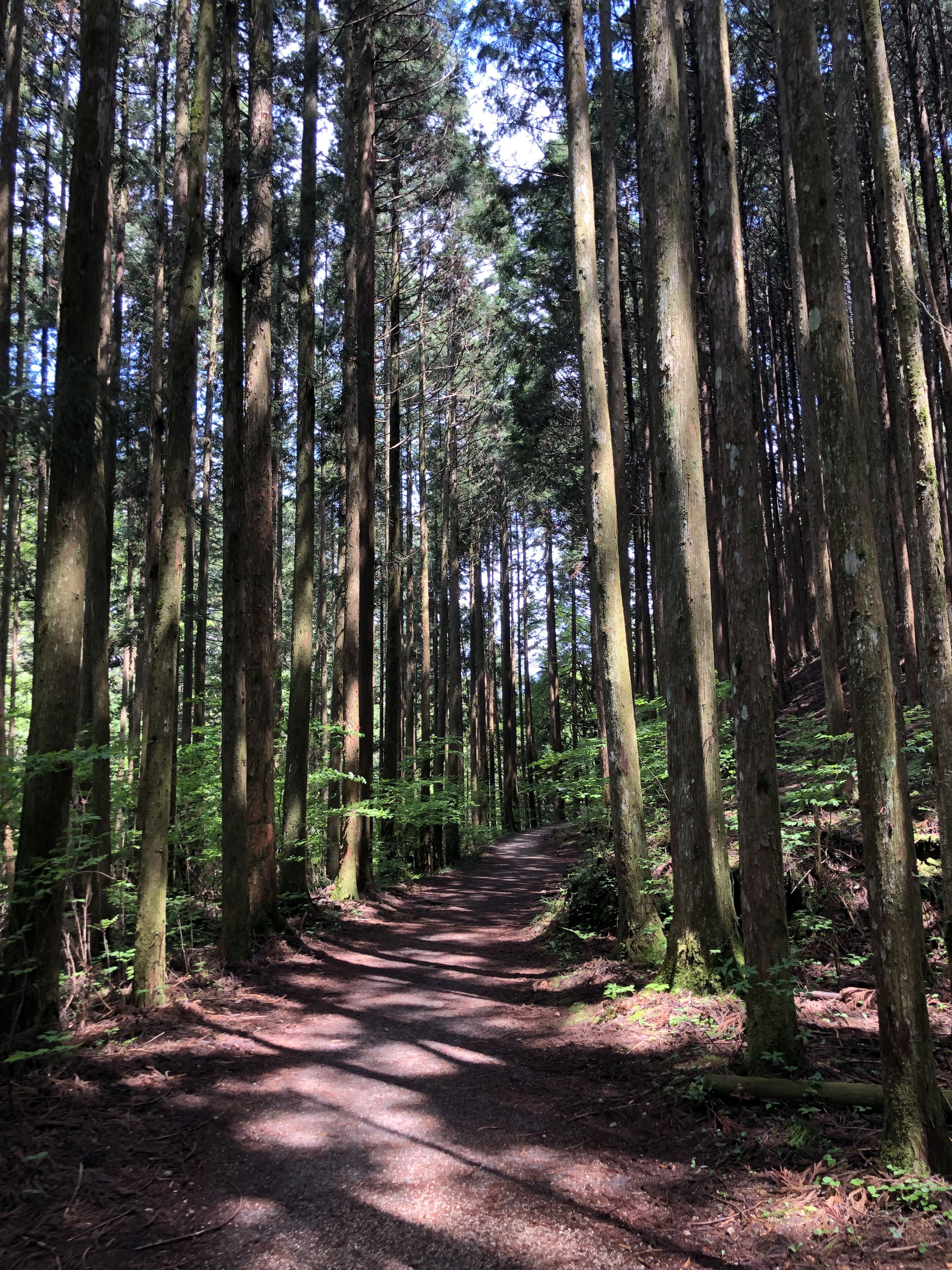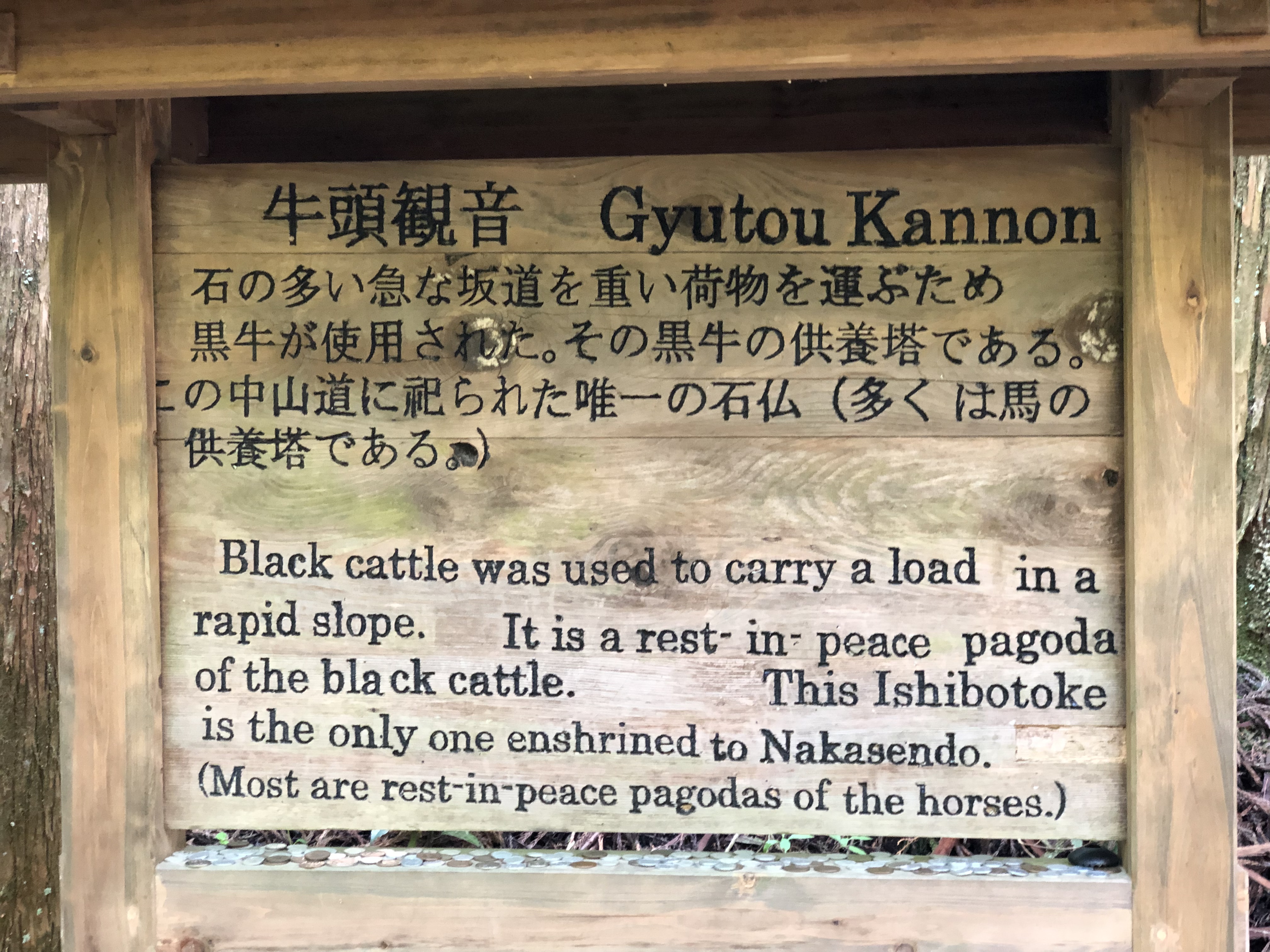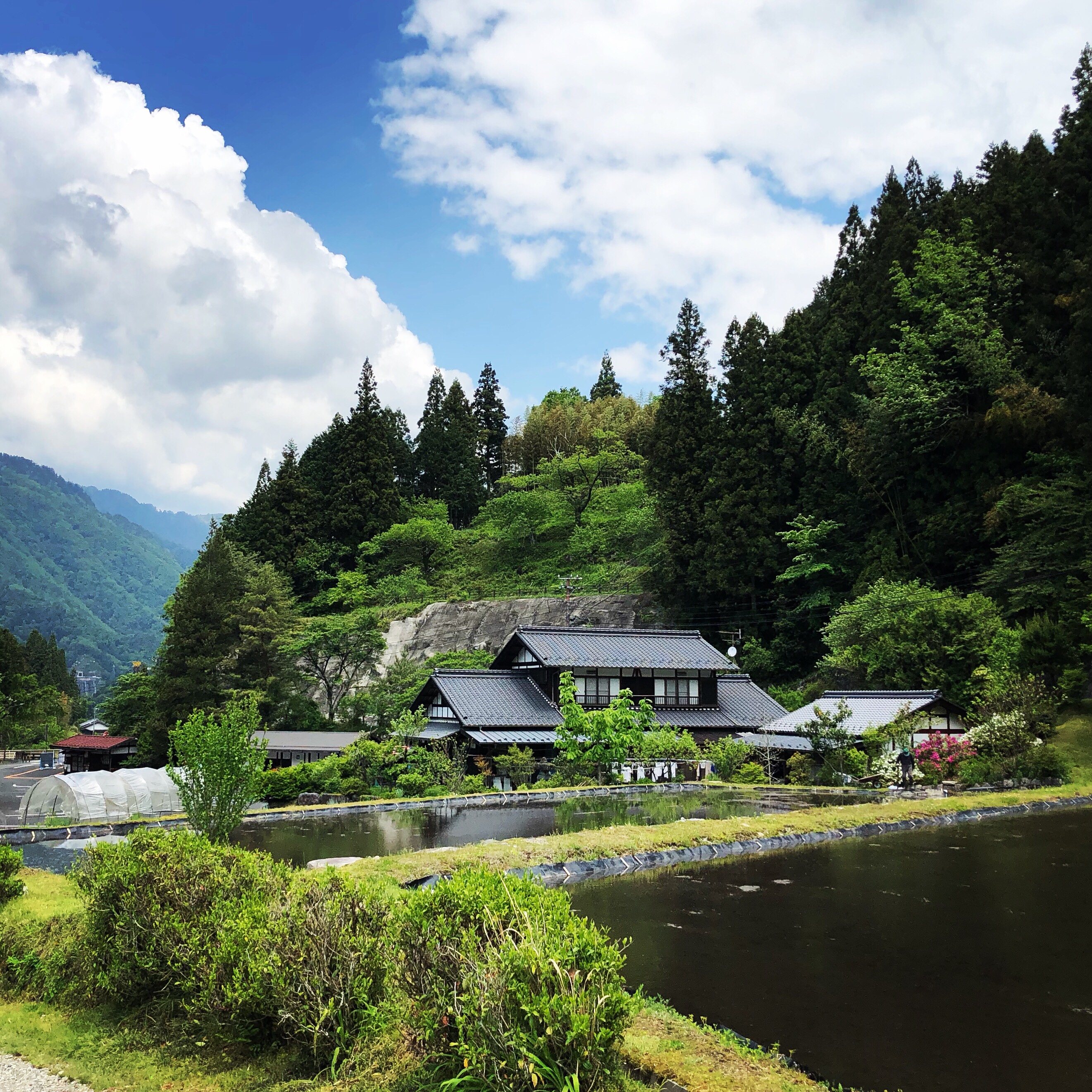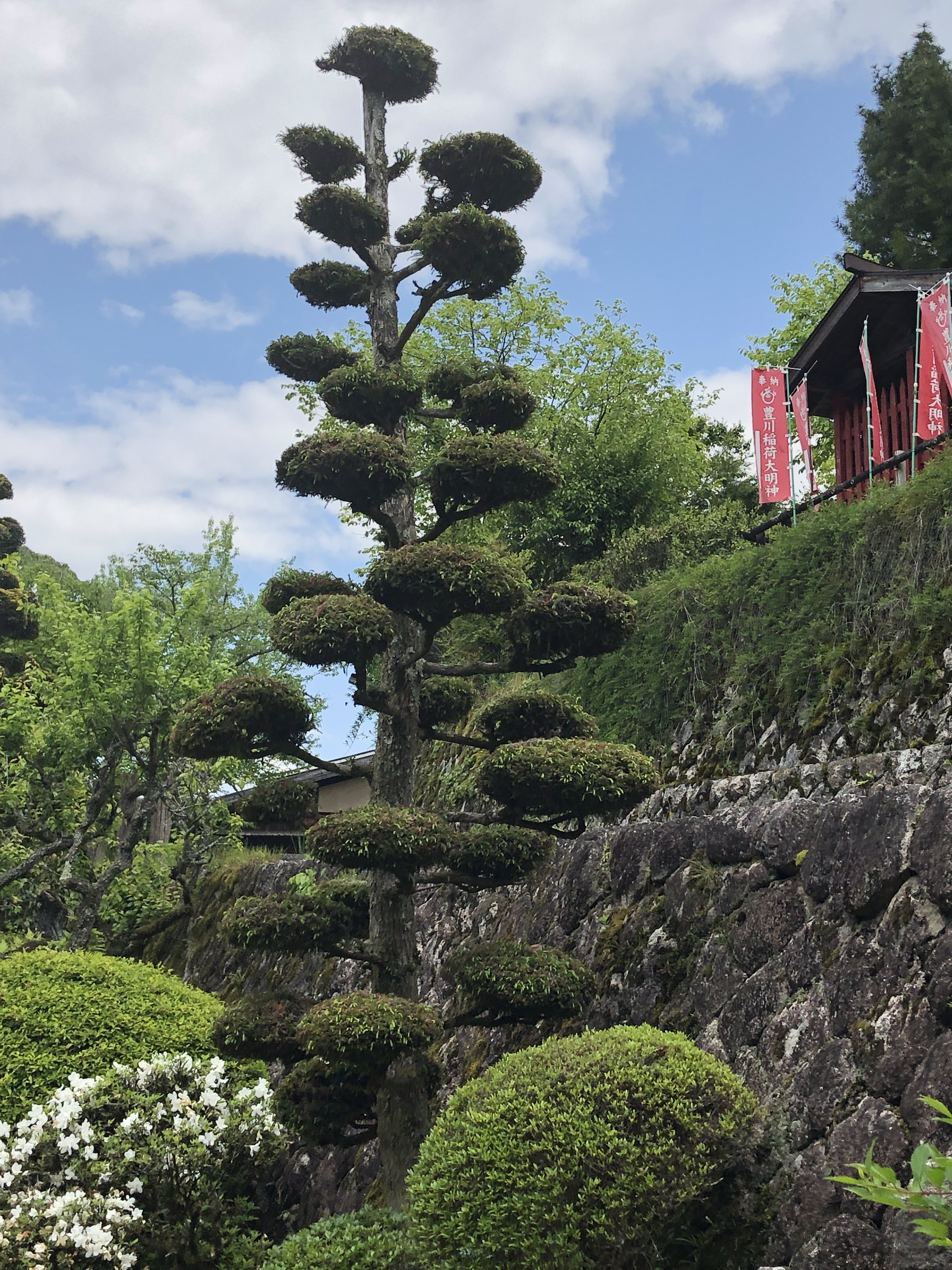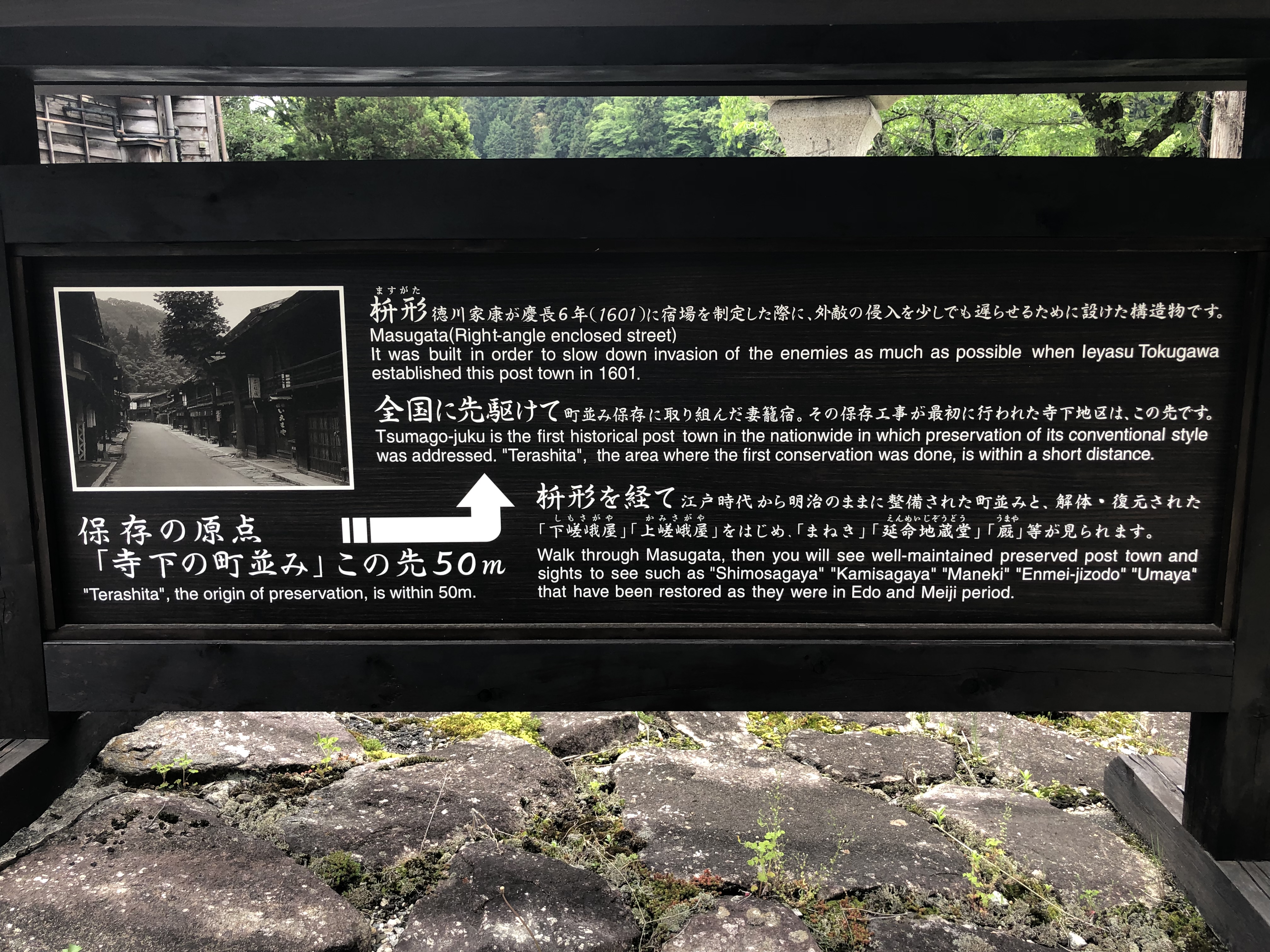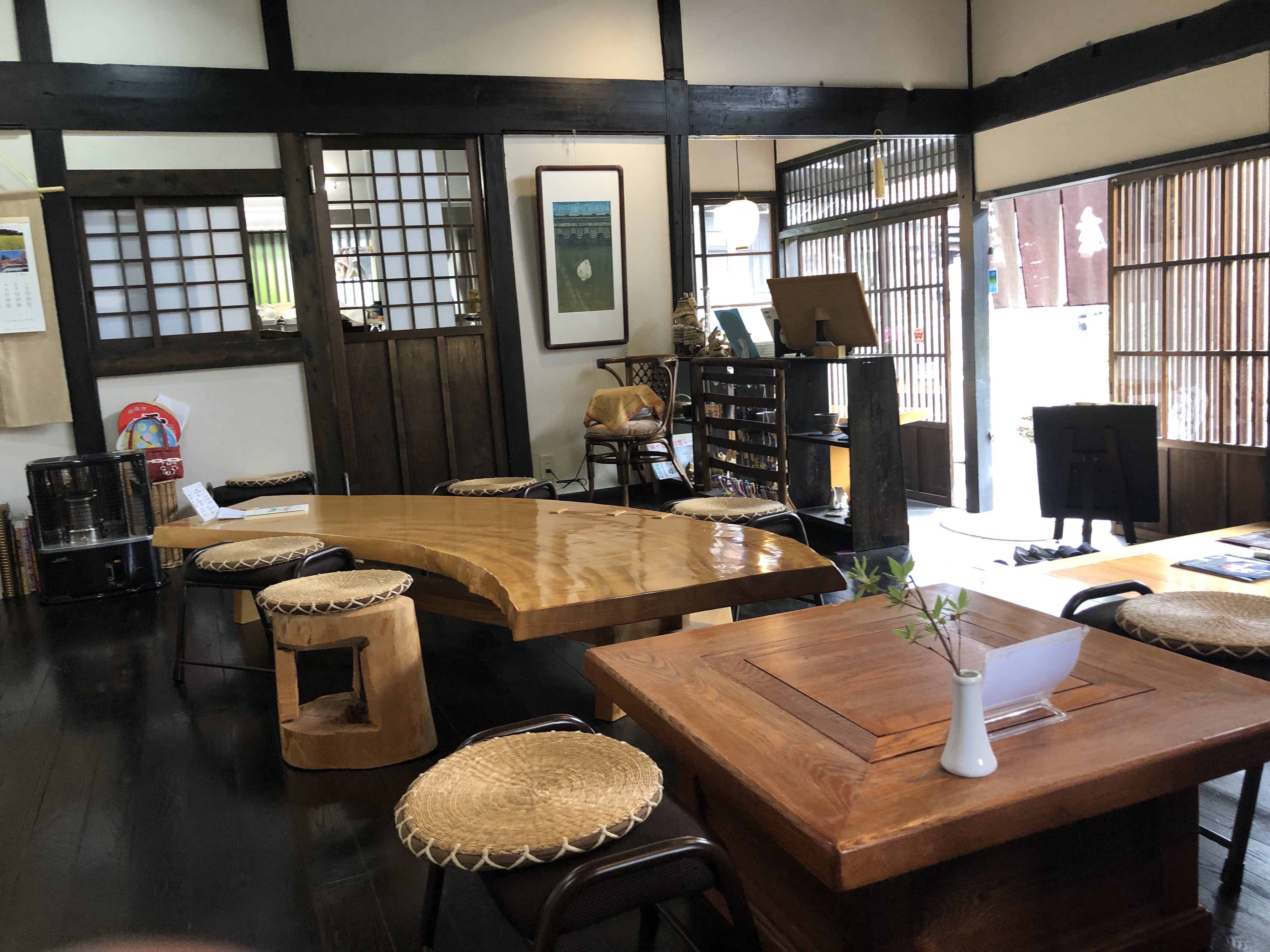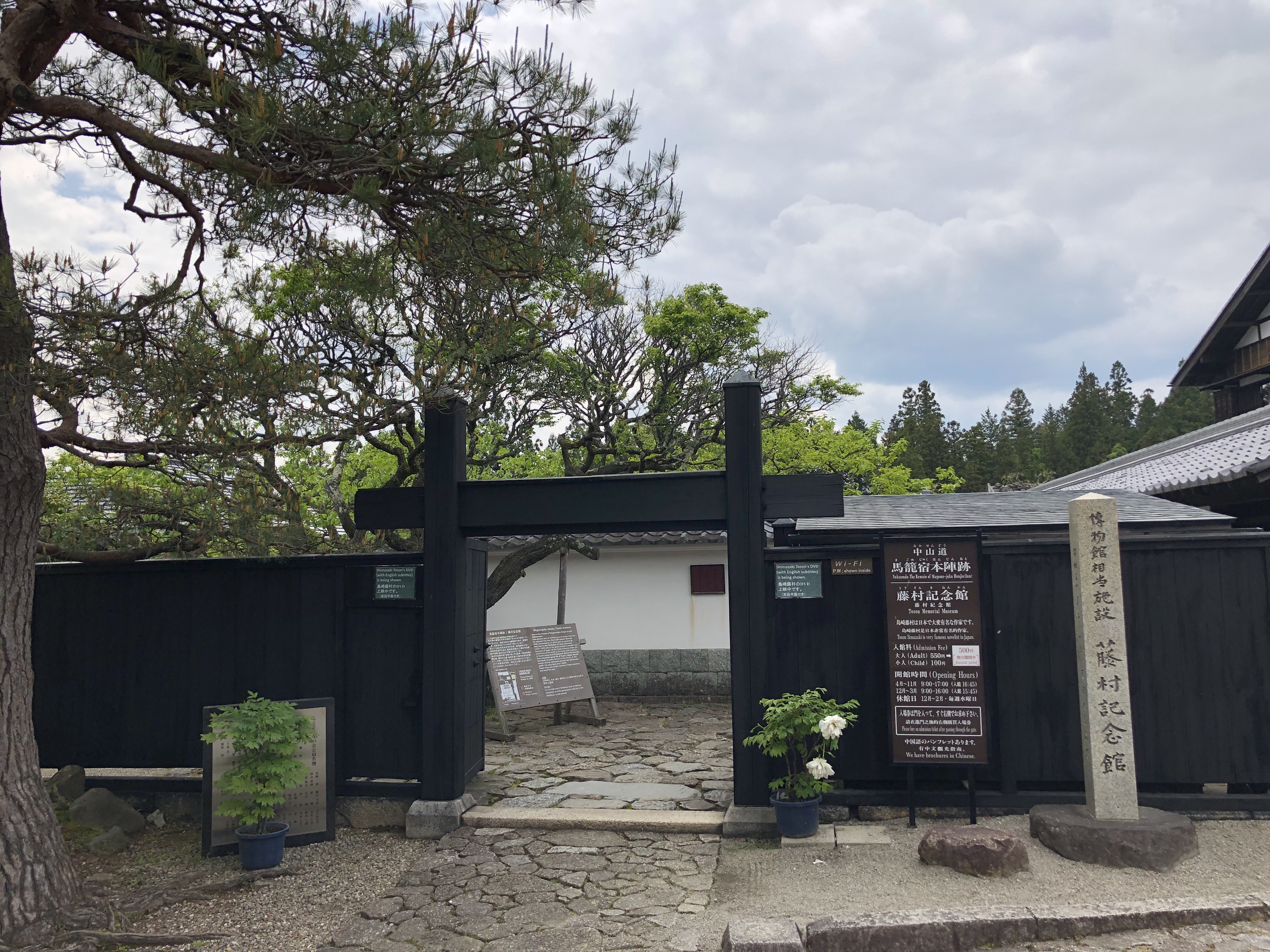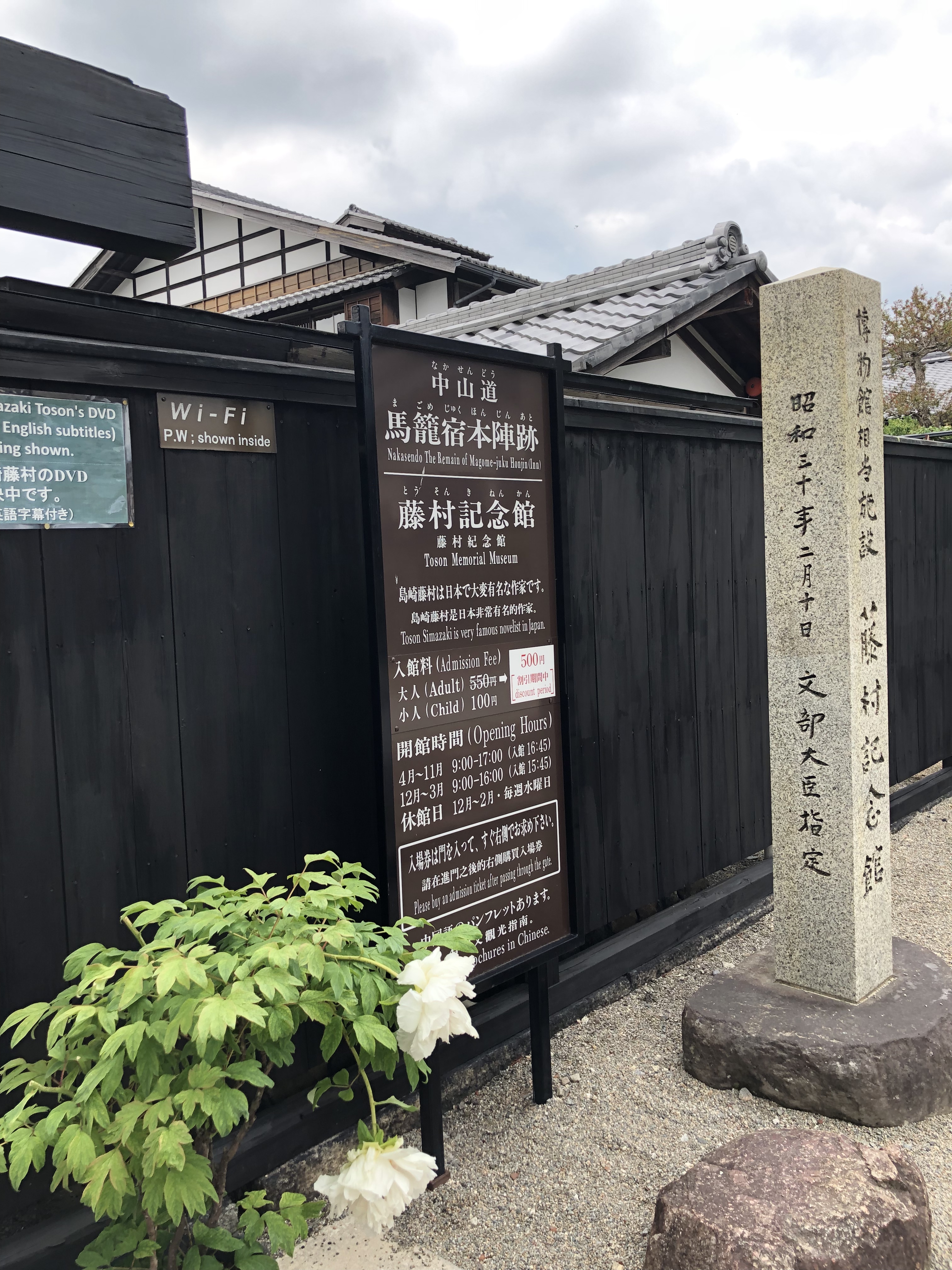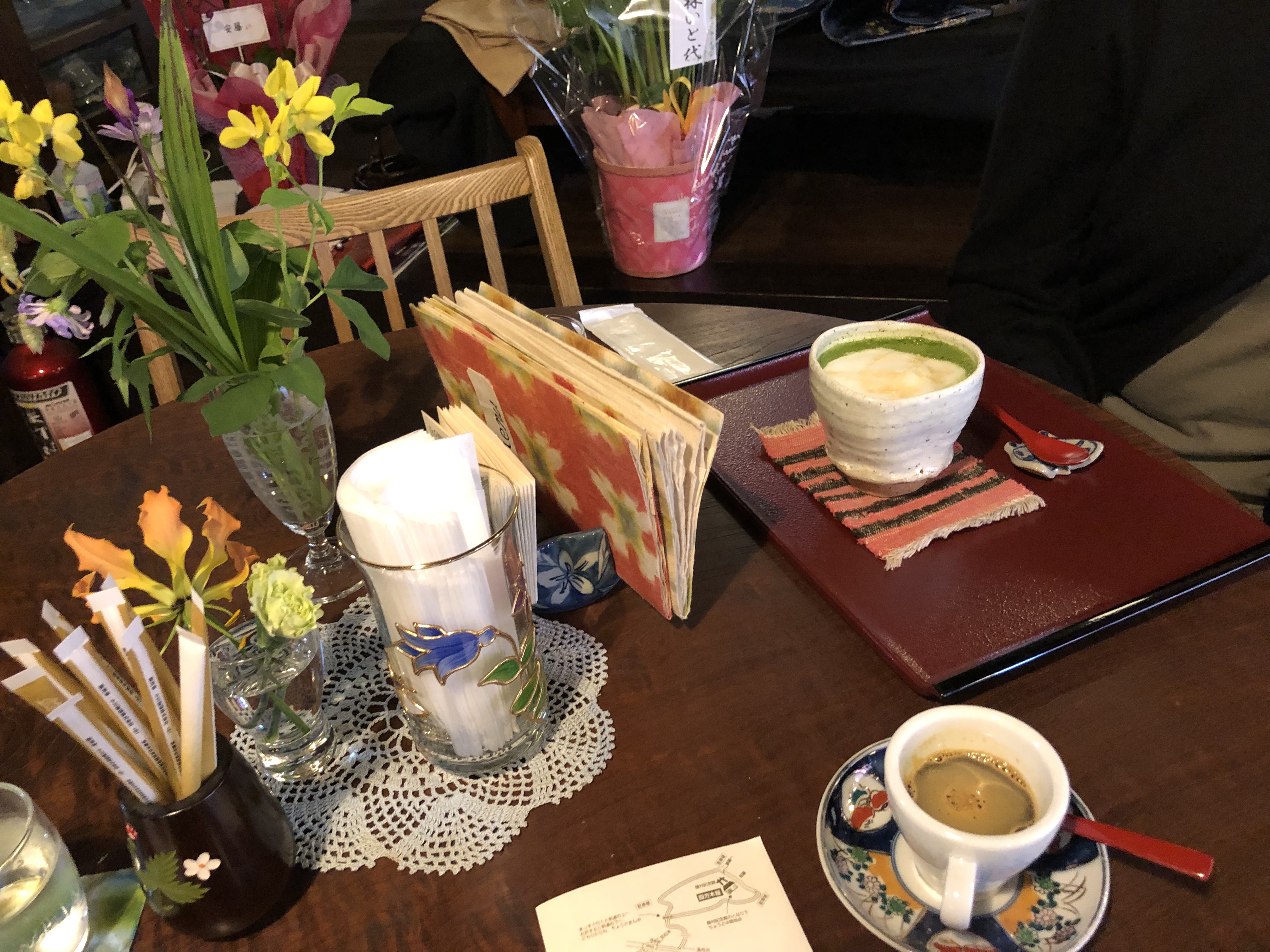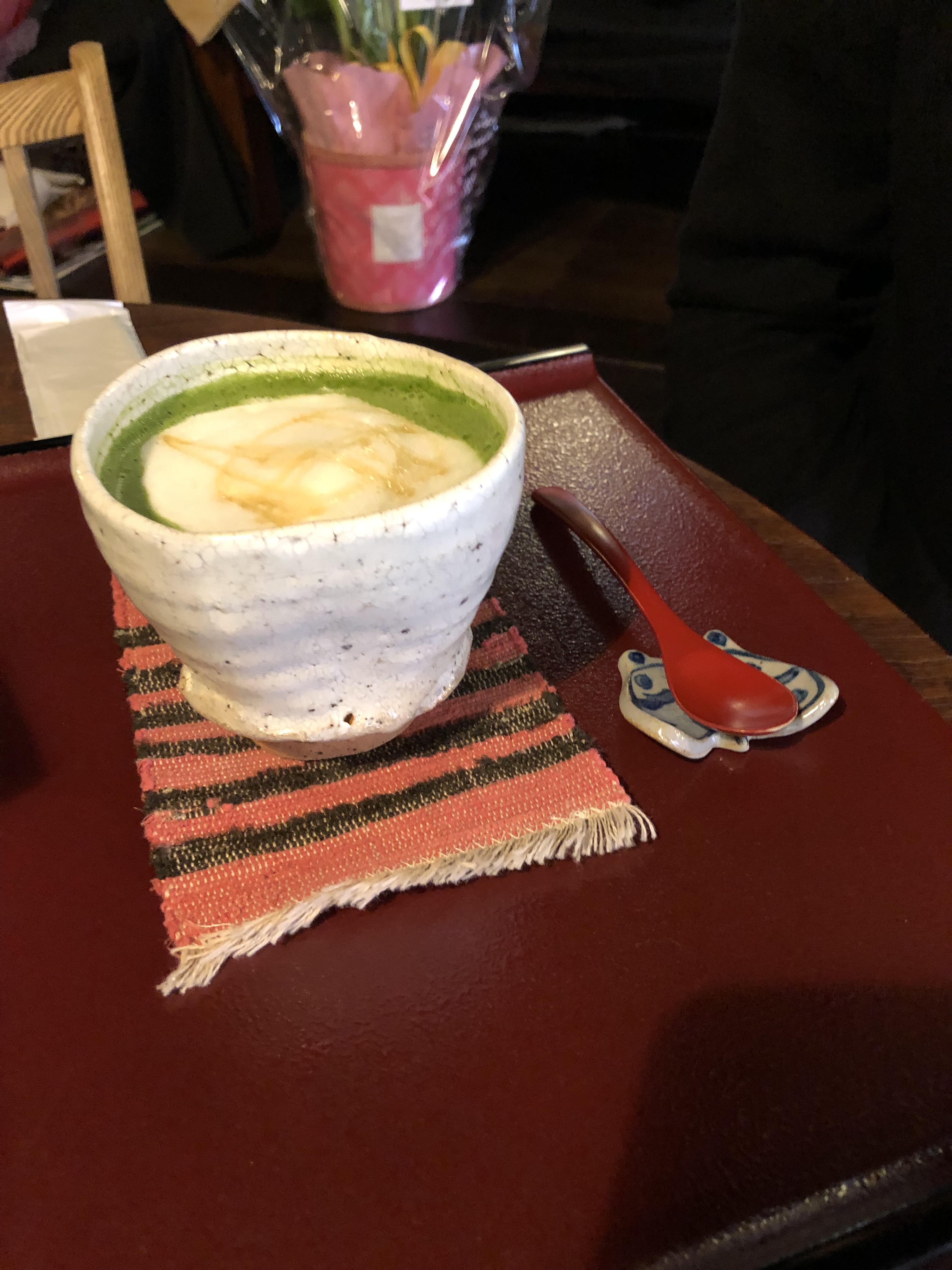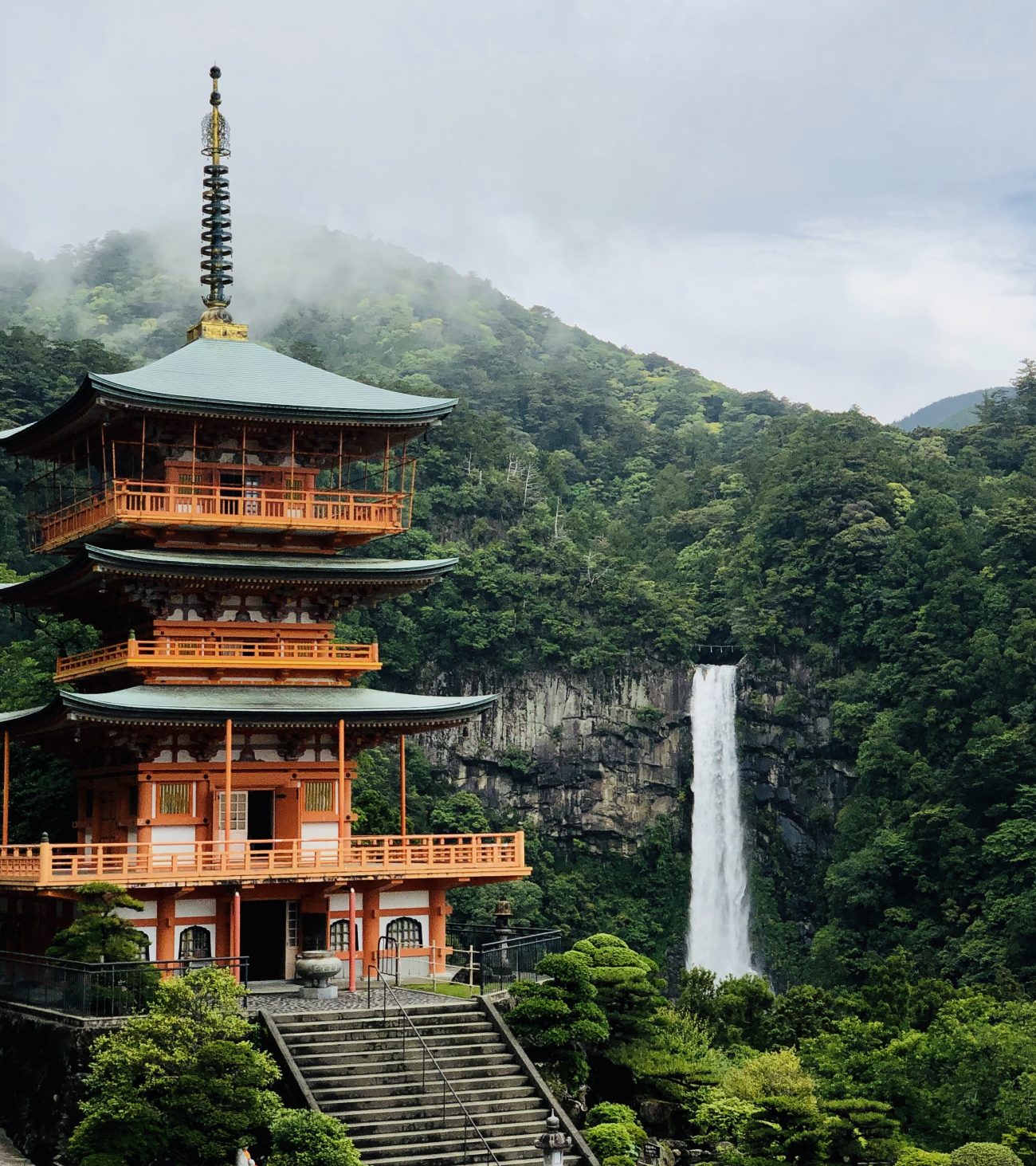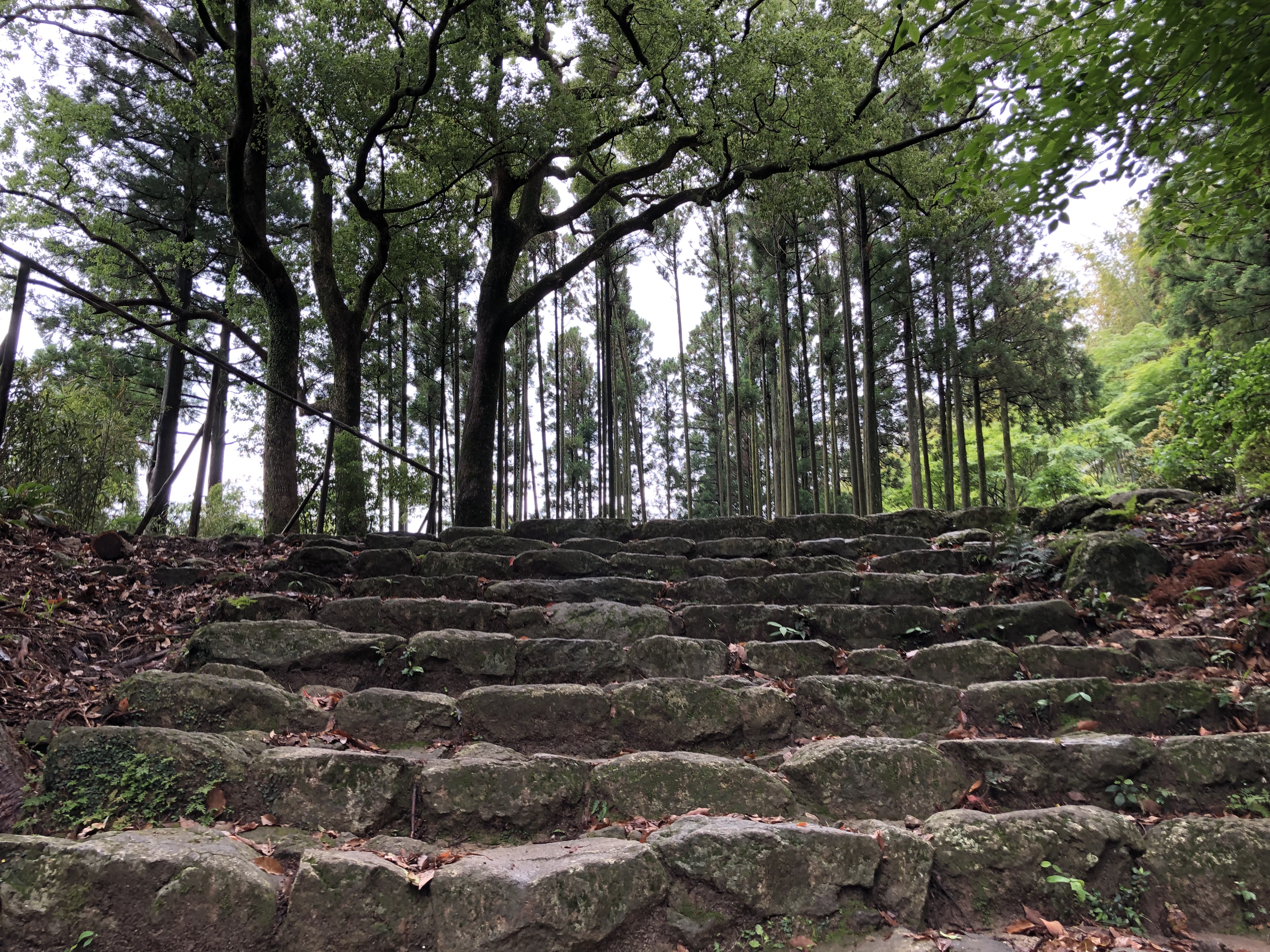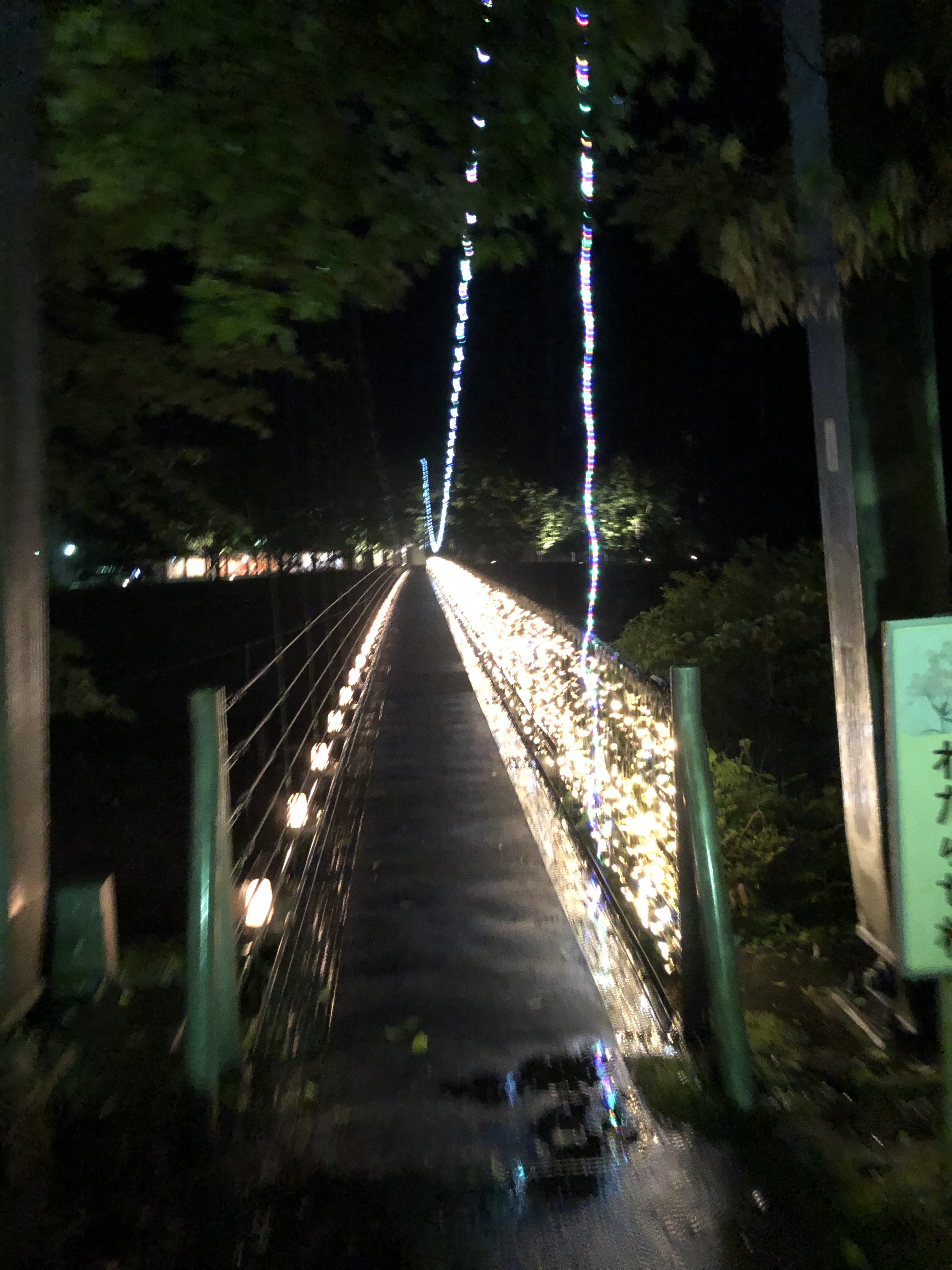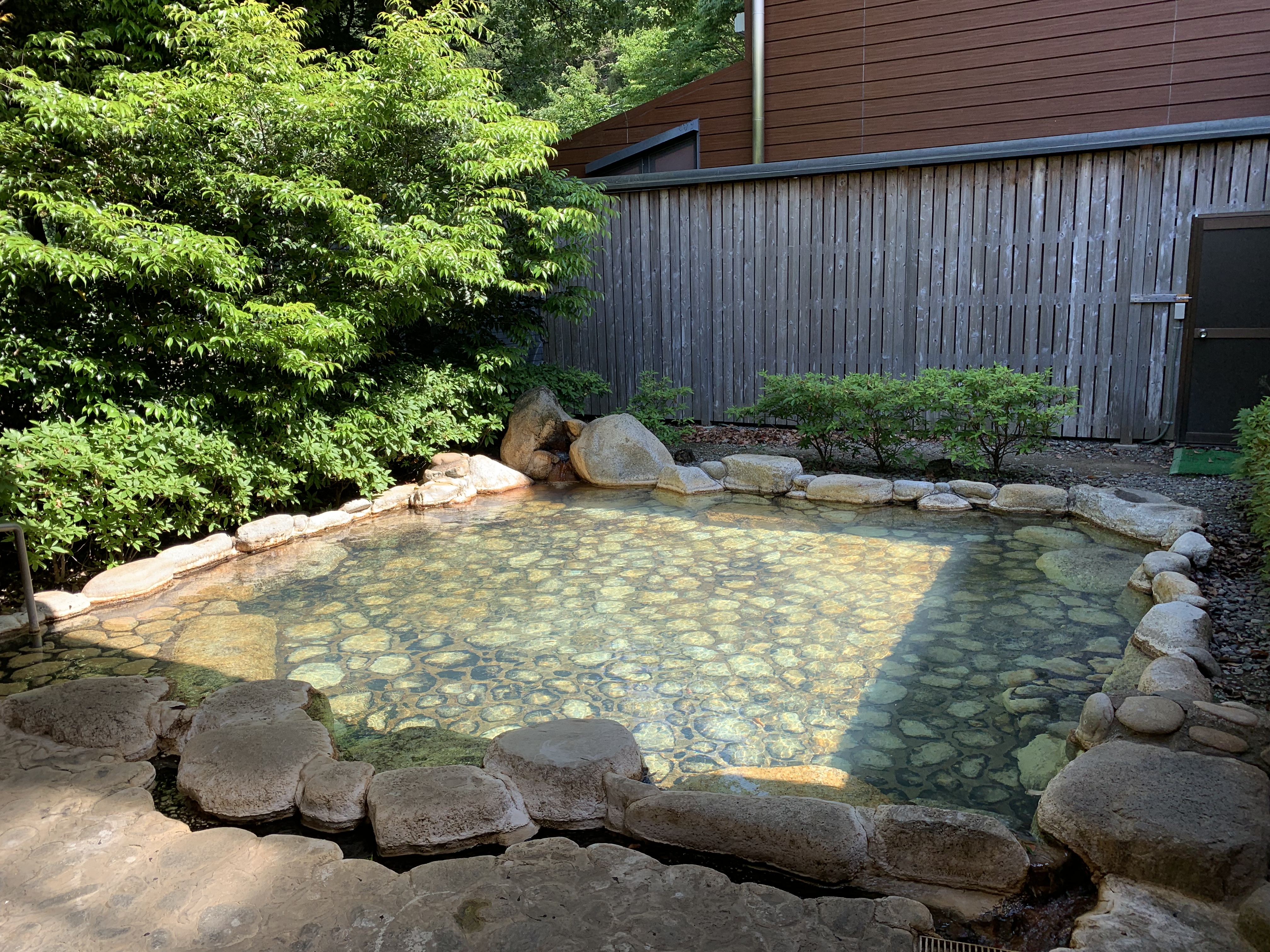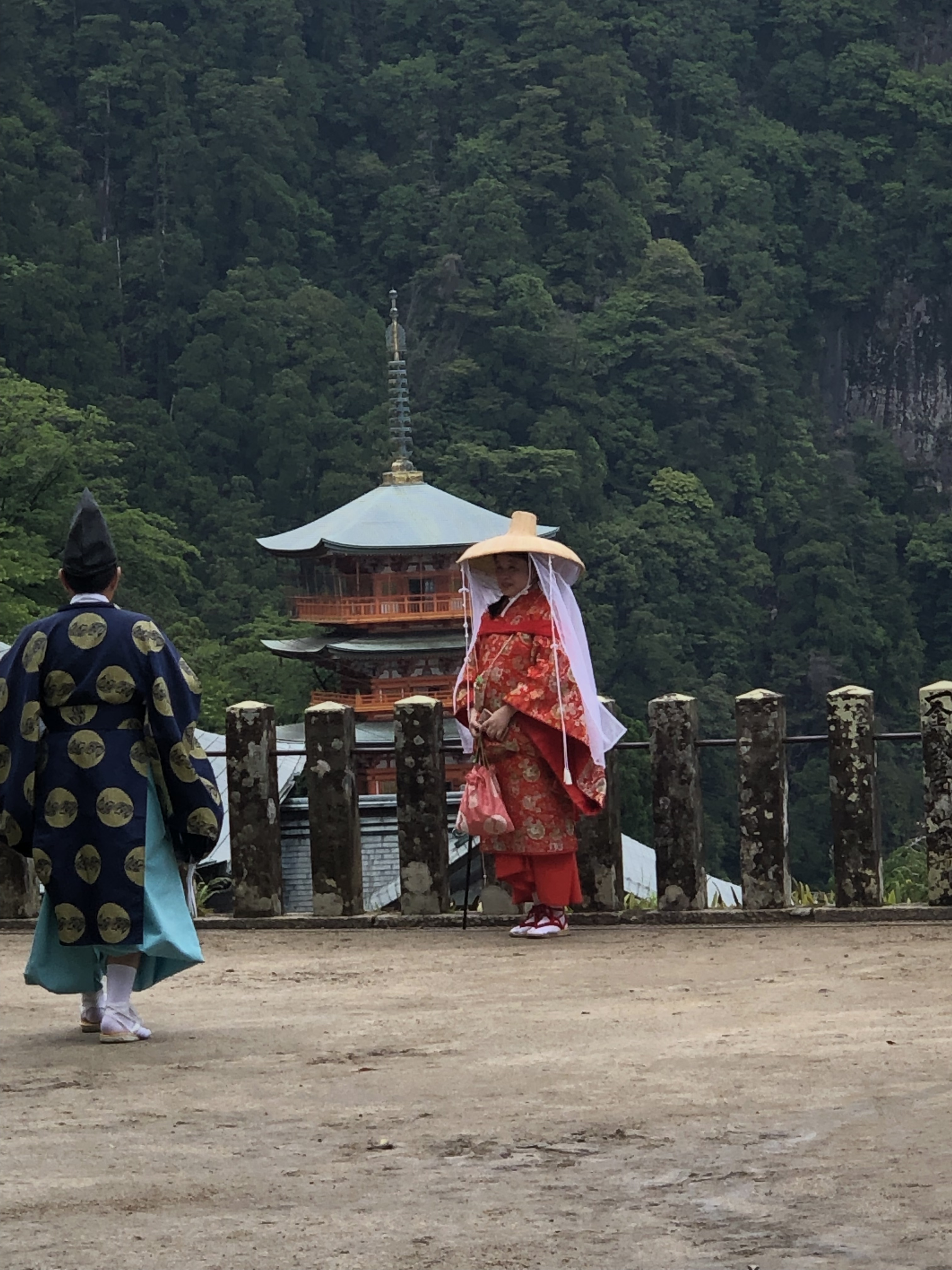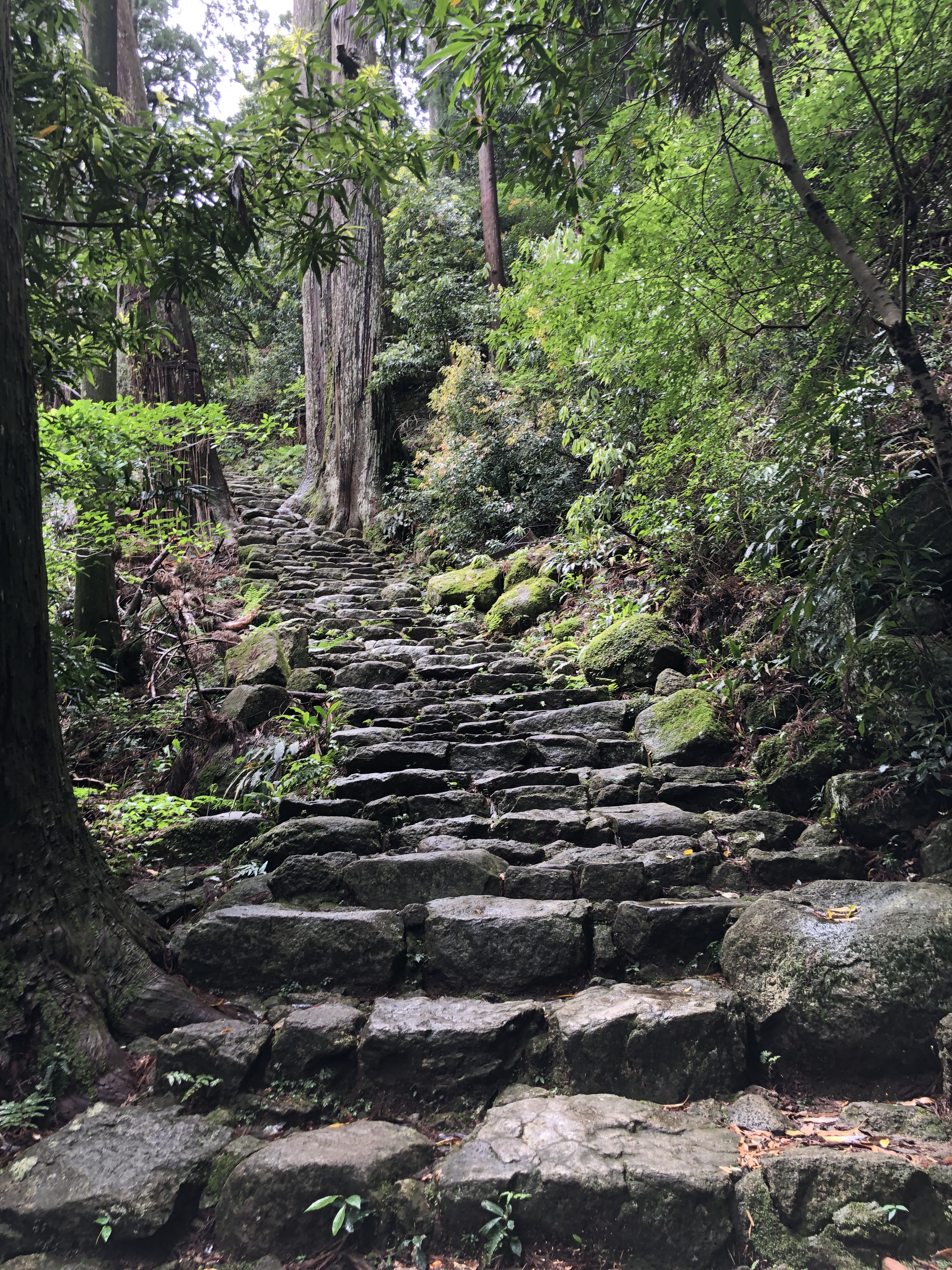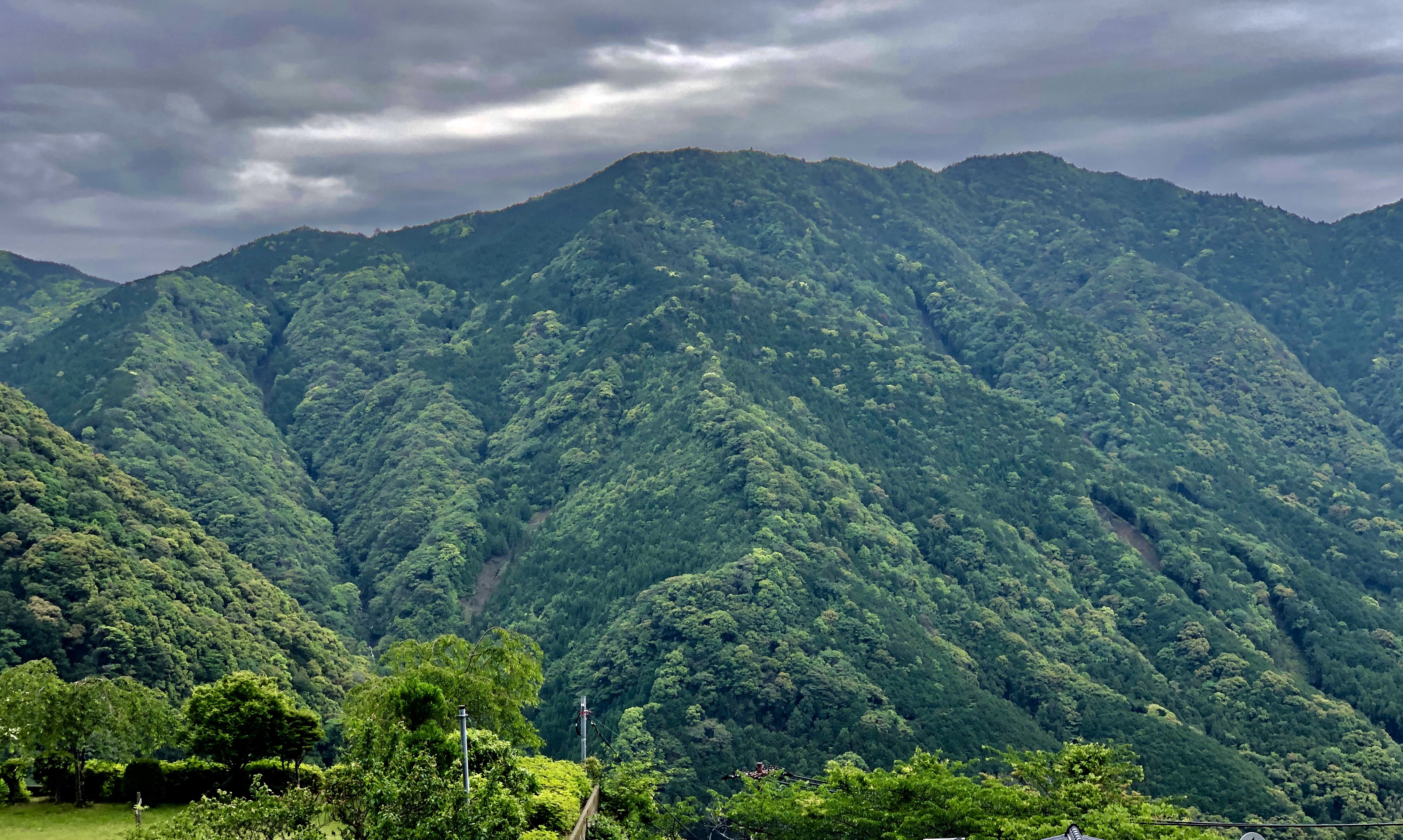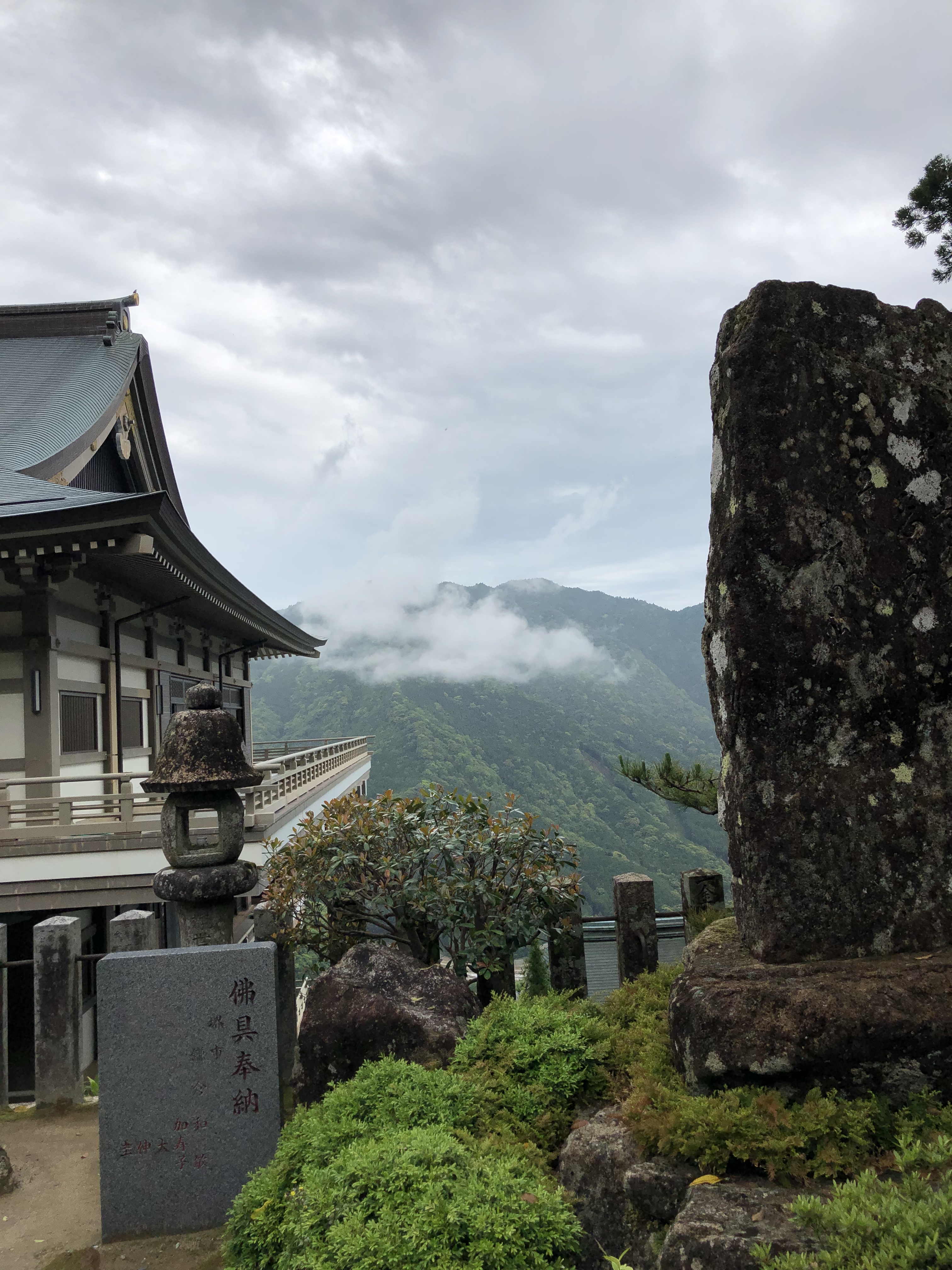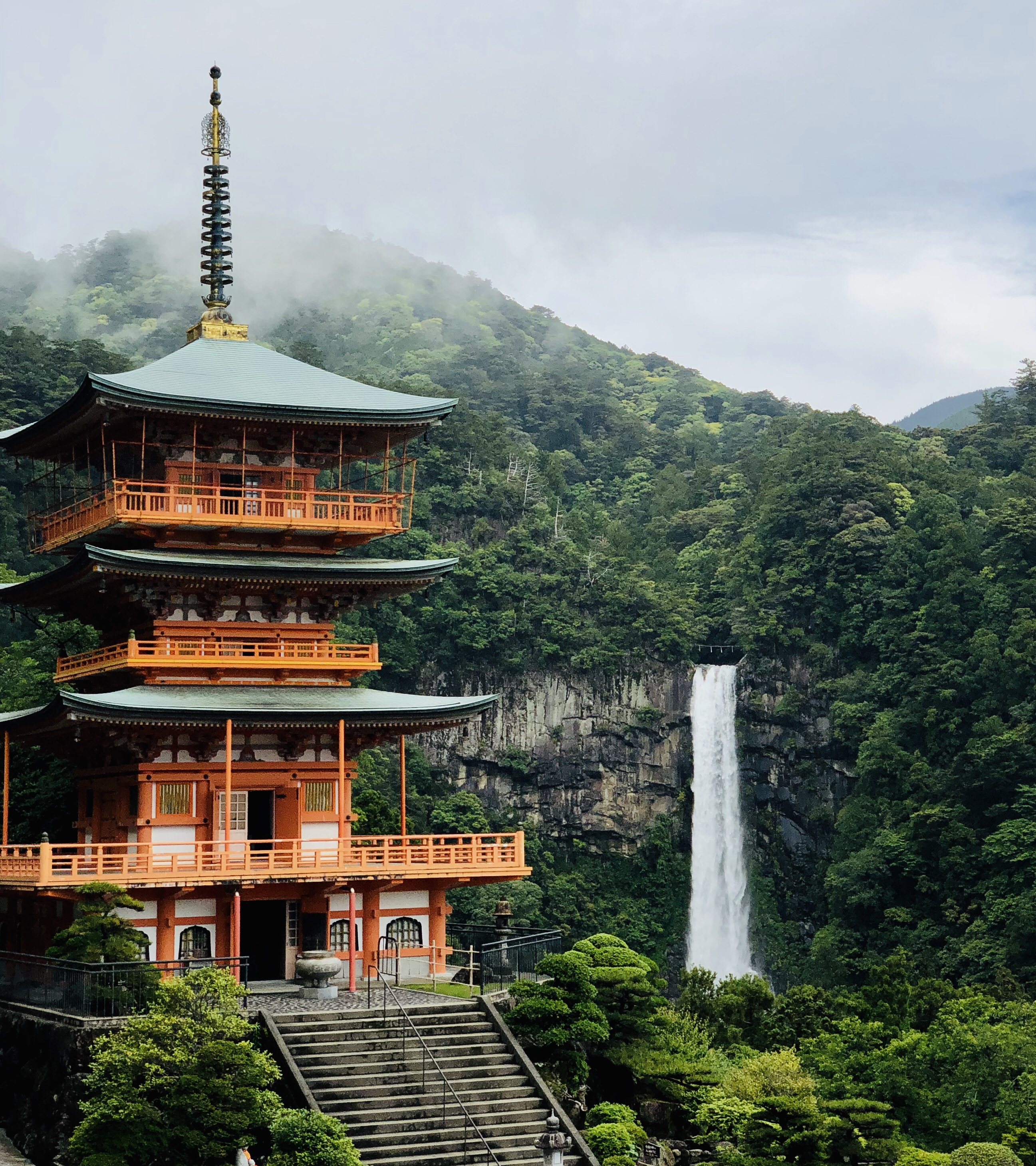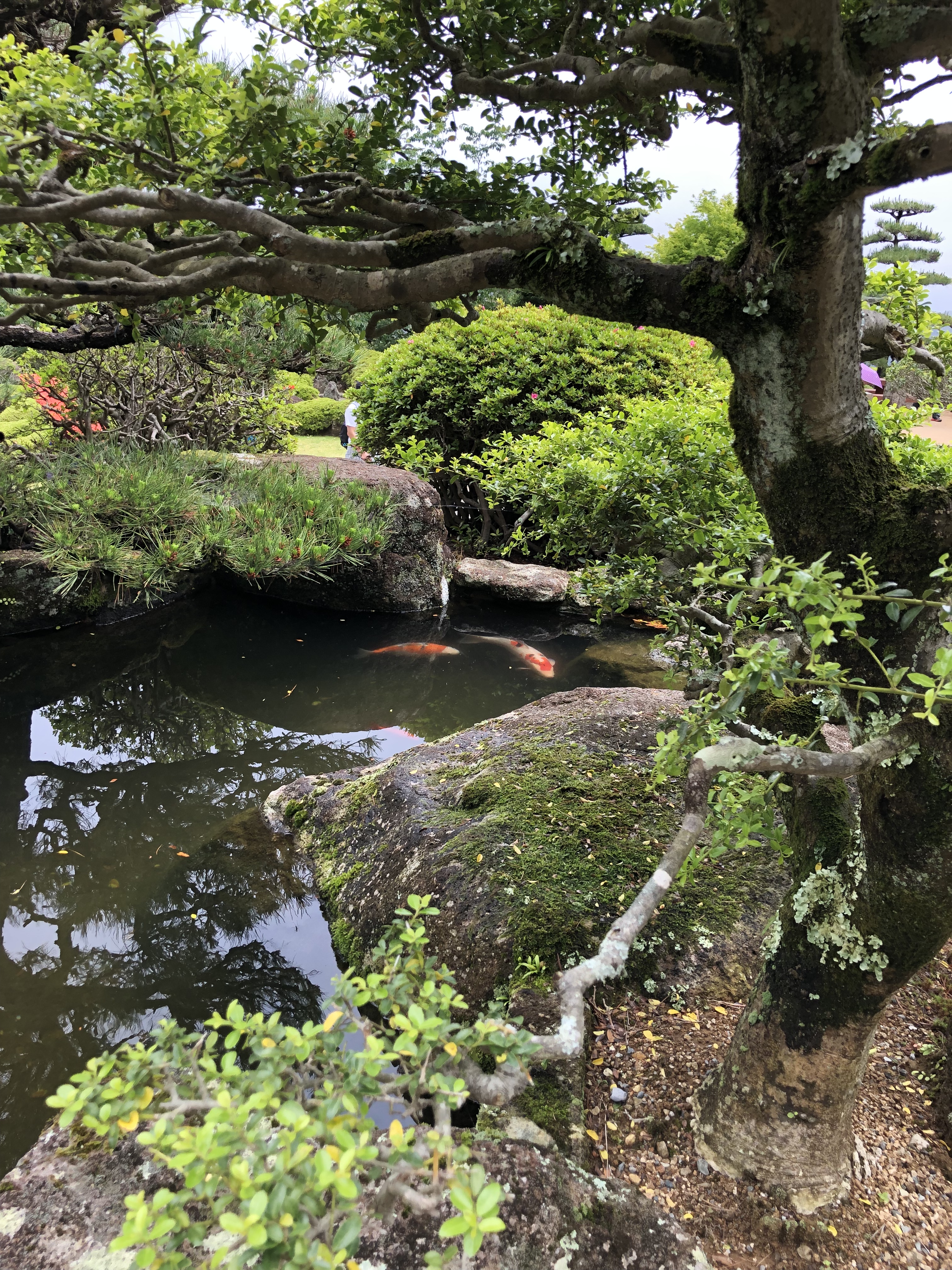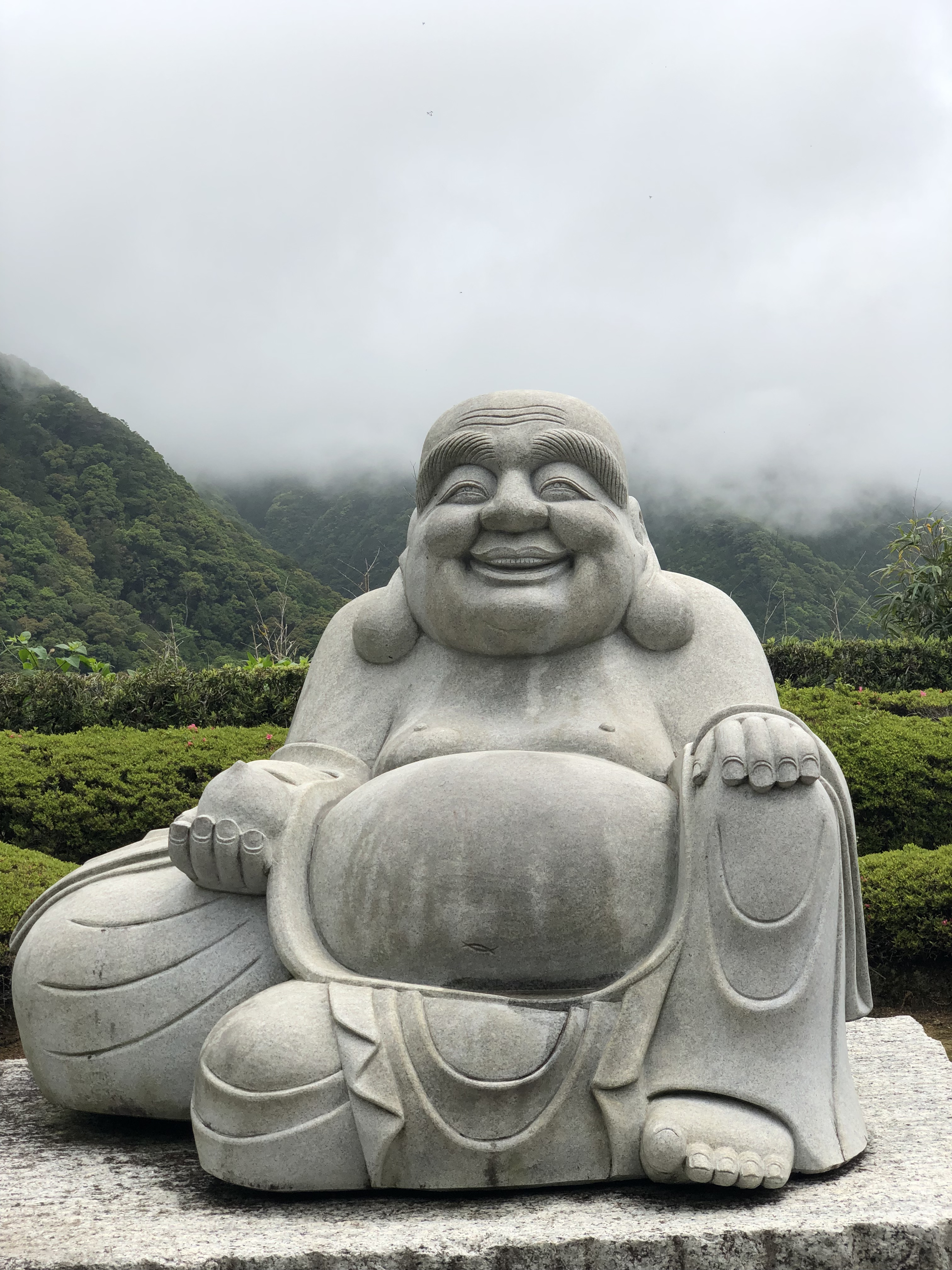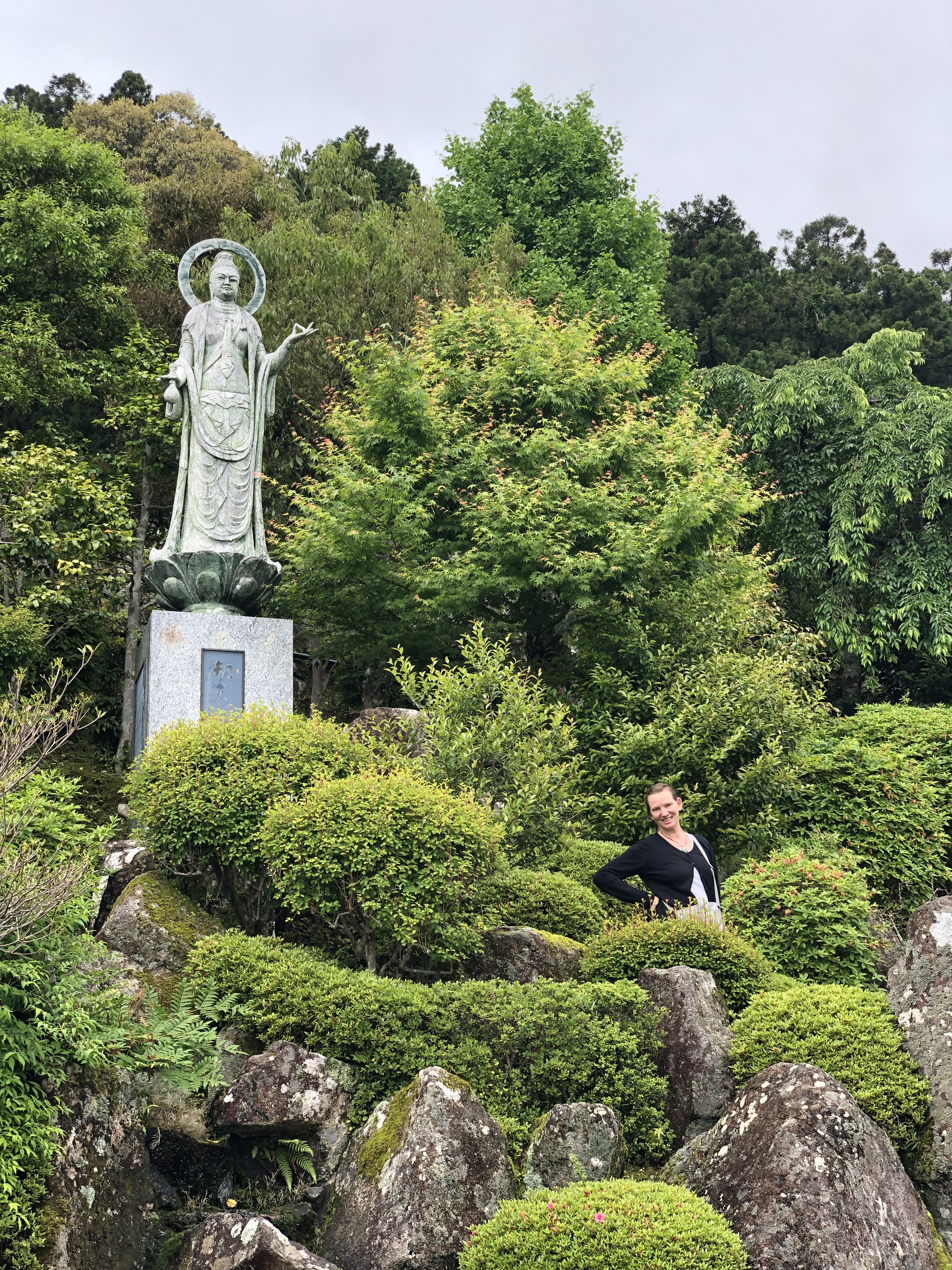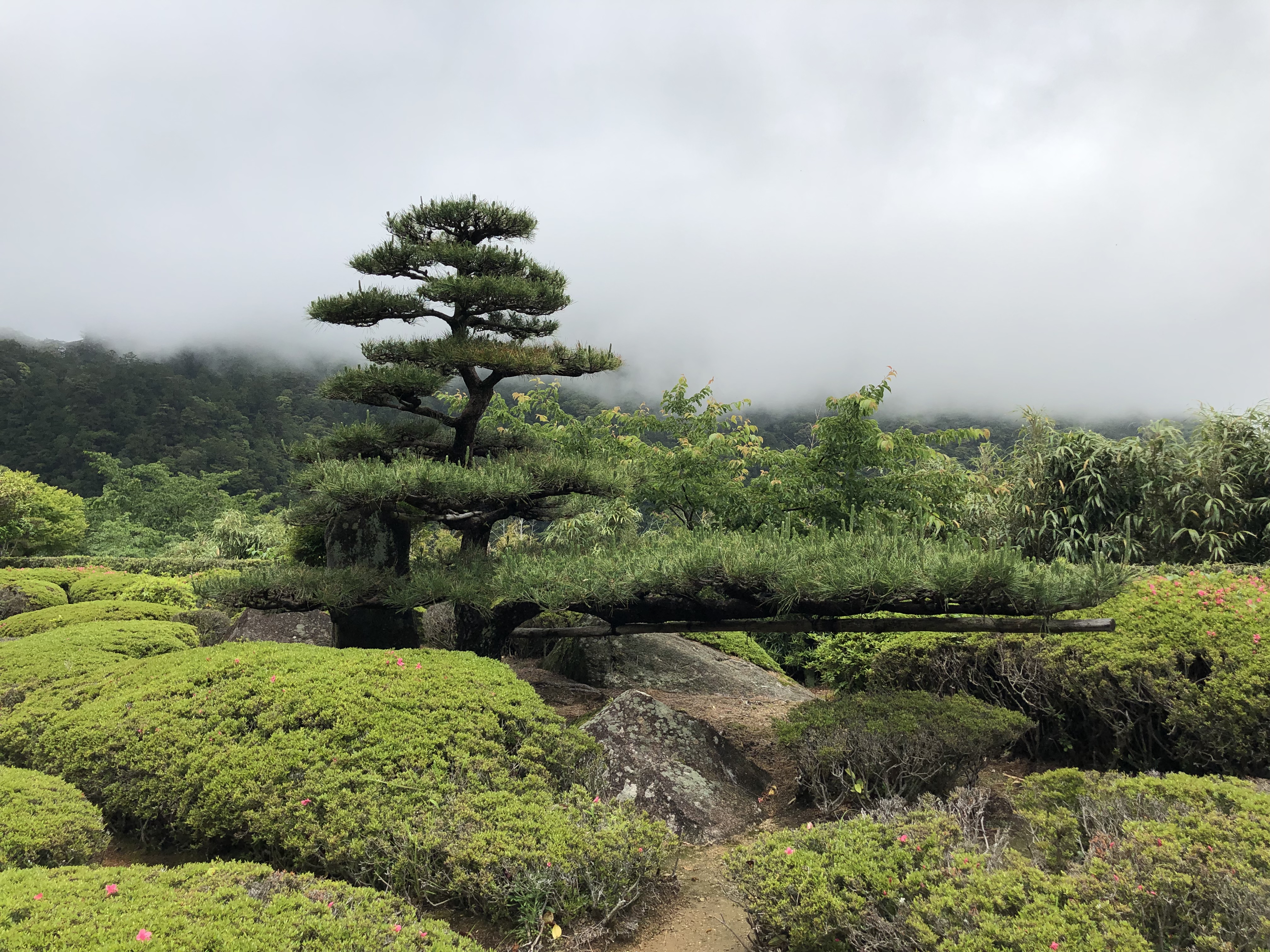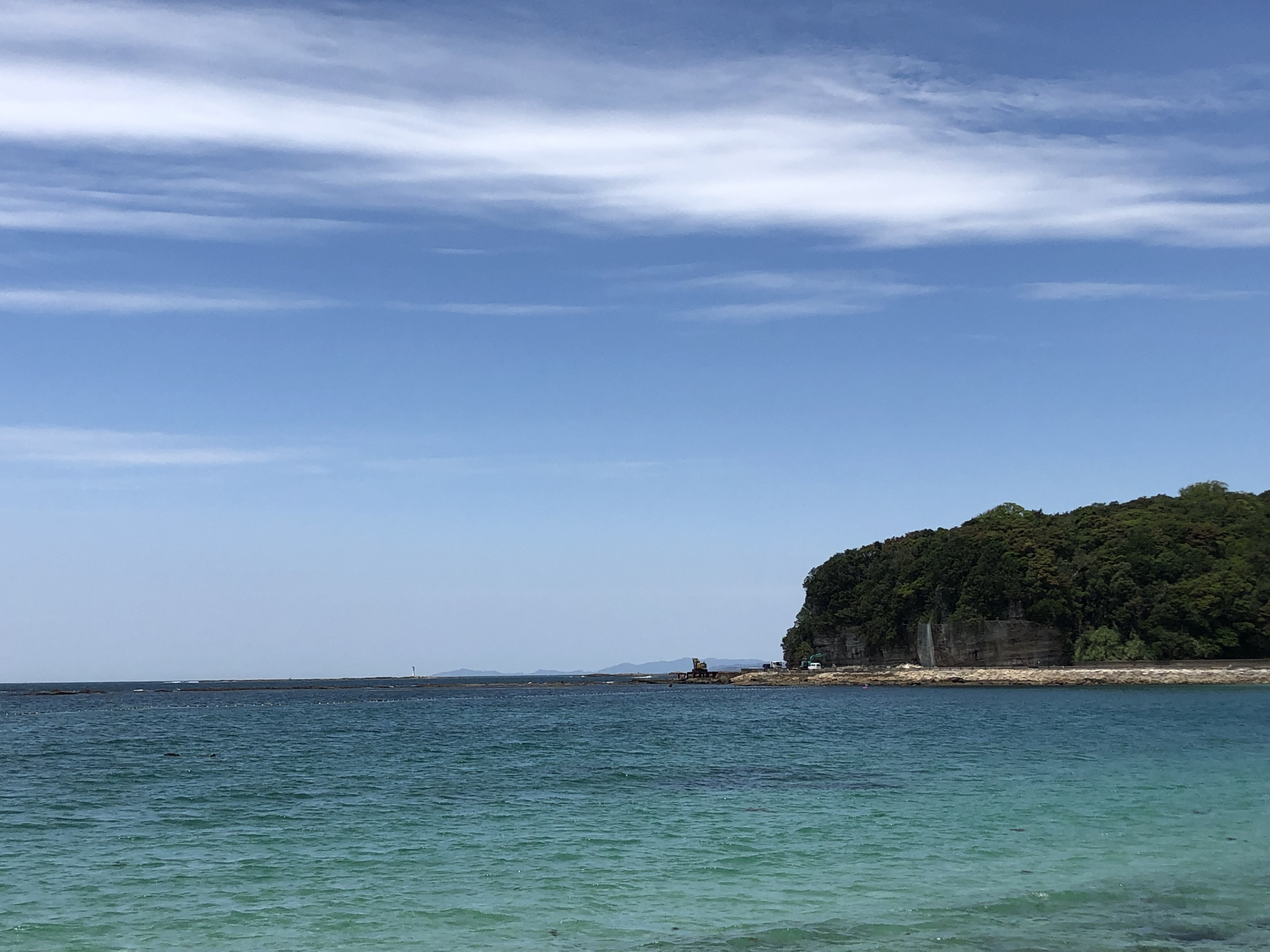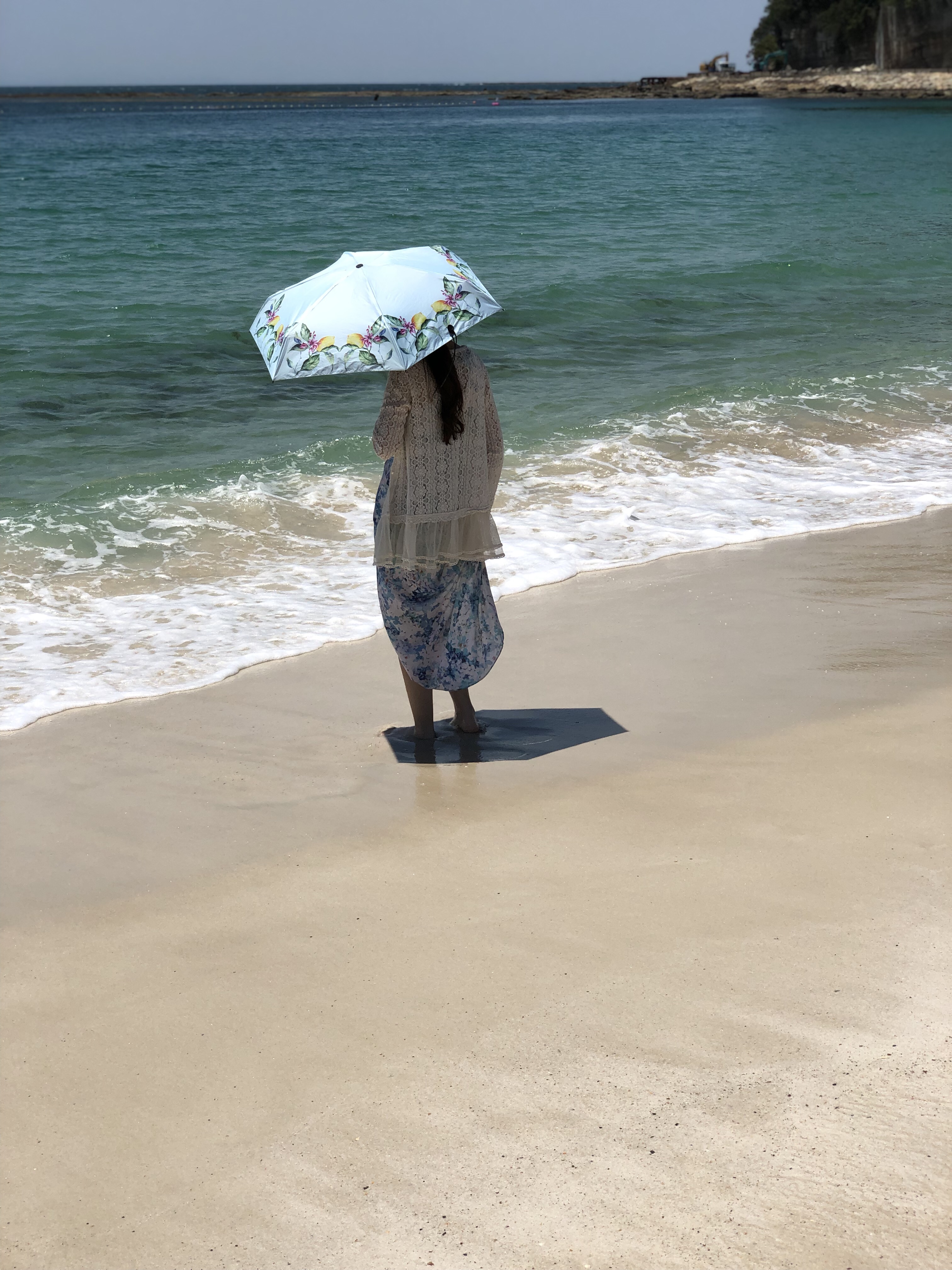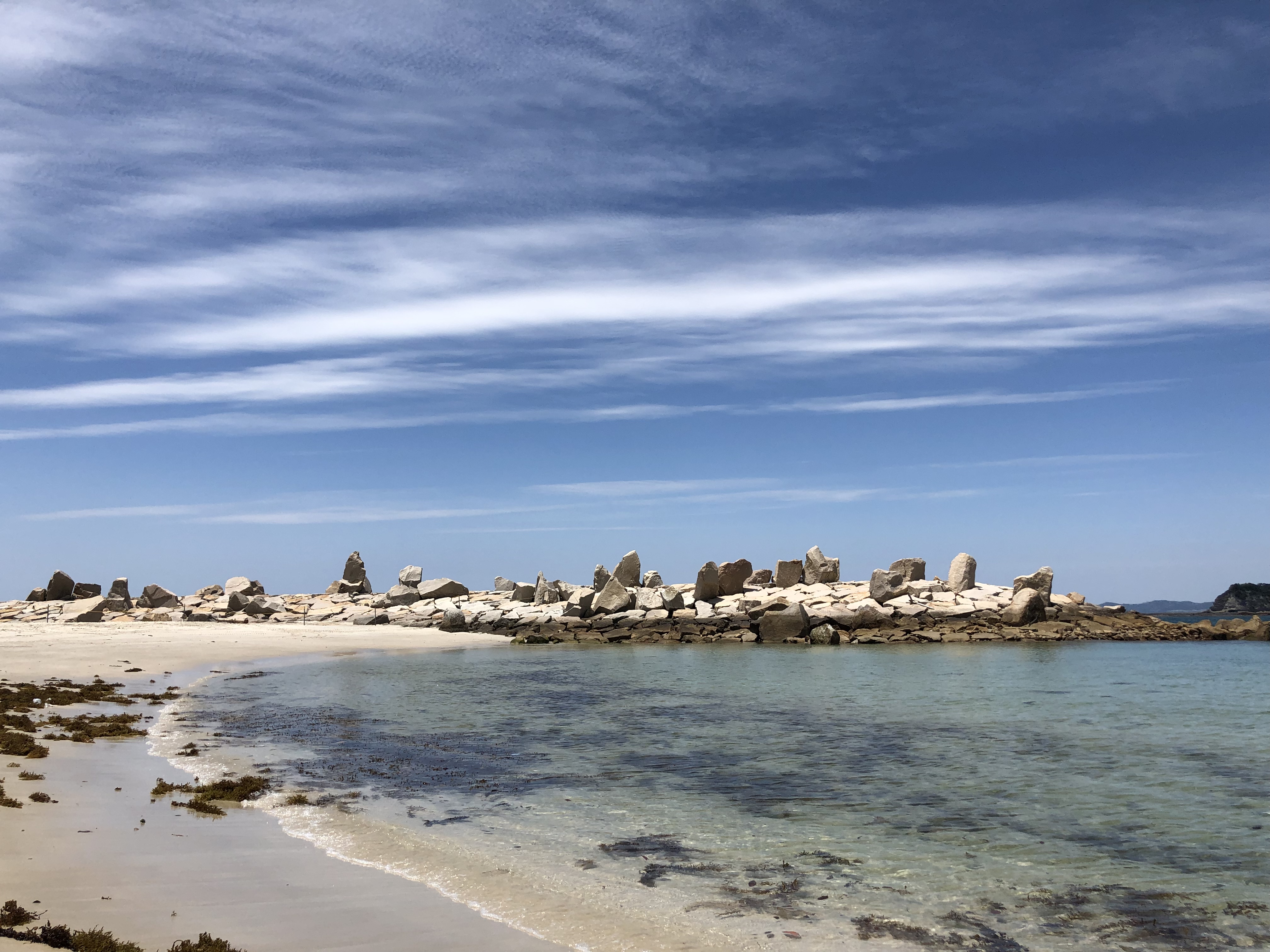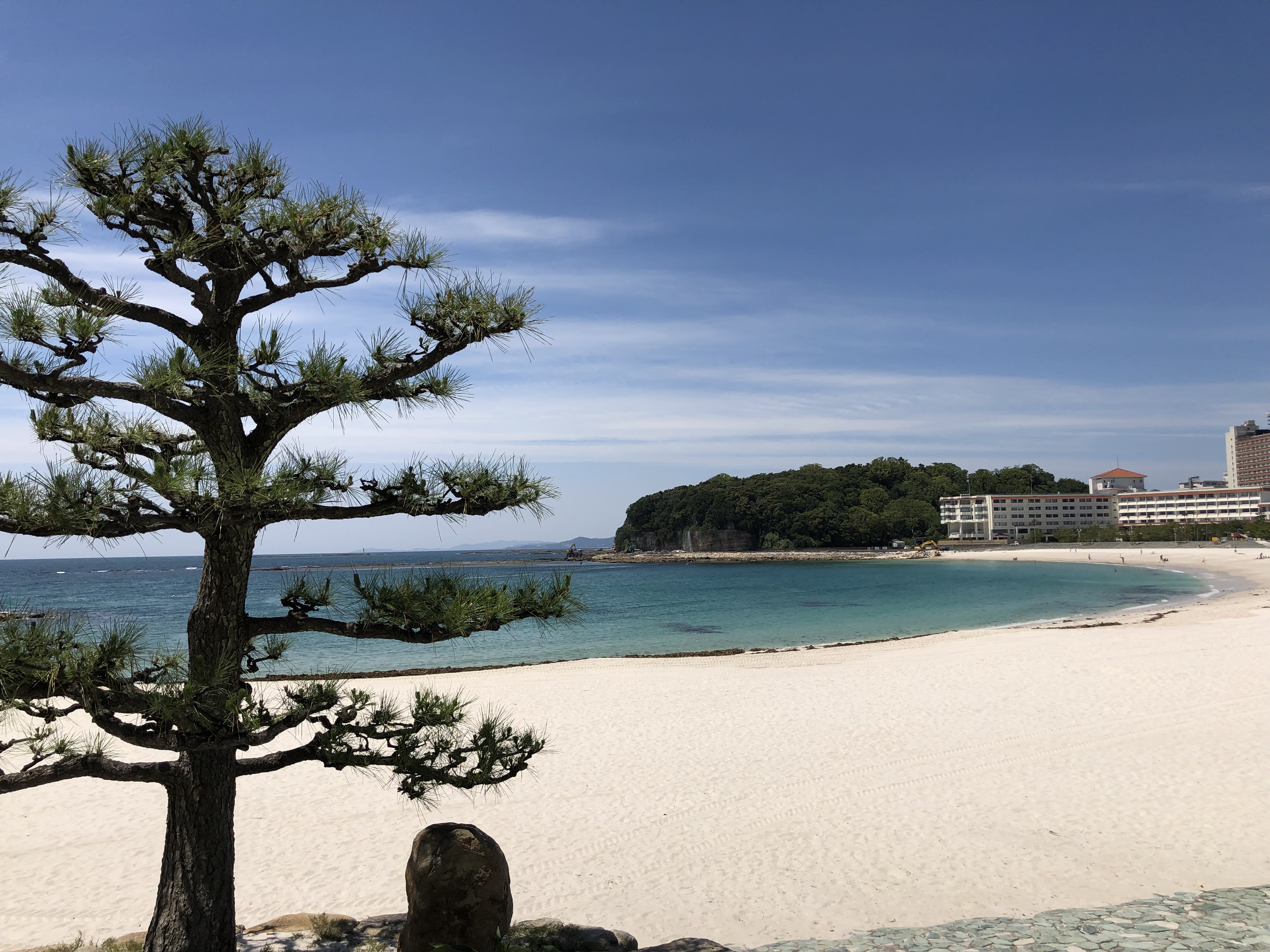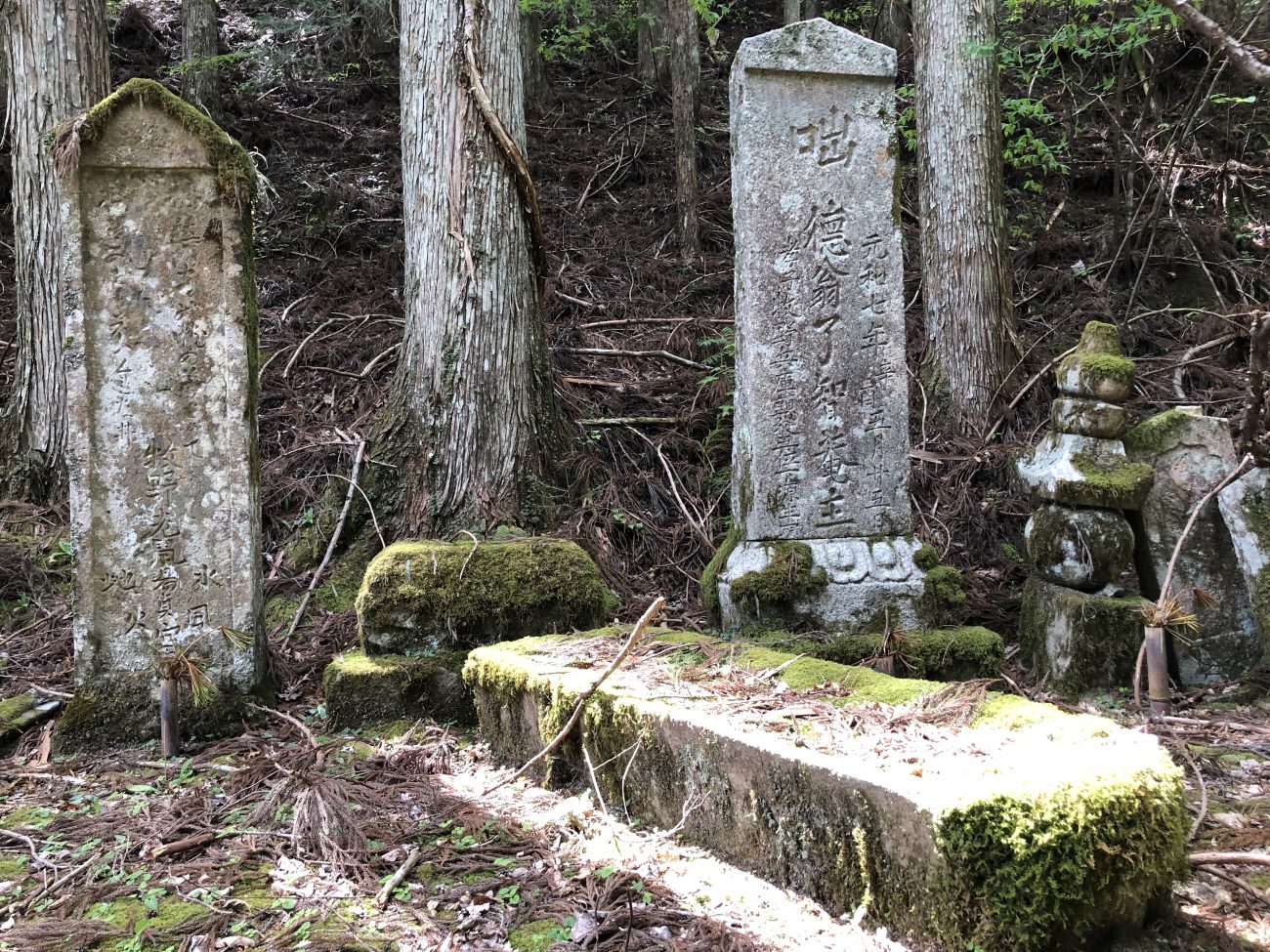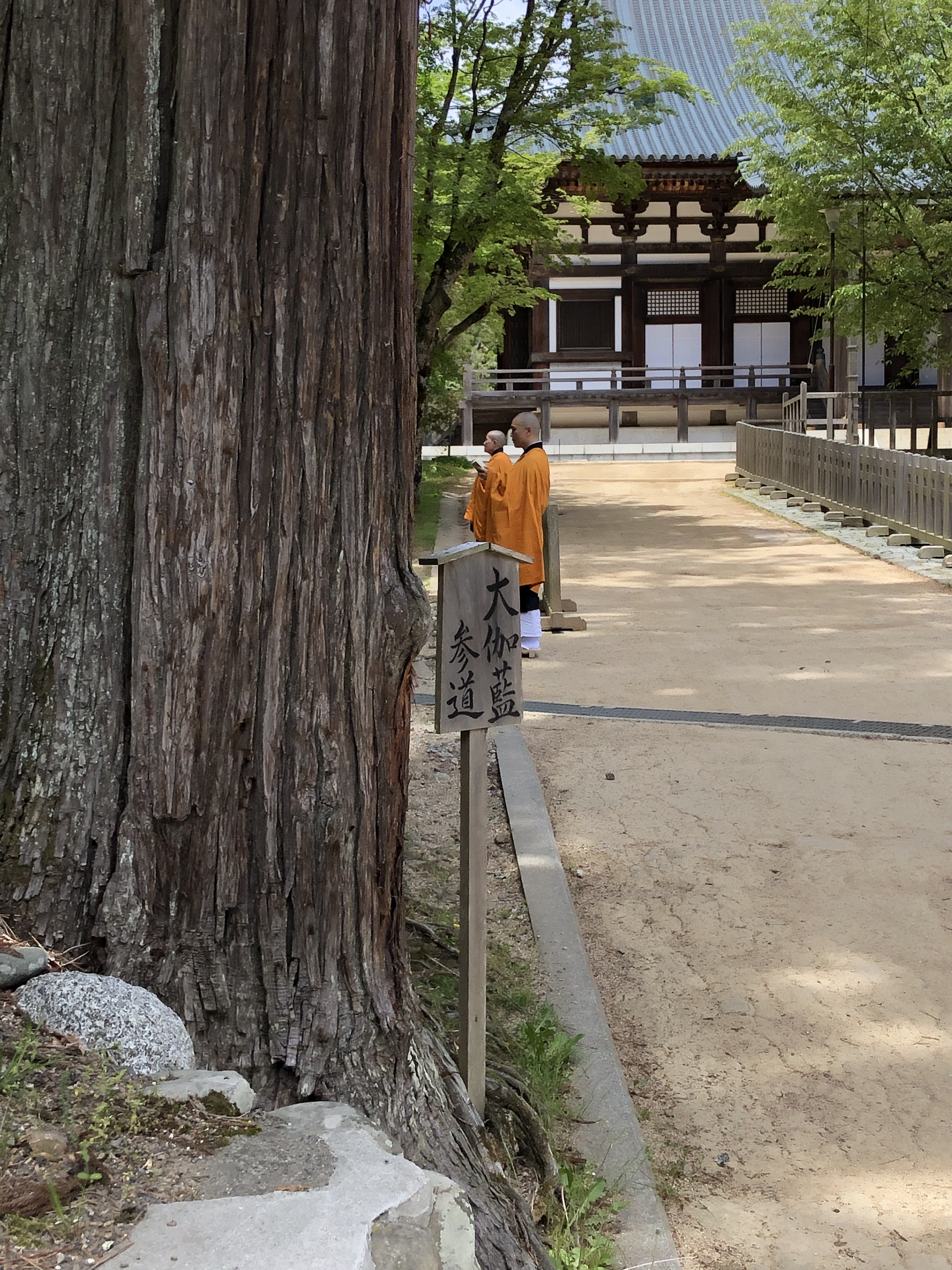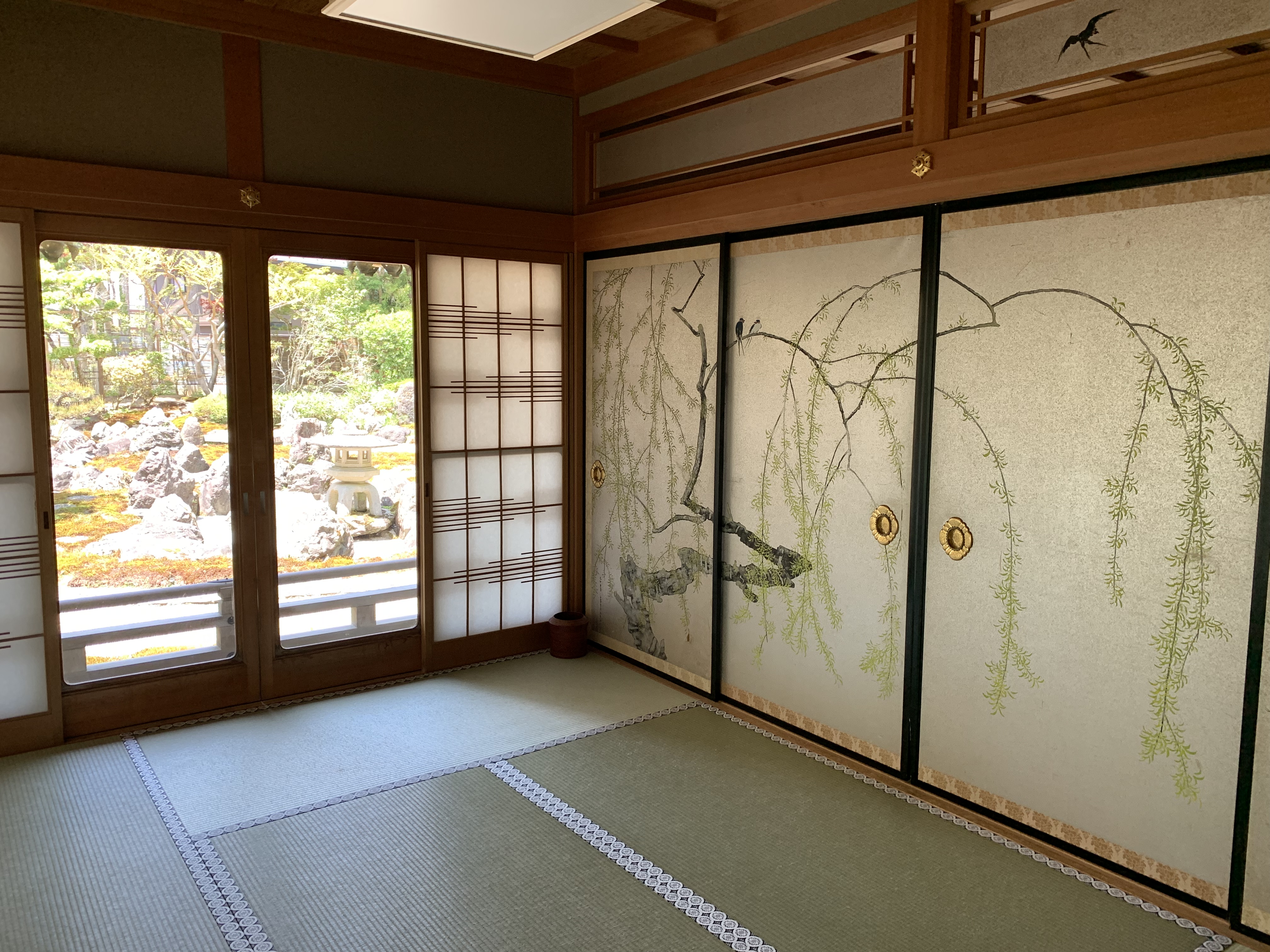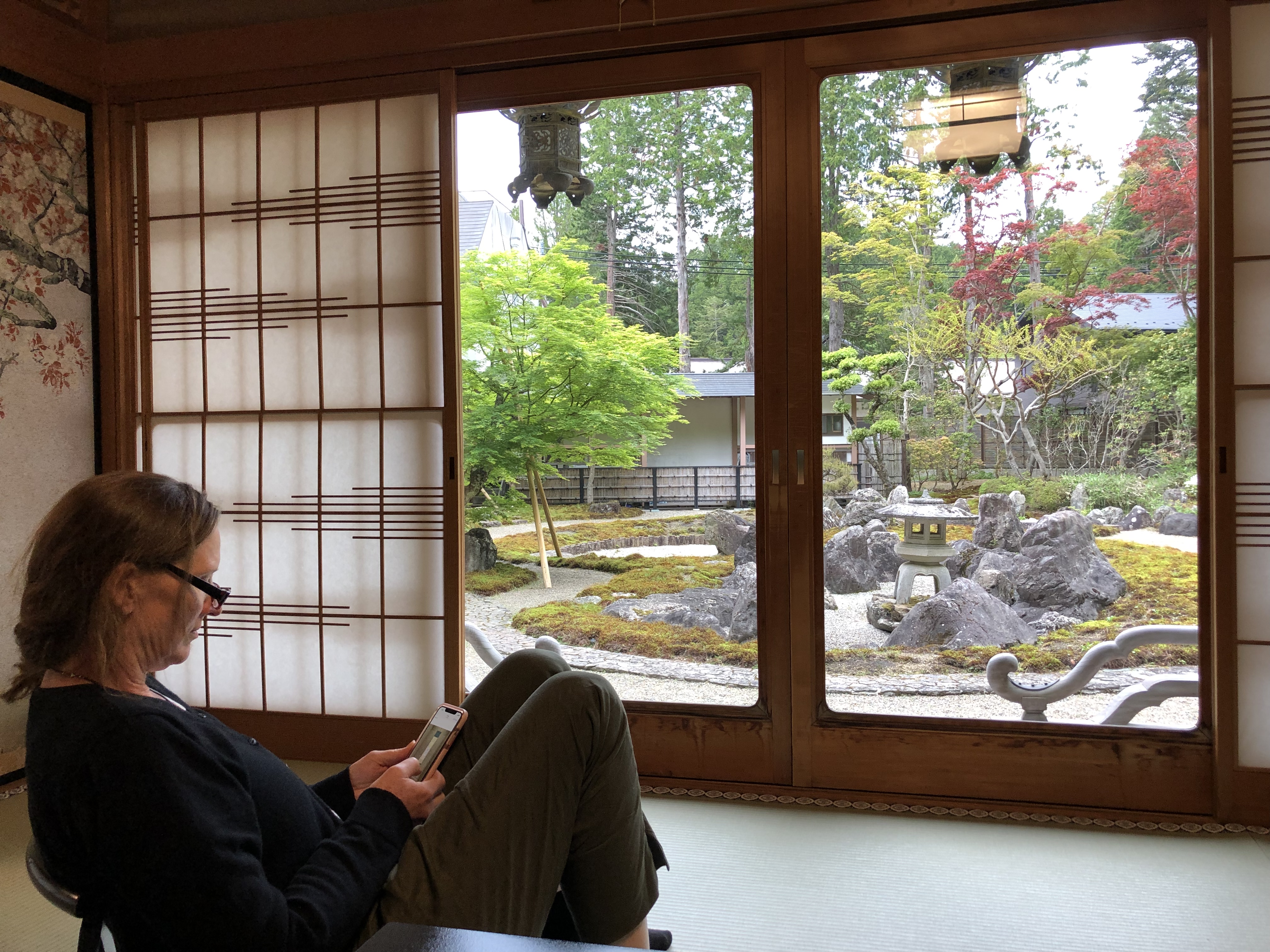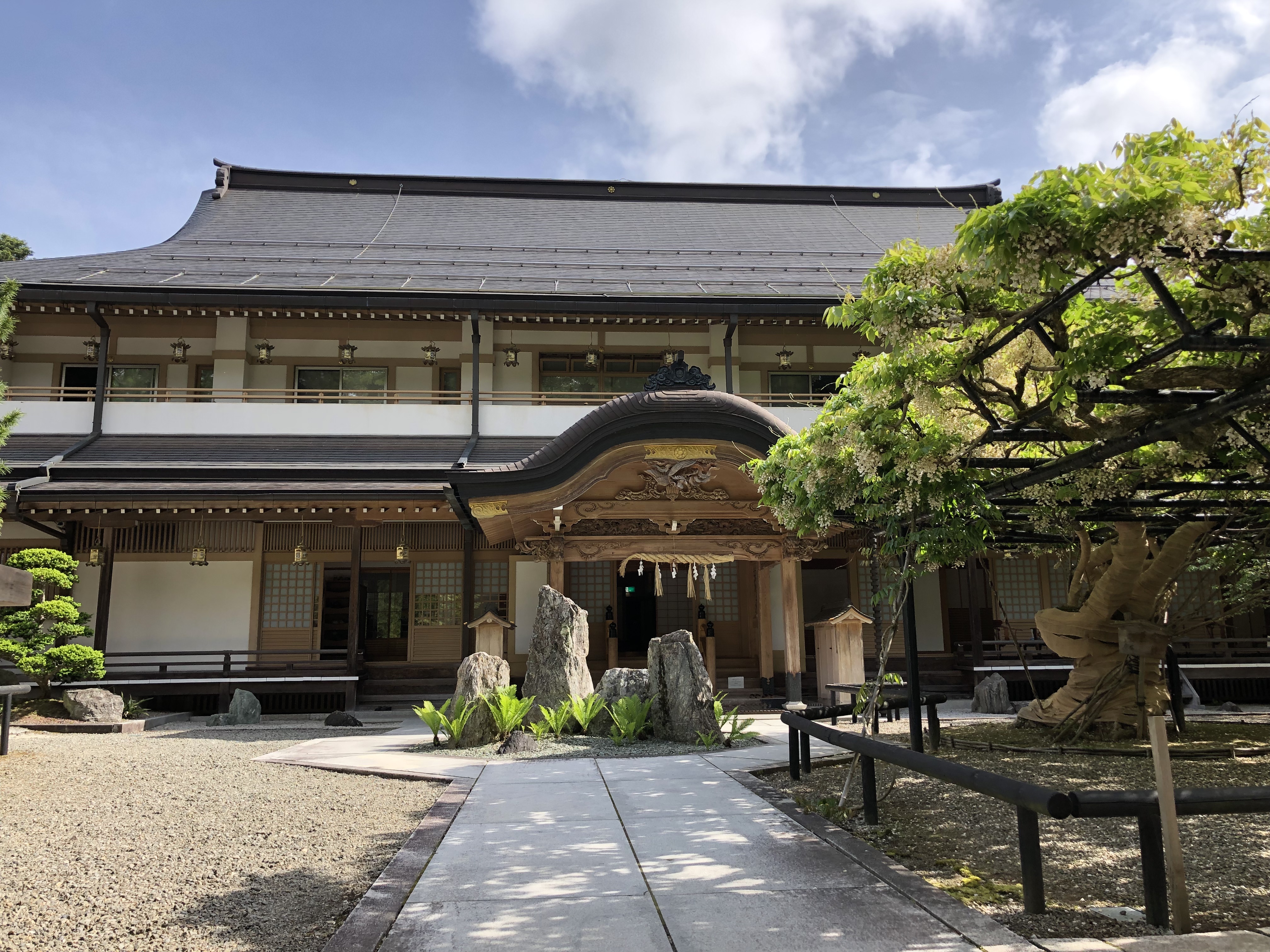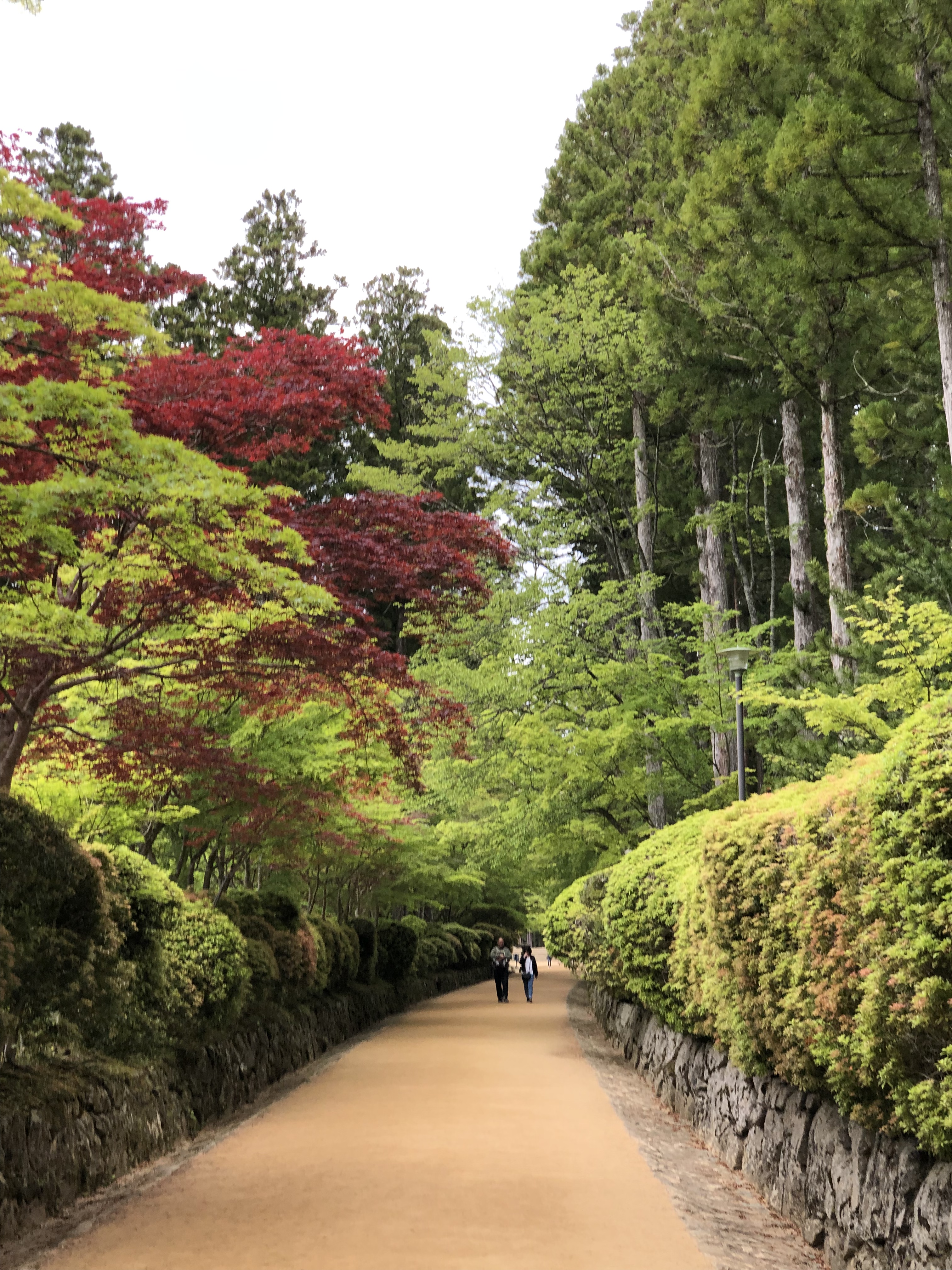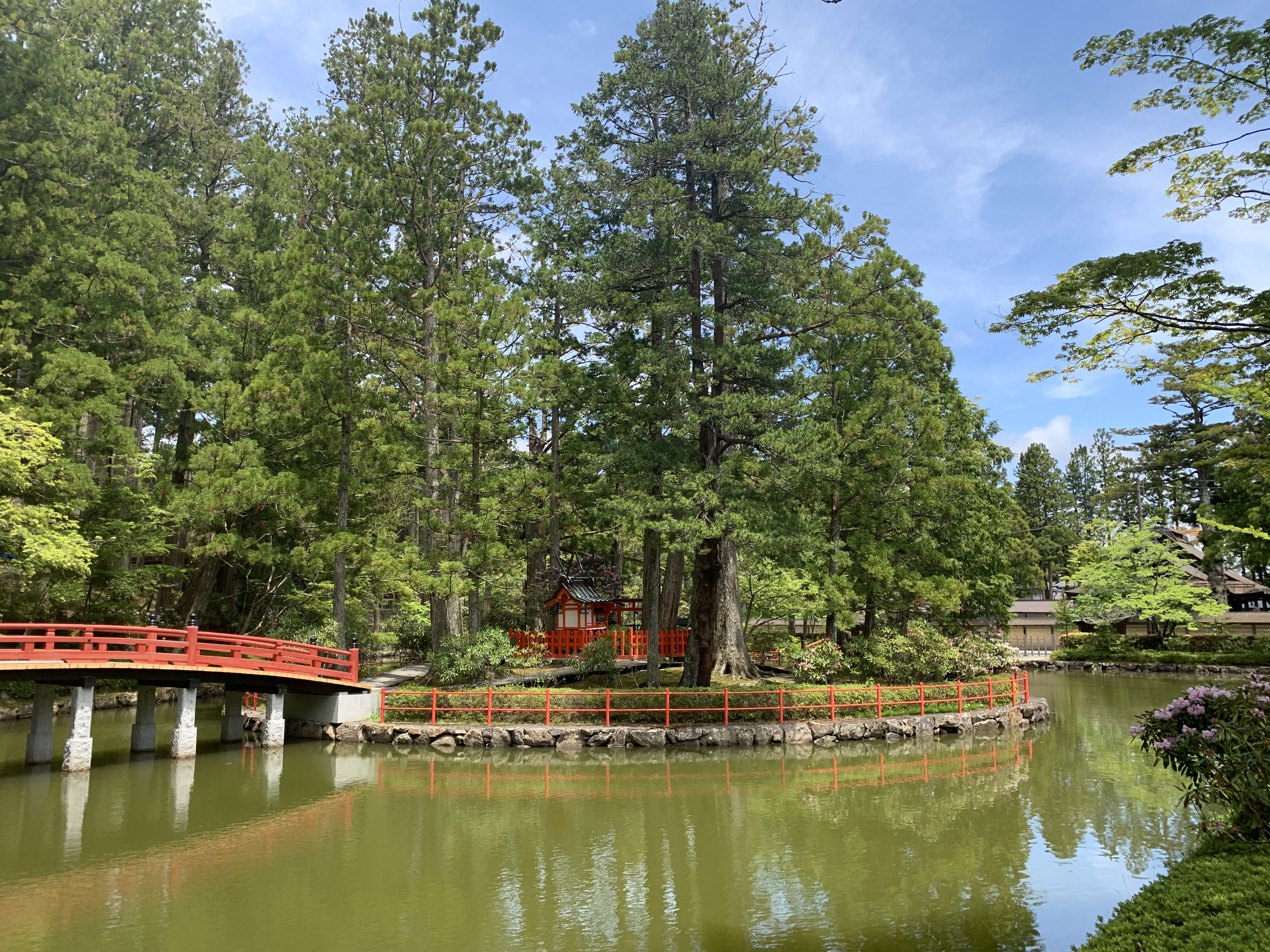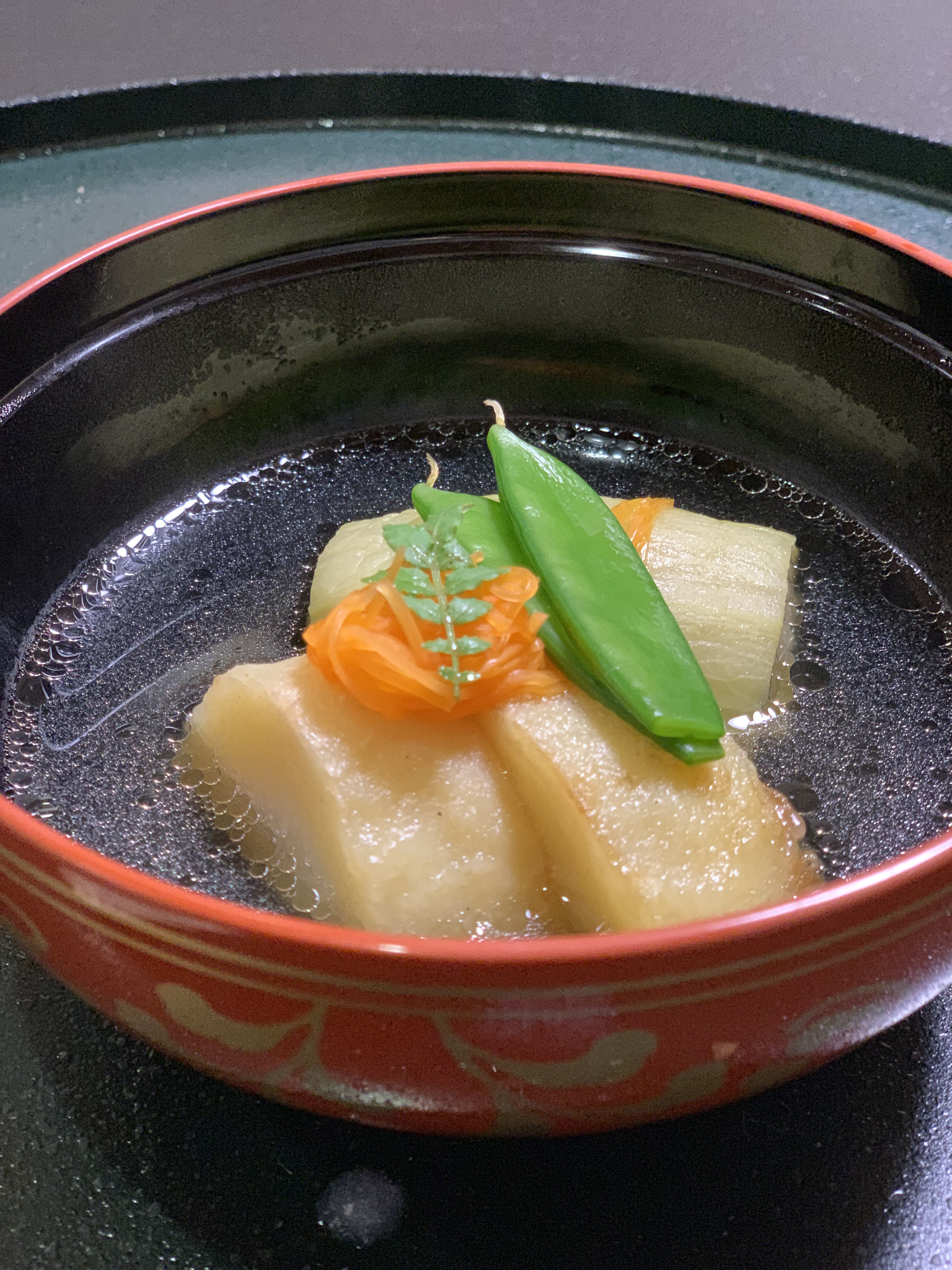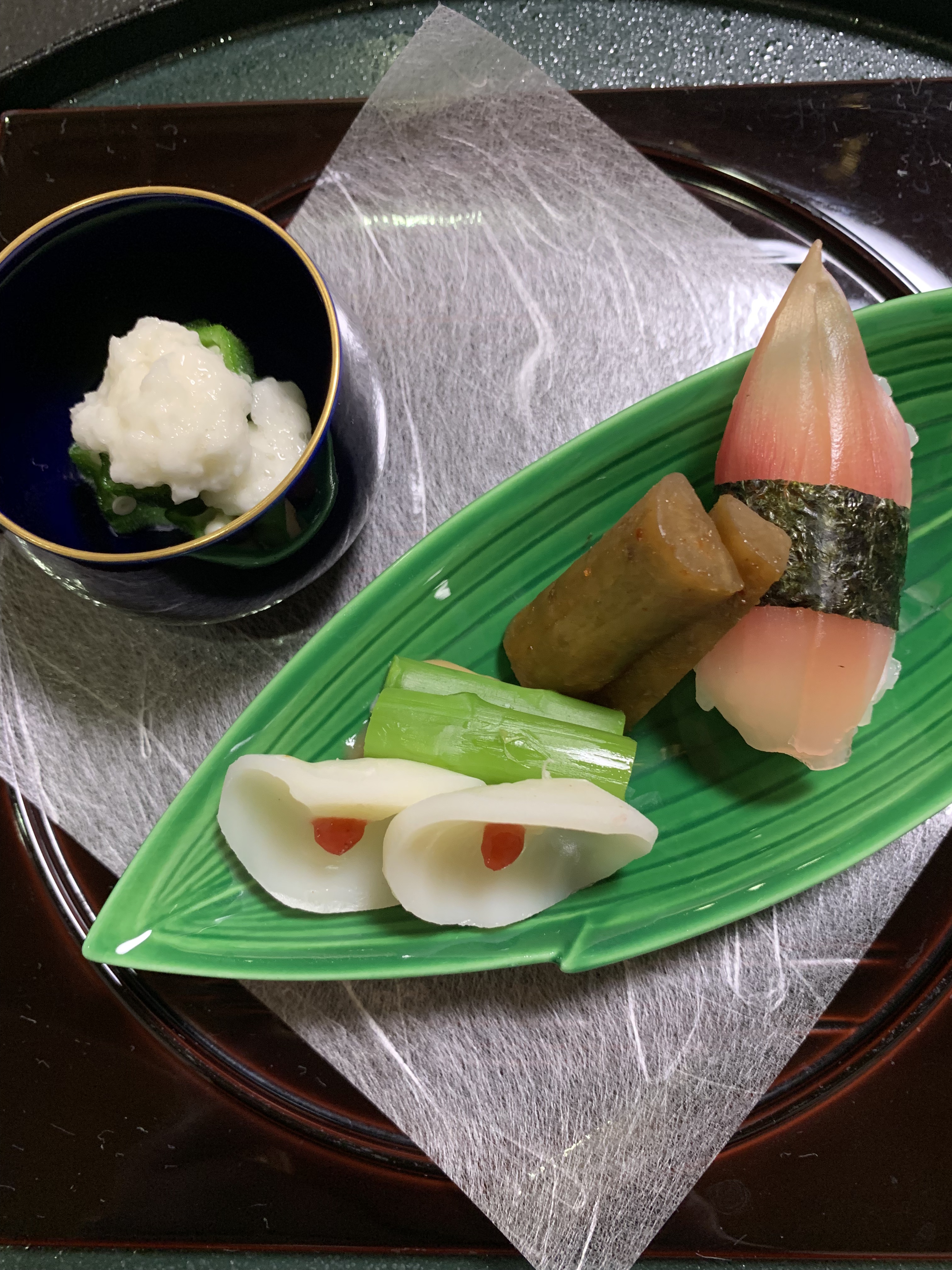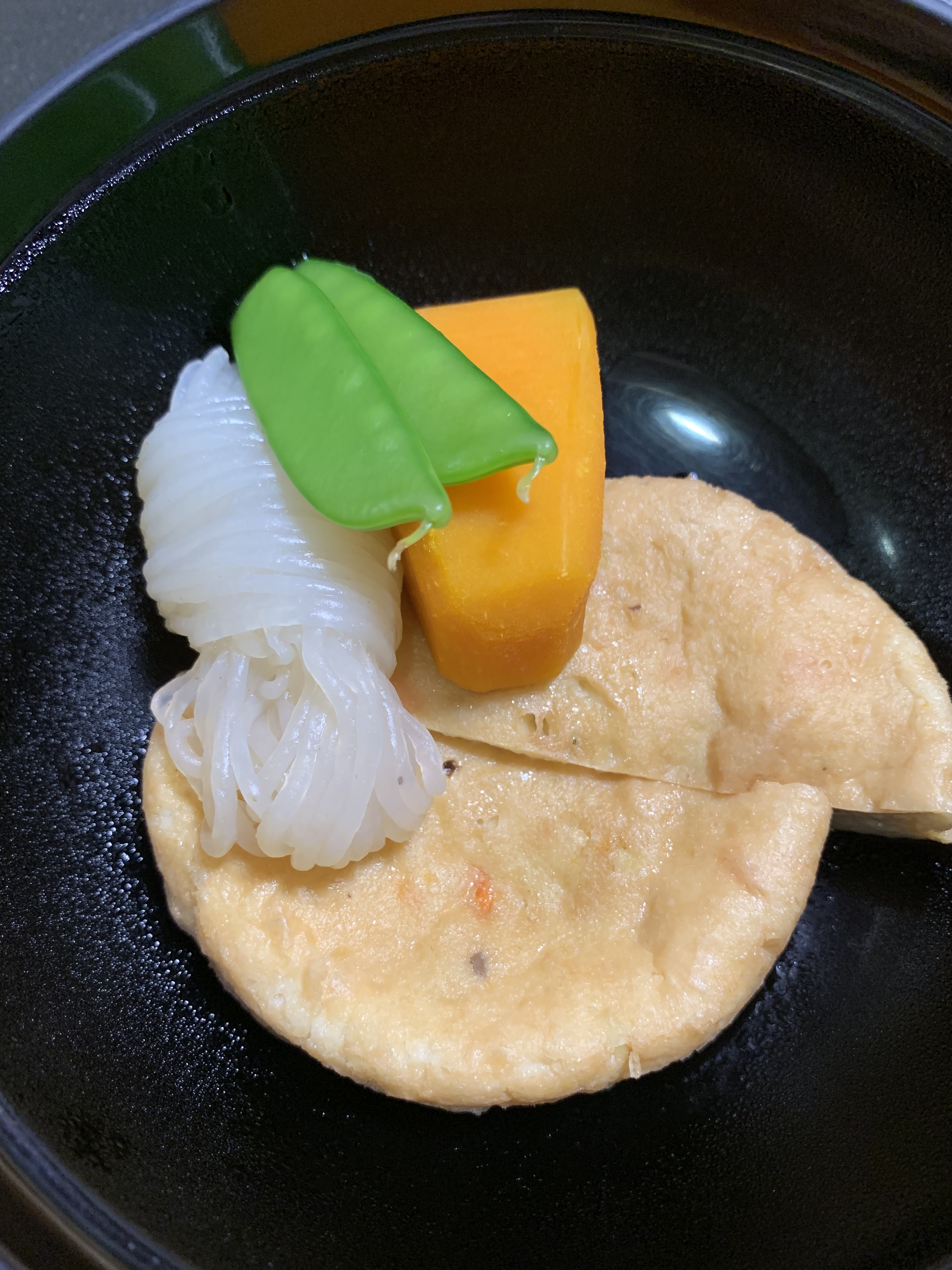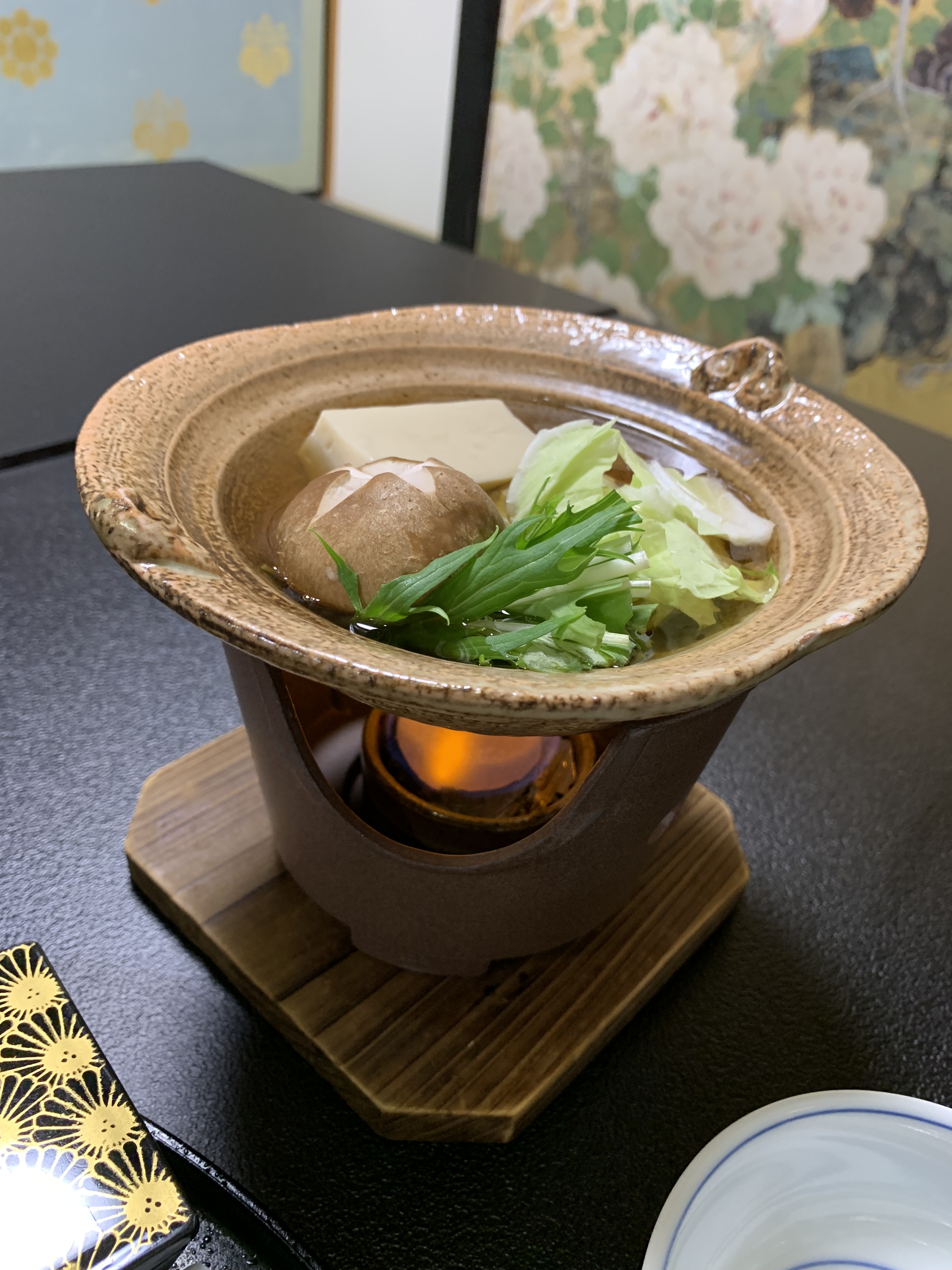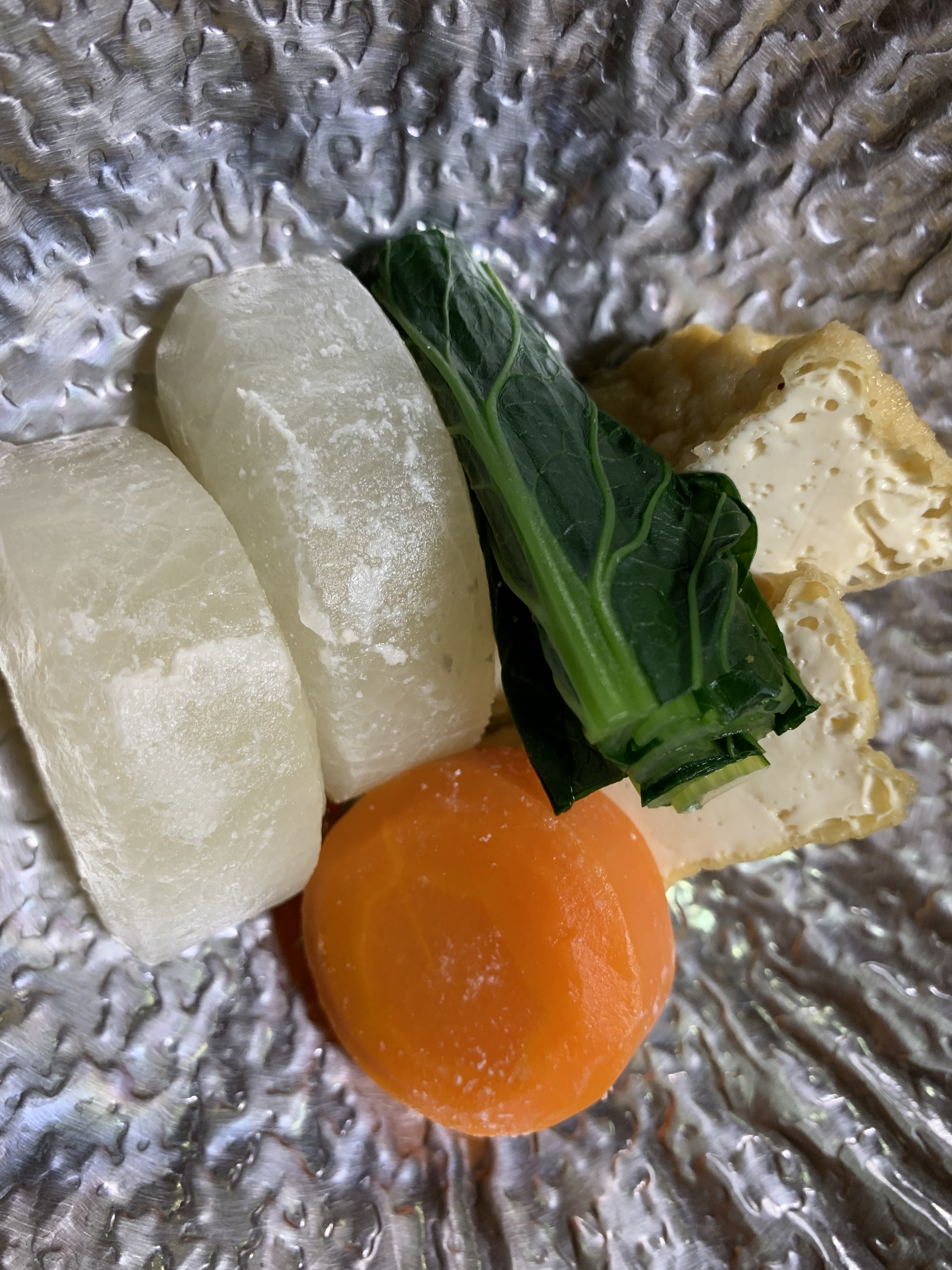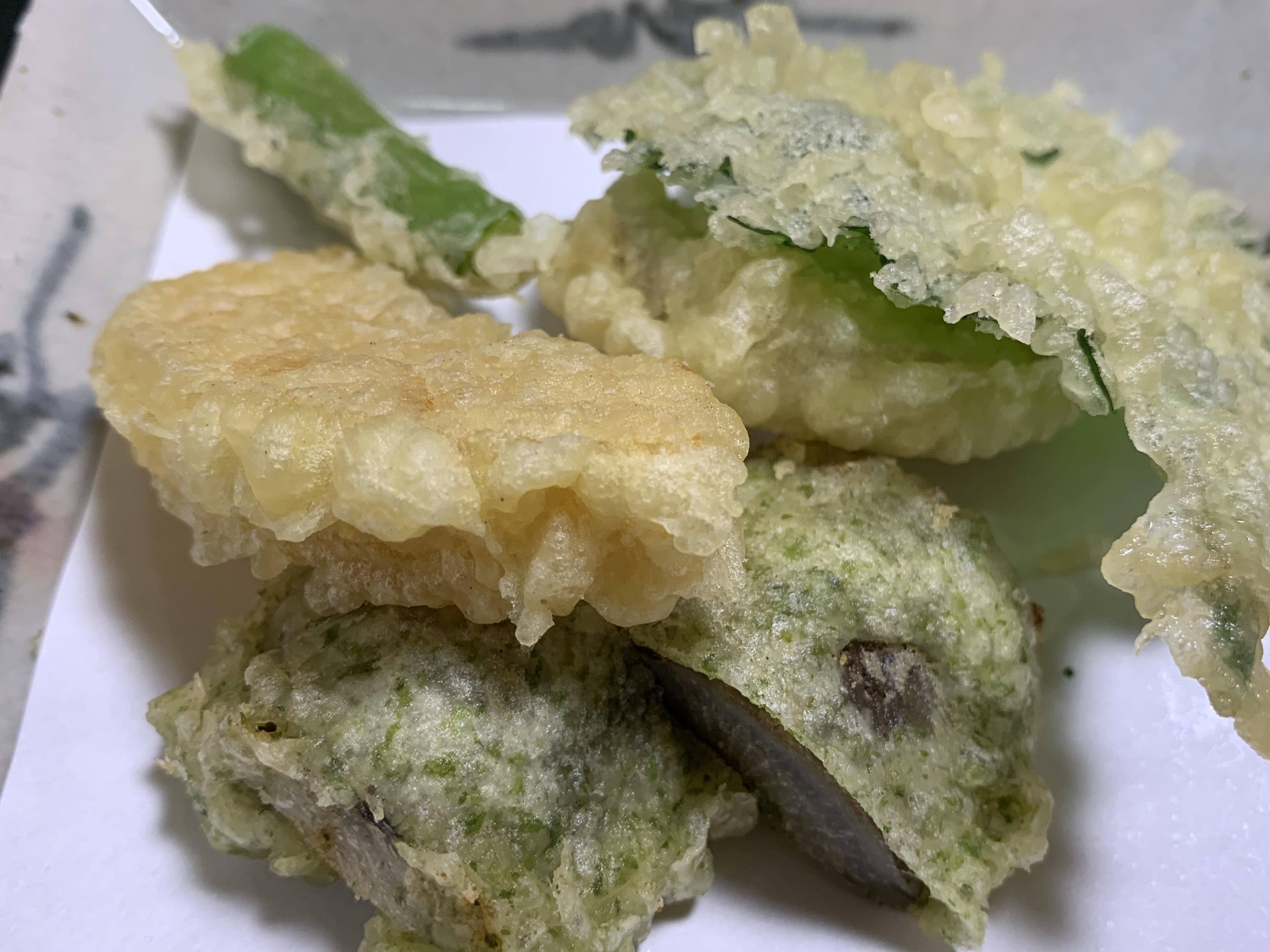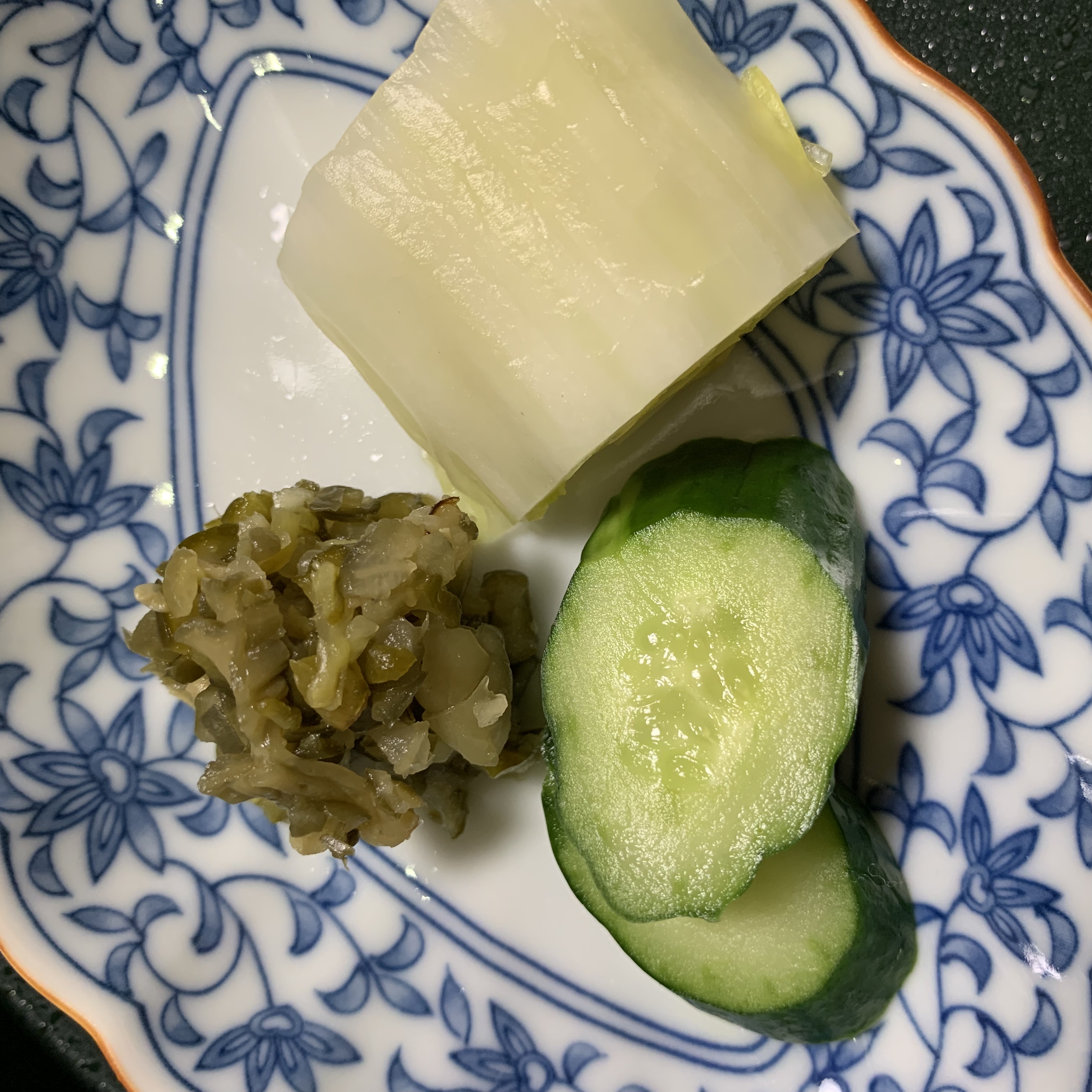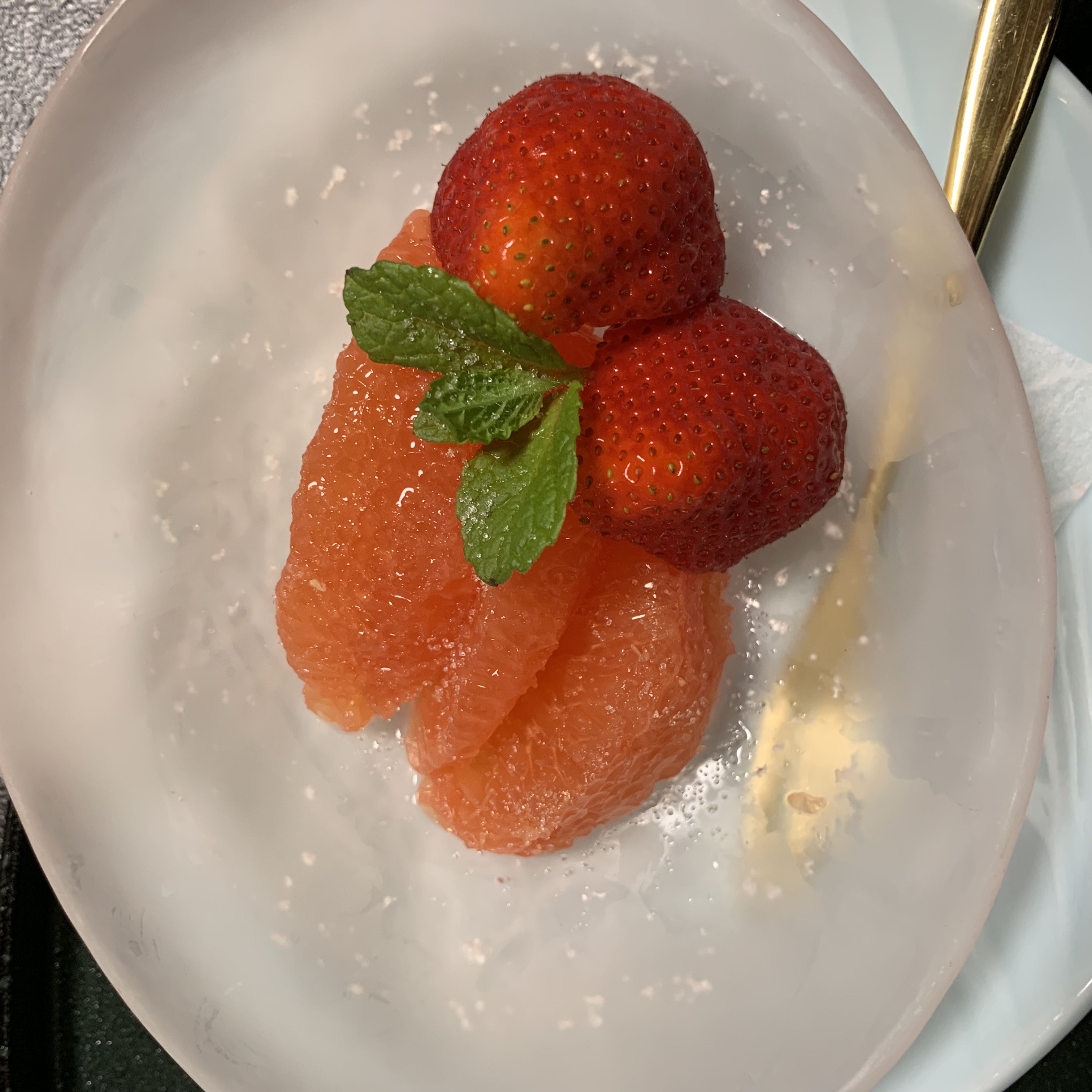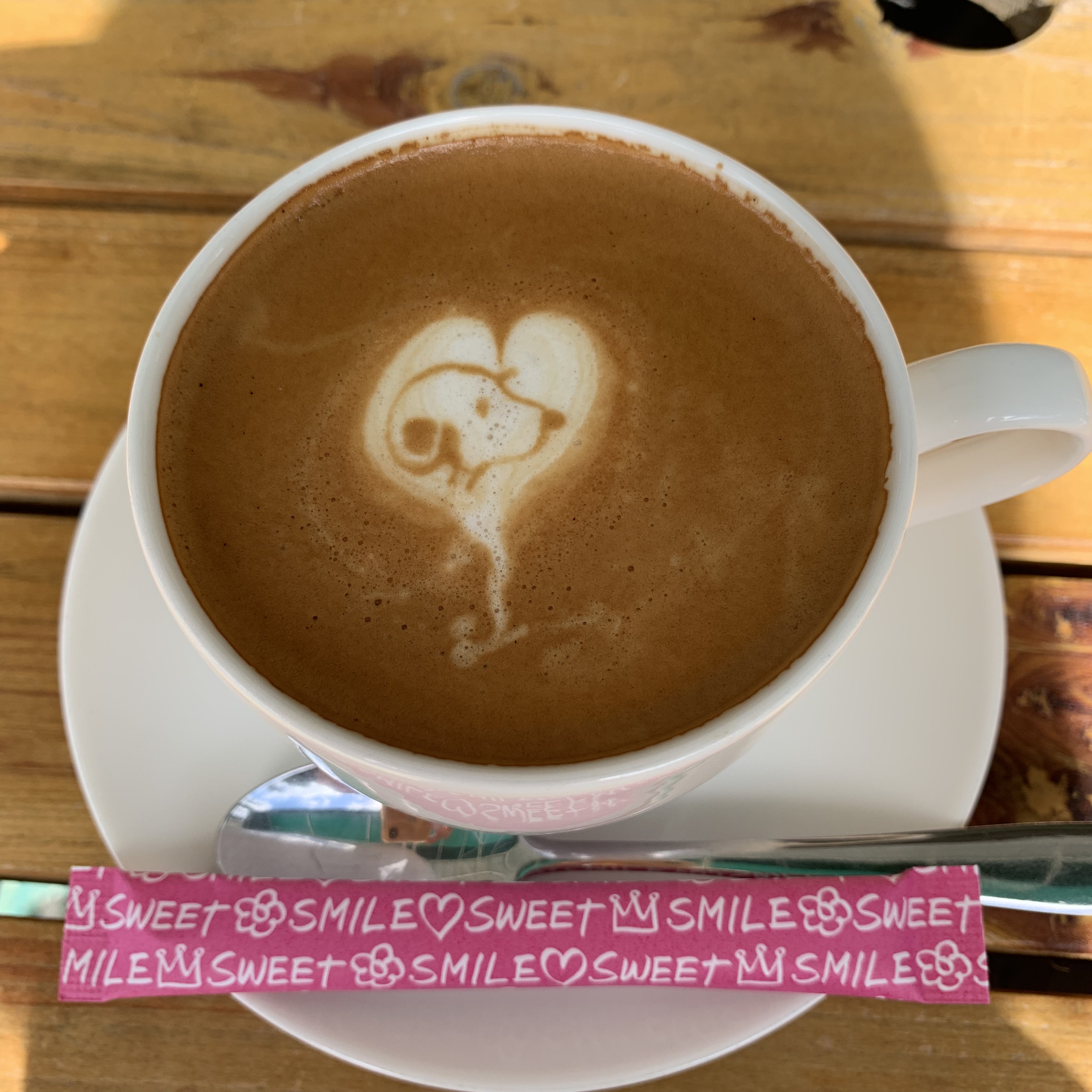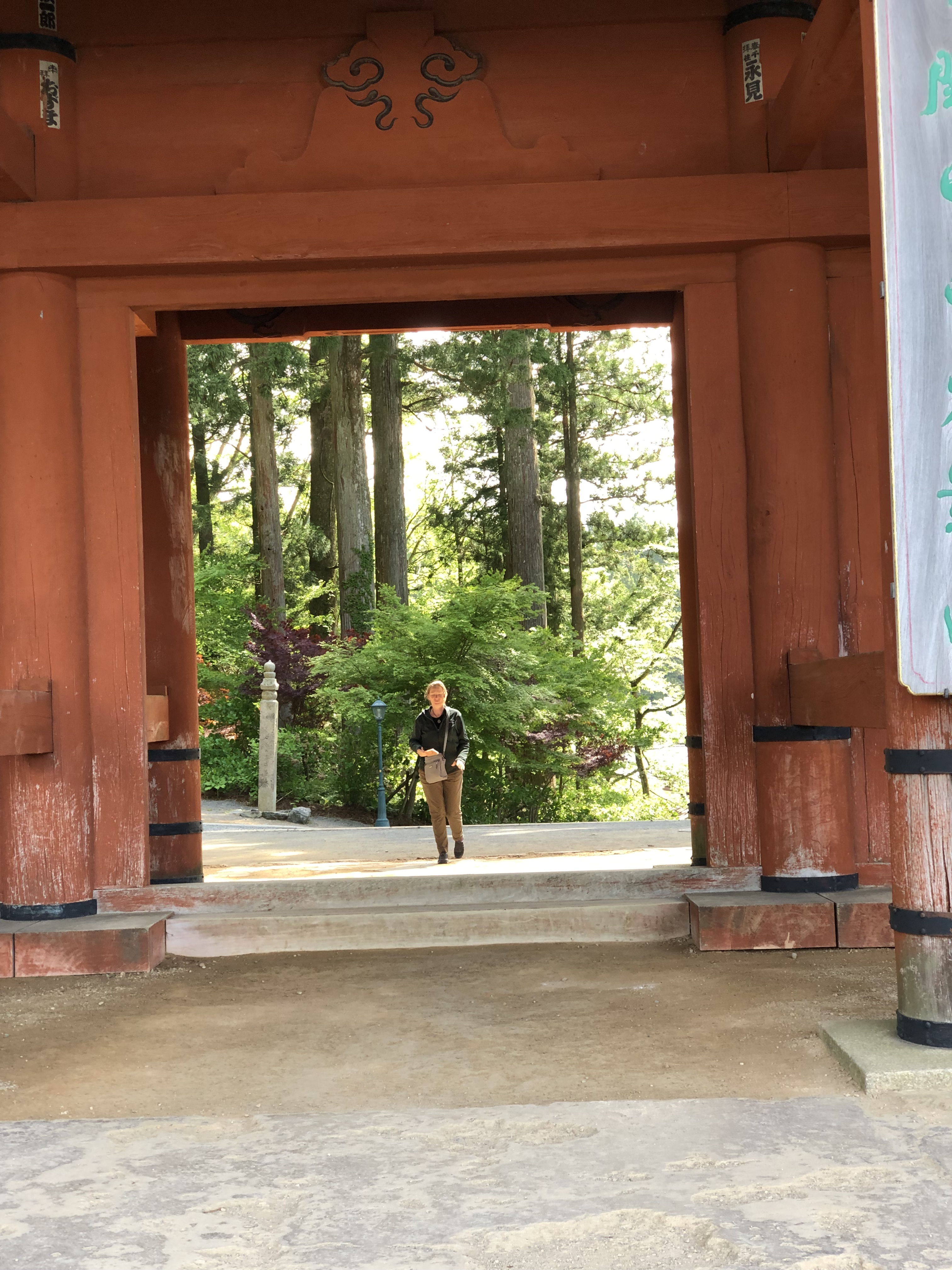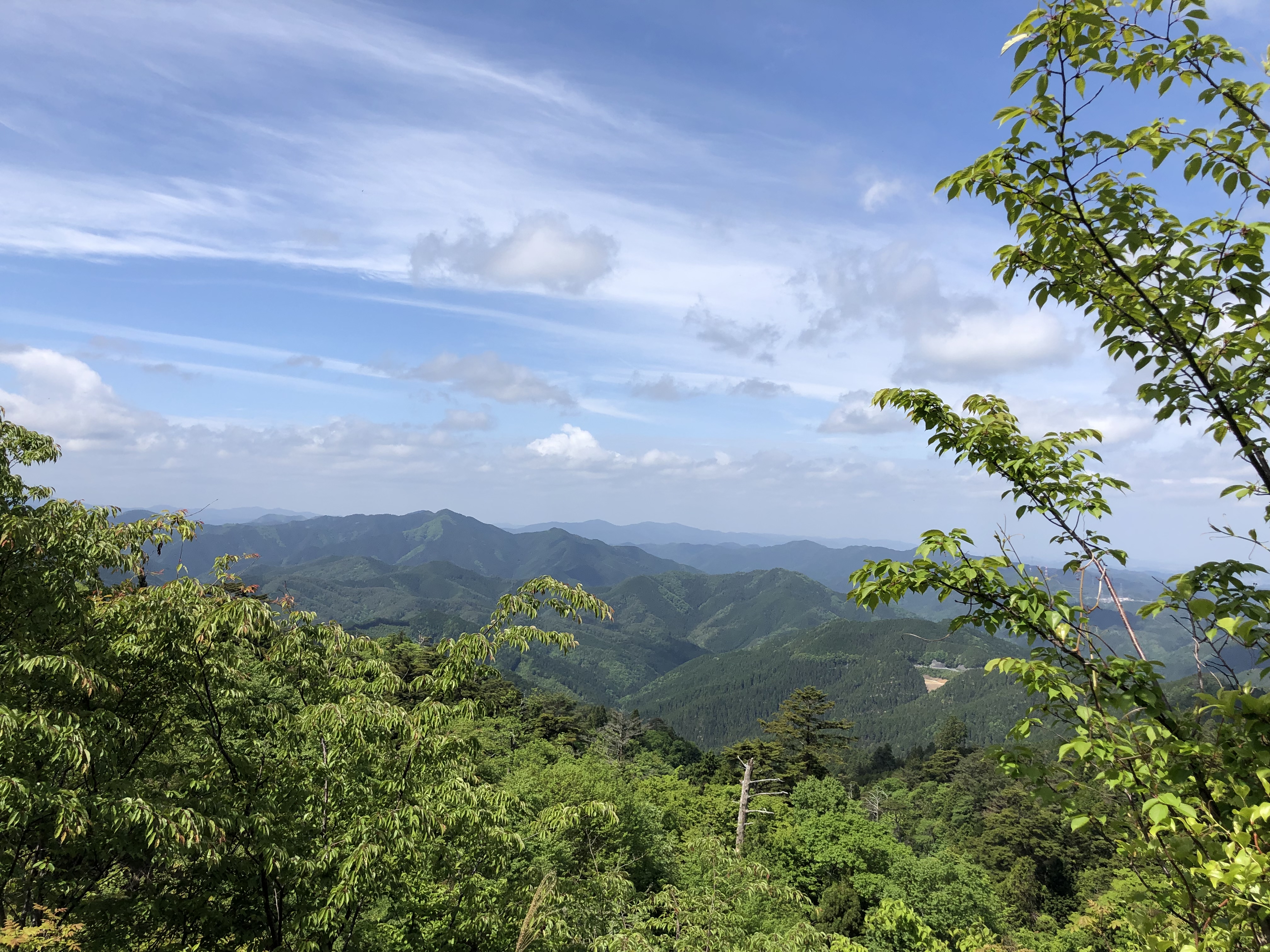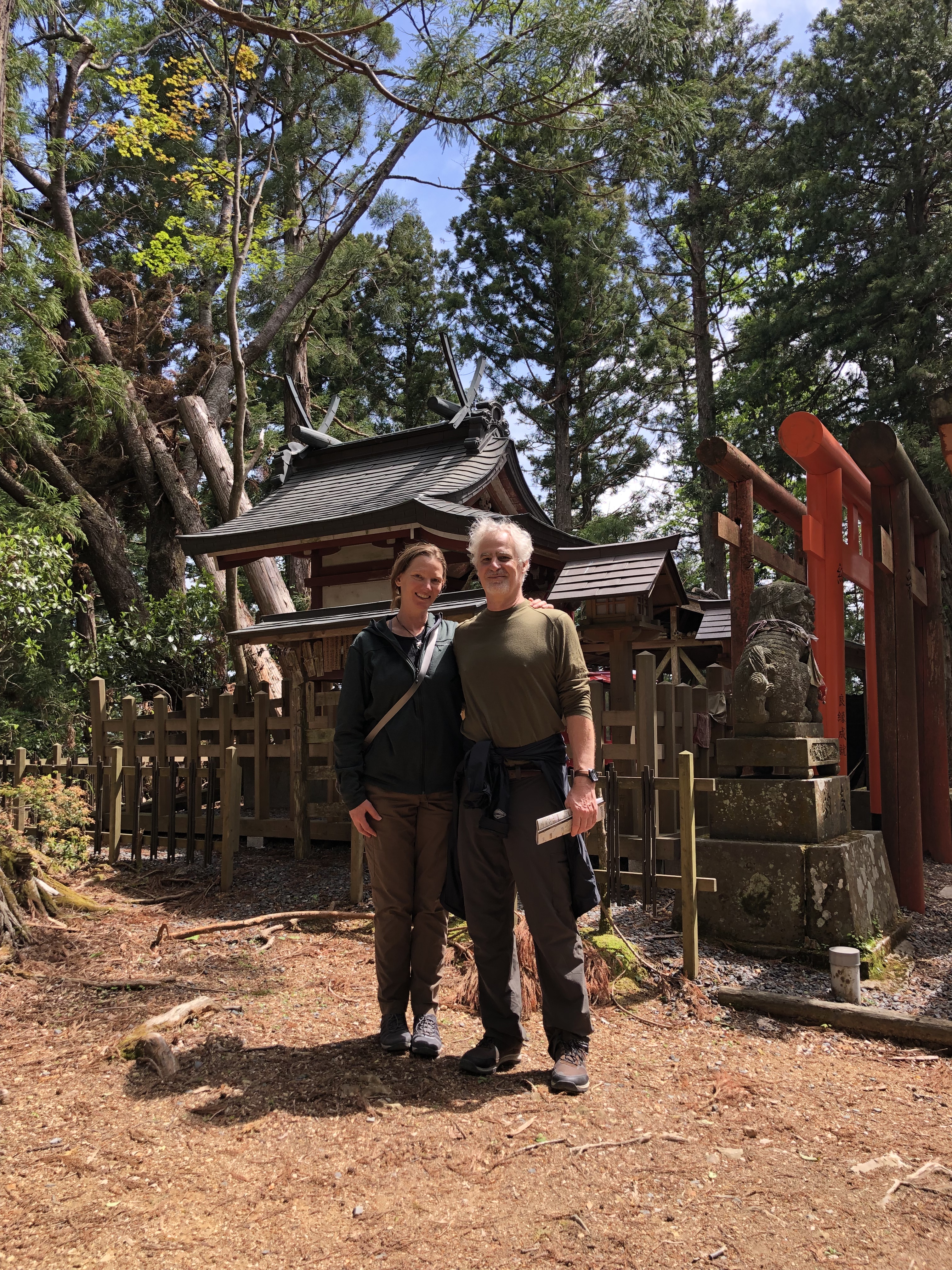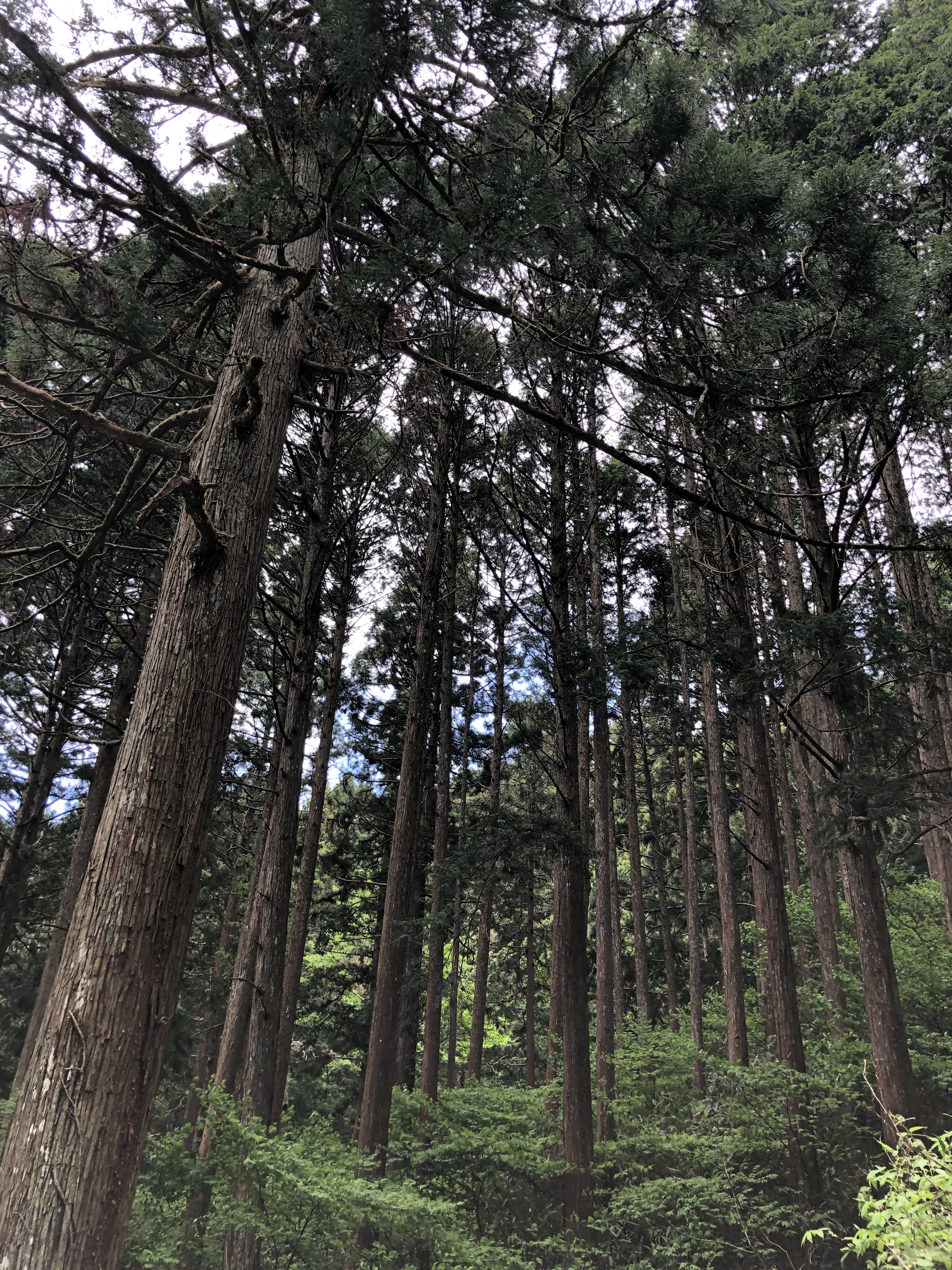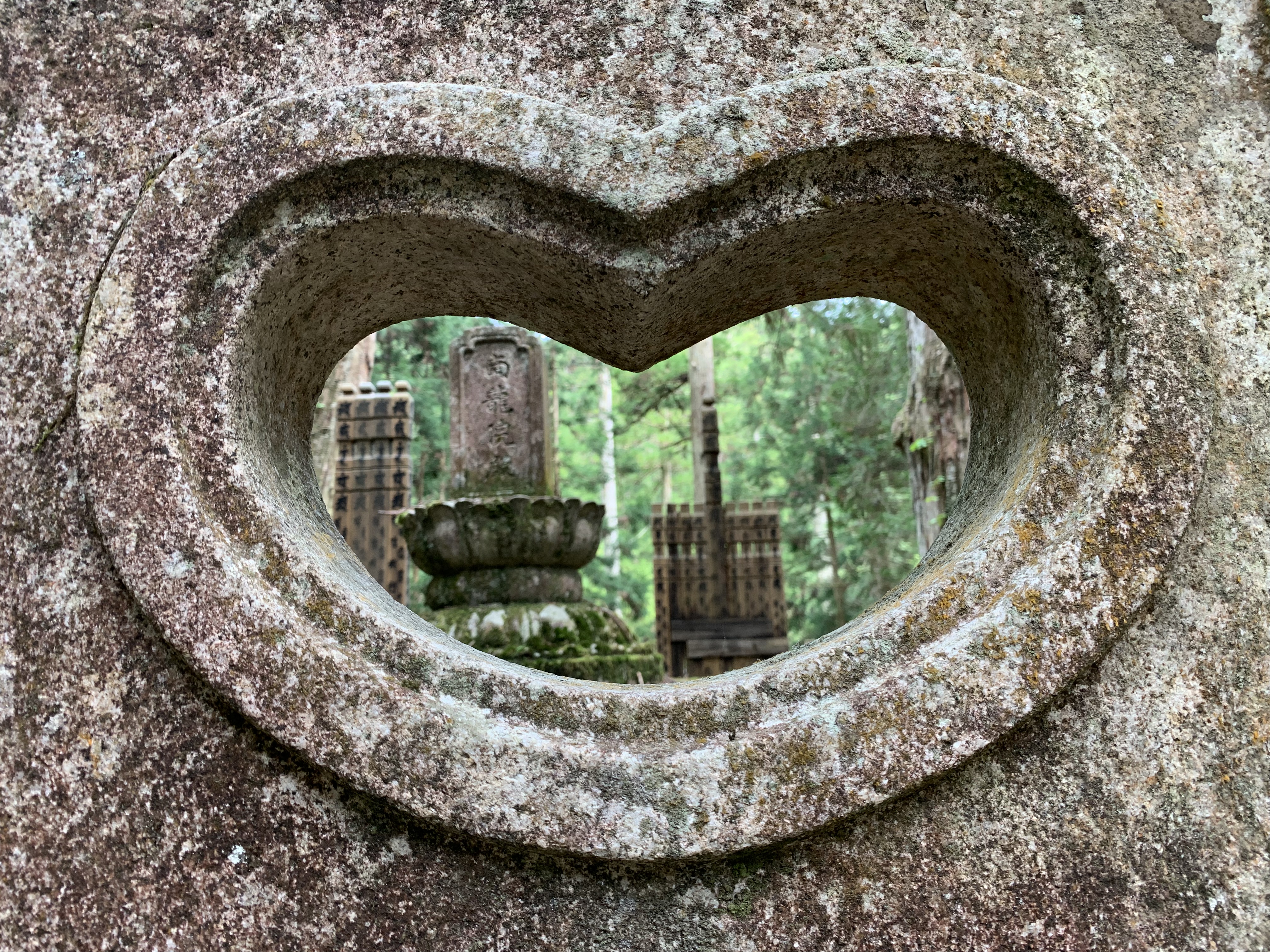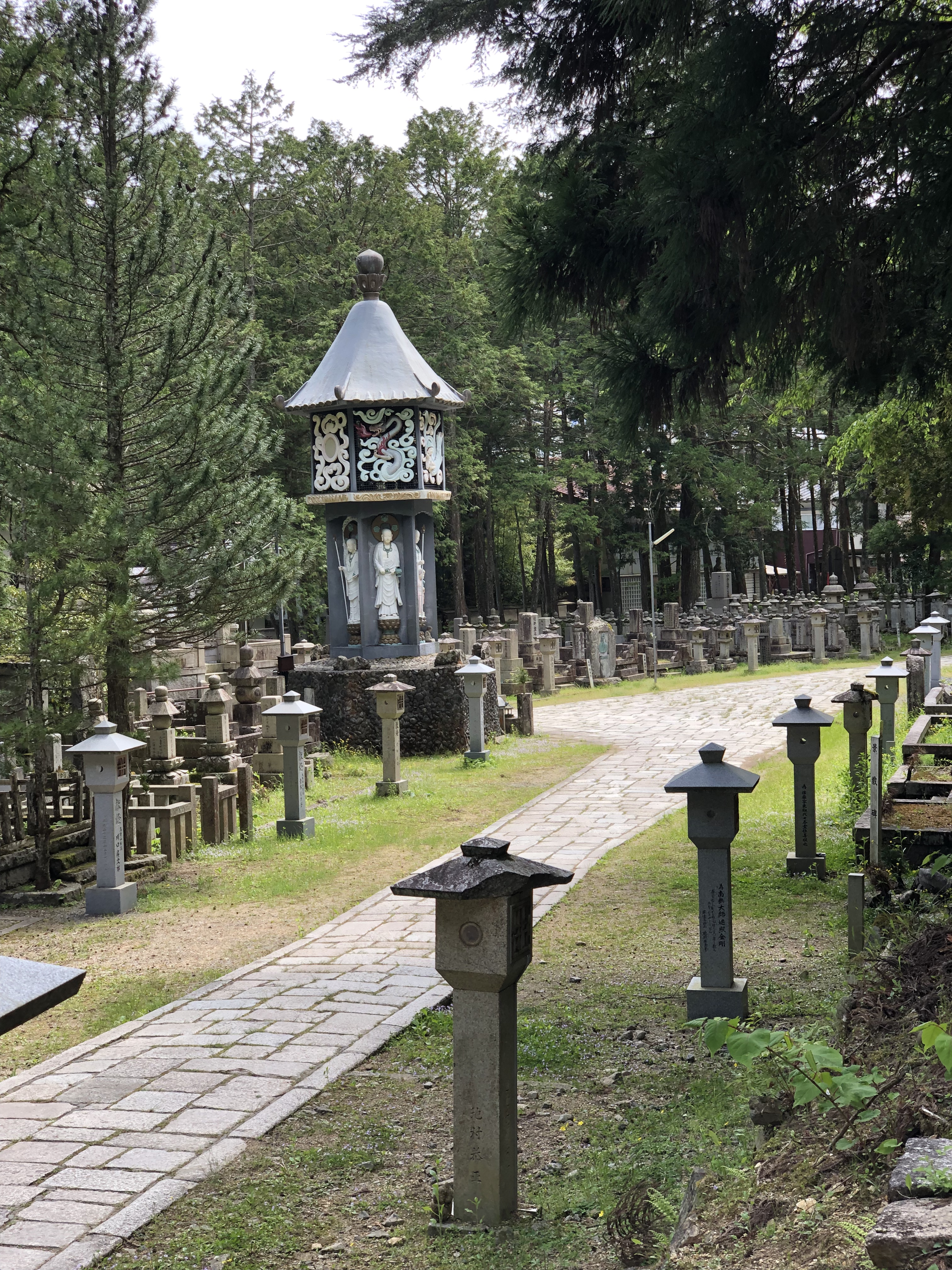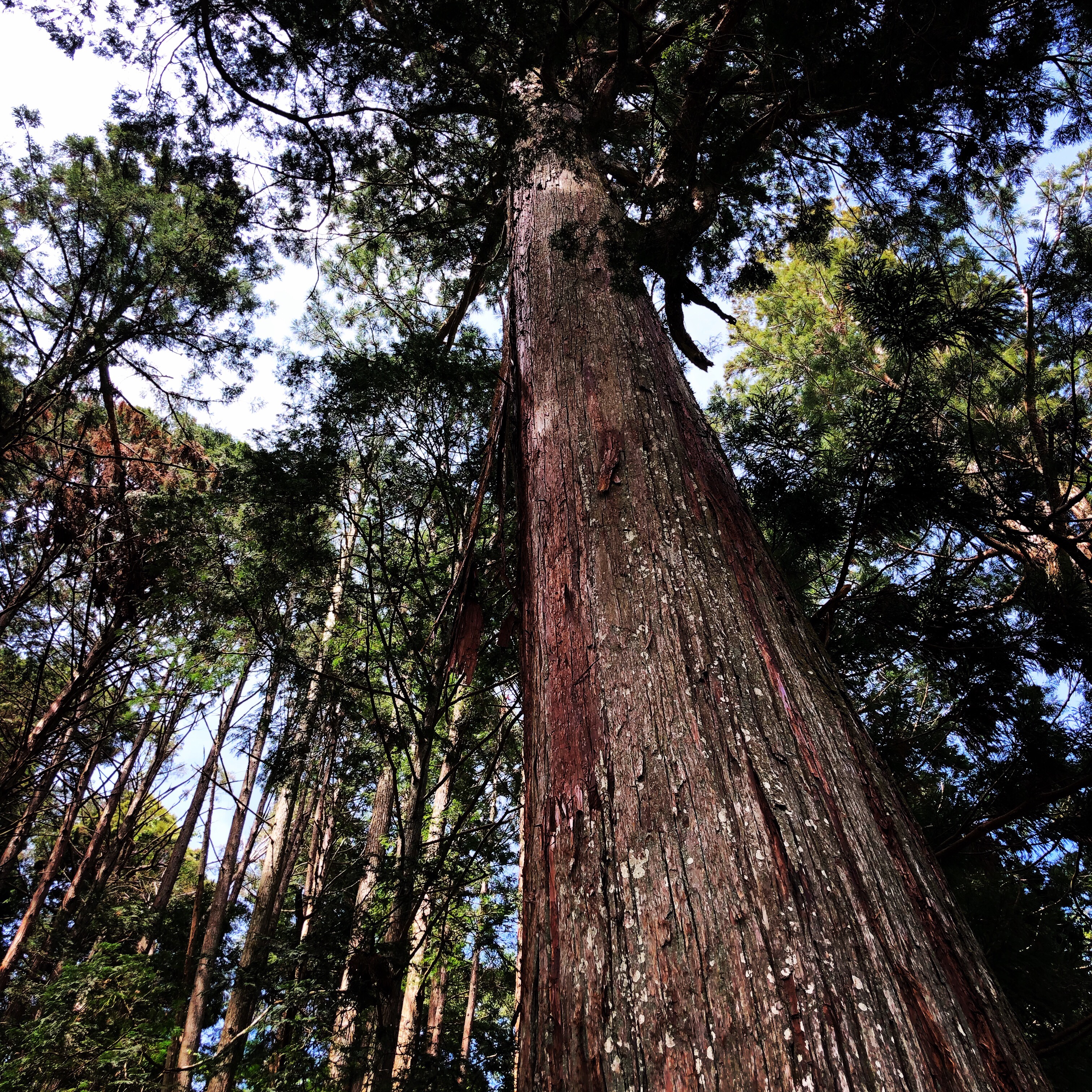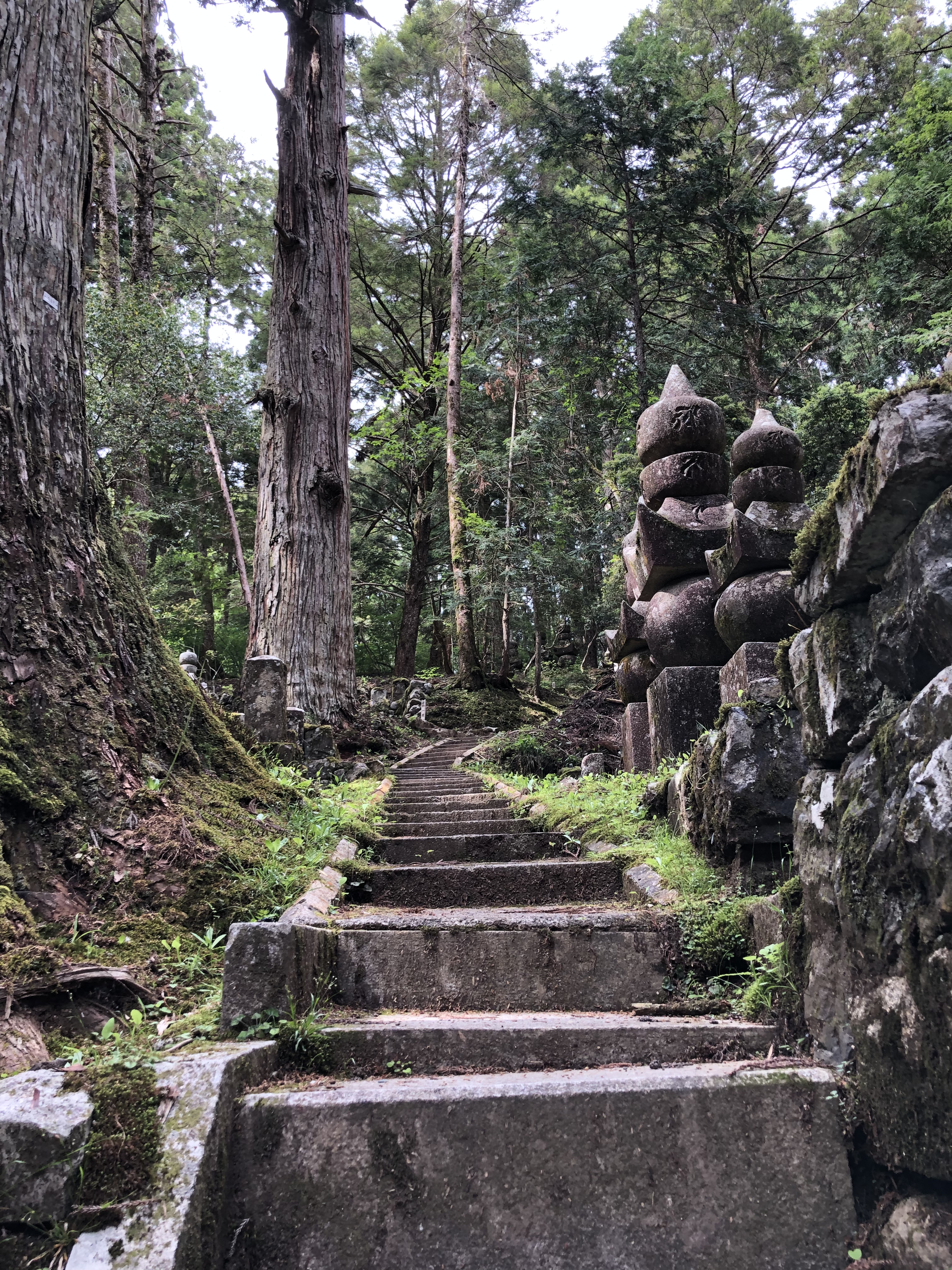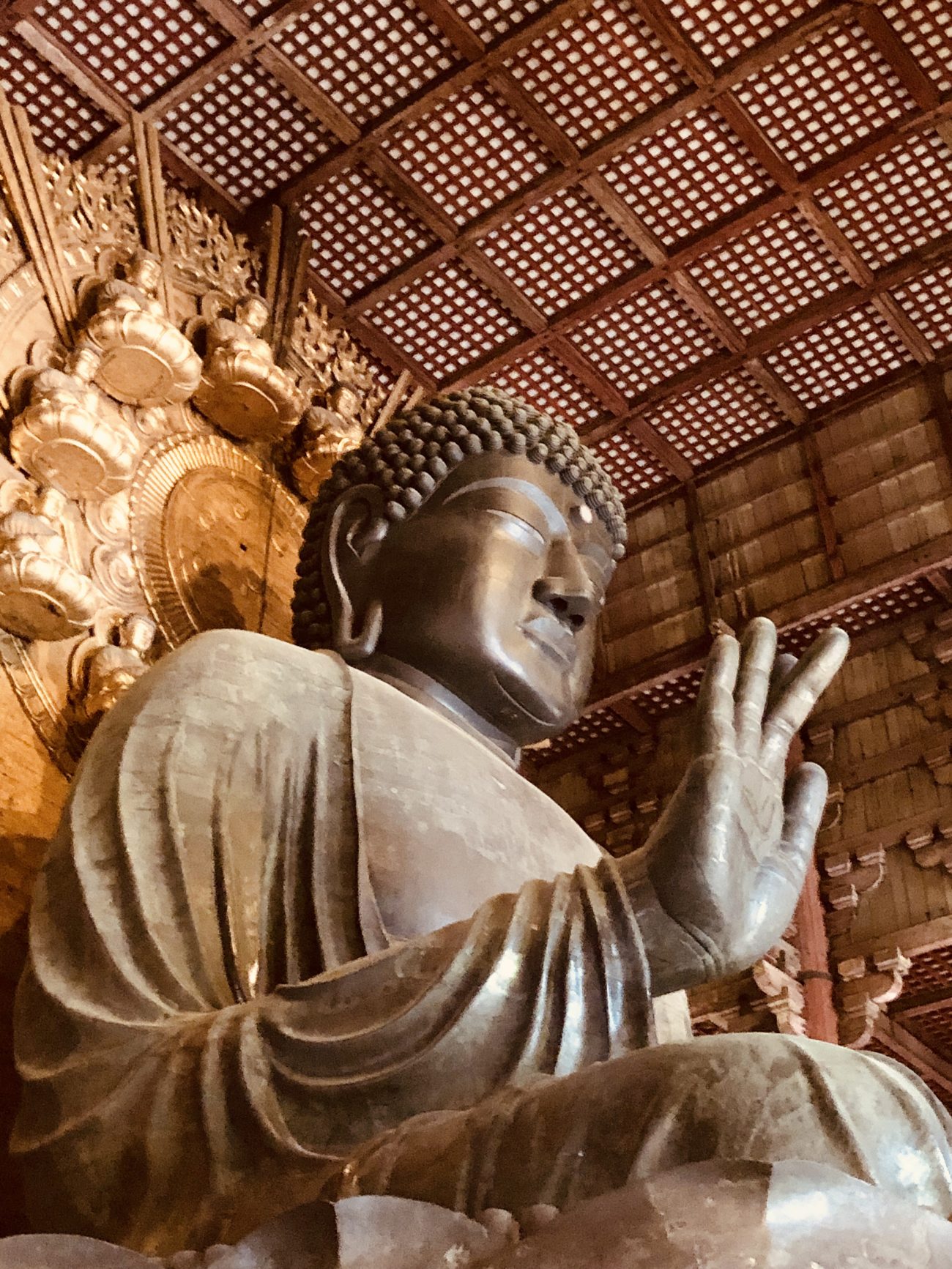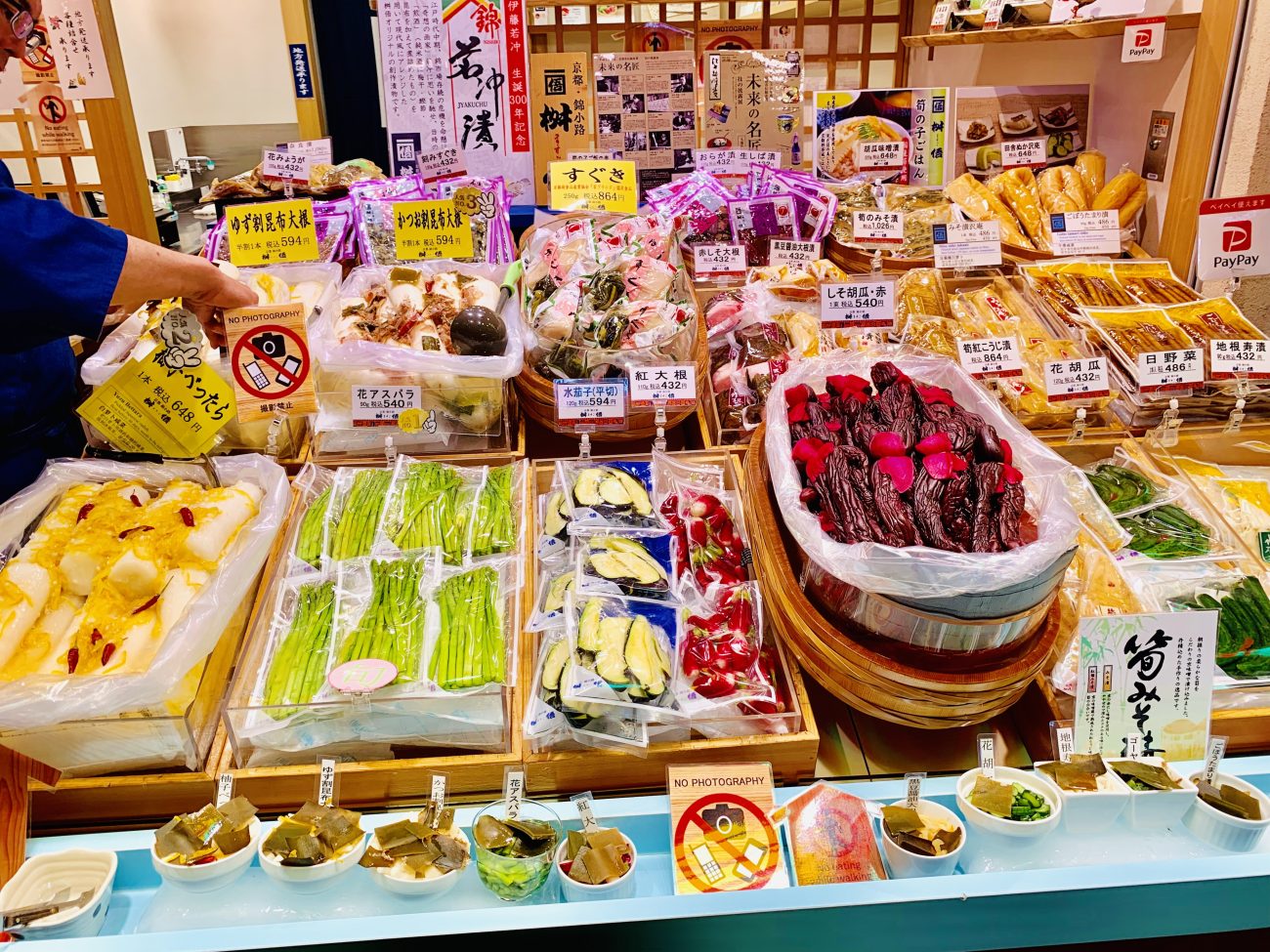From Magome to Tsumago along the Nakasendo
Shimazaki Toson opens his epic novel Before the Dawn with this description: “The Kiso Road lies entirely in the mountains. In some places it cuts across the face of precipice. In others it follows the banks of the Kiso River, far above the stream. Elsewhere it winds around a ridge into another valley. All of it runs through dense forest.”
The eleven post towns of the Kiso Road are scattered along the bottom of the valley. They are among 69 that make up the Nakasendo Way, one of the old routes between Kyoto and Edo (Tokyo) established during the Edo Period (1603 to 1868) as a communication and transportation network so the shogunate could stabilize and rule the country. It was the favored route of the Imperial family, and each post town played an important role in moving, feeding and housing travelers along the way.
Today, the entire Kiso Road can be walked in a few days, but many, like us, choose a more manageable 7.8km segment from Toson’s birthplace of Magome to Tsumago. When you walk this part of the road, you can bring your luggage to the tourist office in either town by 8:30 am, and it will be delivered to the other town by 11:30 am. This gives you a chance to spend a night in both towns.
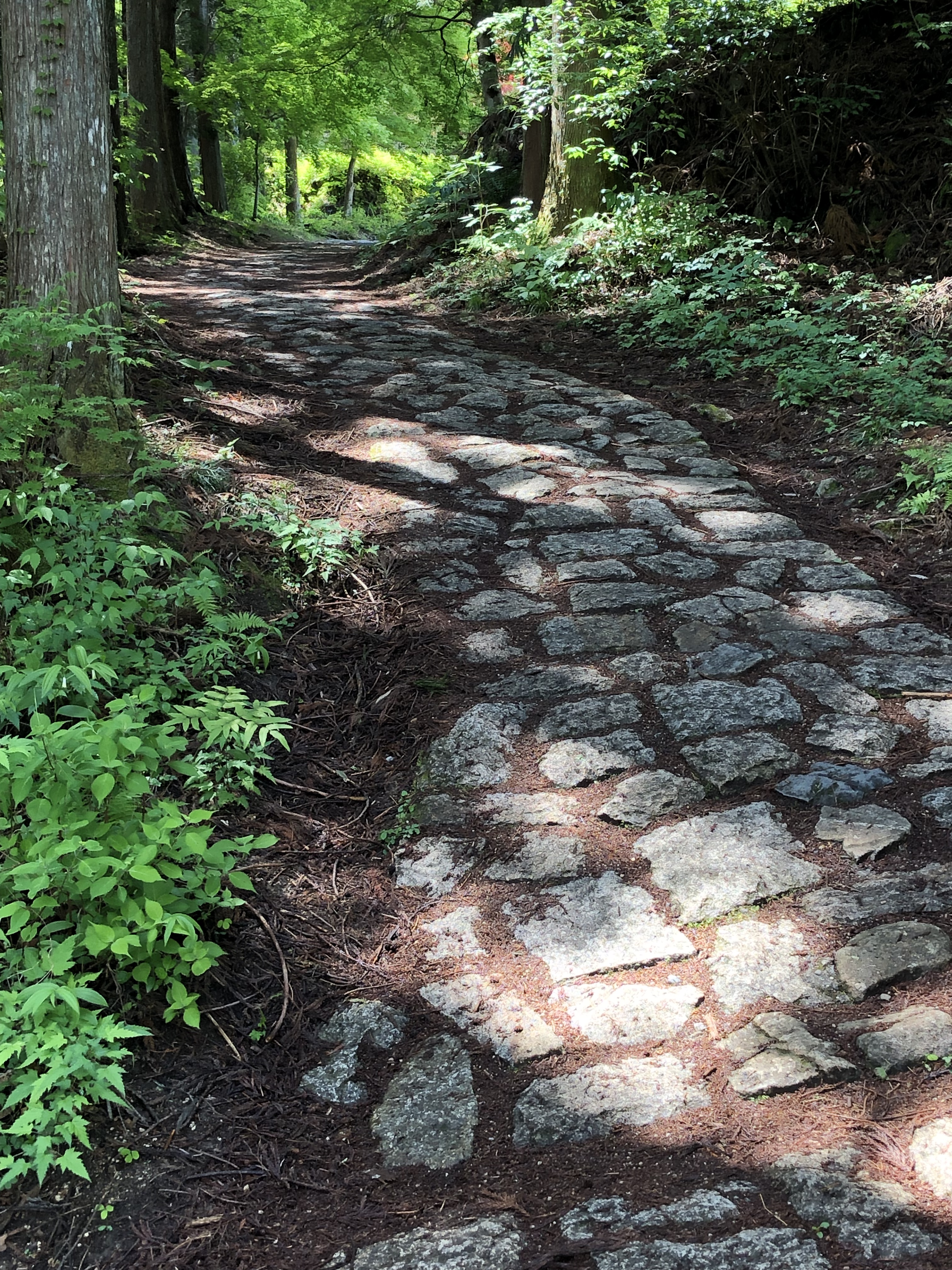
Magome
We set out from Magome, which lies at the bottom of the Kiso Road, at 8 am. We followed the quiet road along a picturesque stone surface, uphill past a waterwheel, Towson’s birthplace and dozens of restaurants and shops that had yet to open for the day.
By the time we walked the 100 meters through the small town, we were able to enjoy a view that was a sign of the beauty to come.
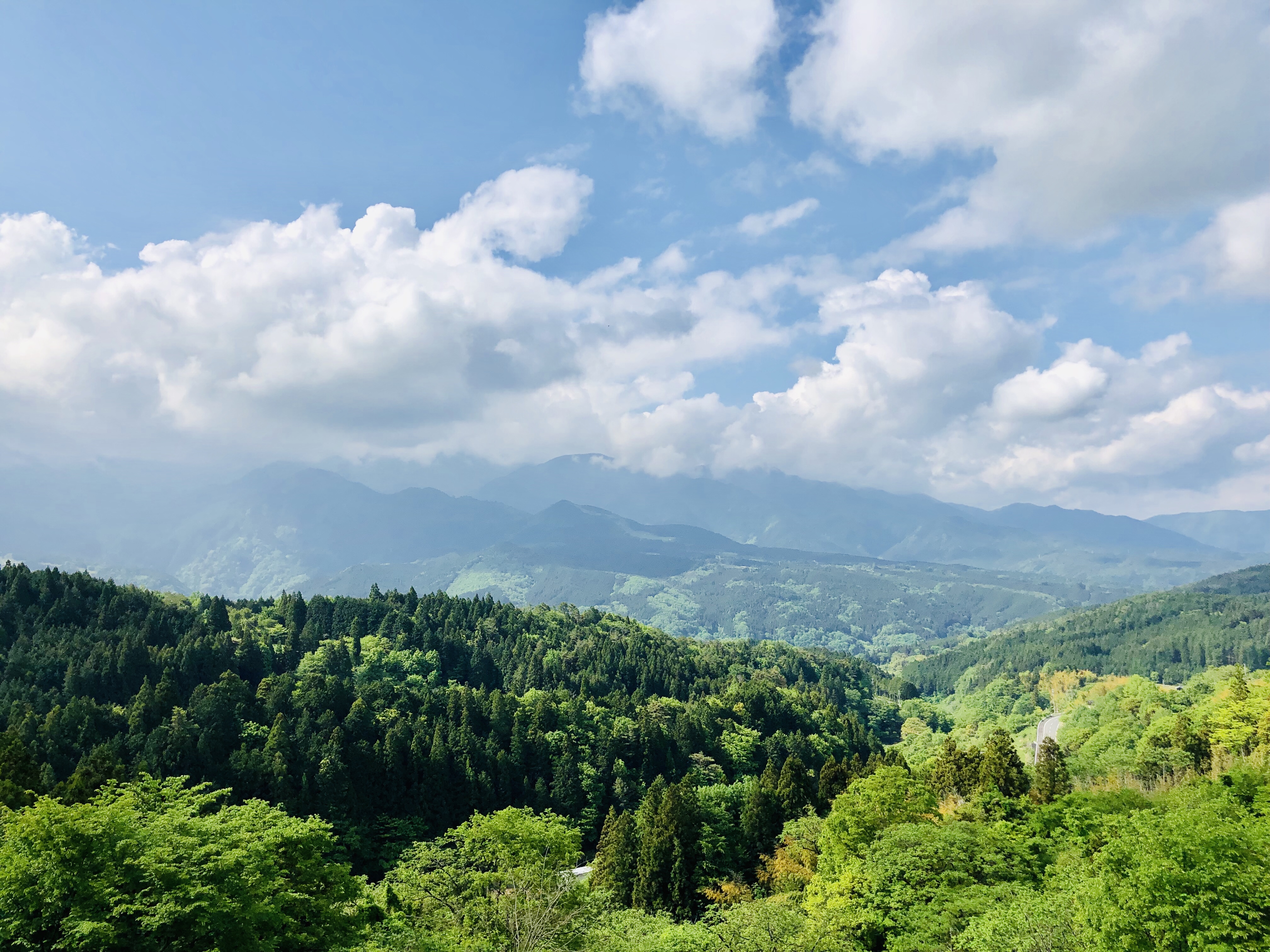
We encountered a handful of people but usually had the road to ourselves, climbing stairs, following paths and always looking for signs pointing us in the right direction (and bells to ward off the black bears). We passed bamboo grooves and rice paddies, crossed streams and watched hawks circling slowly overhead.
About halfway, we came upon a tea house where a fire was burning and a handful of travelers from around the world were gathered around a table, resting, sipping tea and exchanging stories.
From the tea house, we continued climbing upward through densely wooded areas to more dramatic views, at times on a dirt path and at others a stone one. We passed several small shrines, and as we approached Tsumago, we emerged from the forest and followed a path to the end of our walk.
Tsumago
Reaching Tsumago, though, did not seem like the end of the road. The town has been restored to look as it did during the Edo period, with beautiful two-story buildings of dark wood and wood-slatted windows and no overhead power lines. After a stroll through town we headed to Ko Sabo coffee shop where the owner, who spoke some English, greeted us enthusiastically and entertained us with her conversation and wonderful laugh. It also exhibits and sells art.
While we considered walking back to Magome, the skies were darkening, so we chose to take the bus. This gave us a chance to visit Toson’s birthplace and stop for an espresso and matcha latte at just another wonderful Japanese coffee house.
We read that you find Japan’s magic in the mountains, and our visit to the Kiso Valley made us understand why.
Where to Stay: The Kiso Valley is about halfway between Kyoto and Tokyo, and we made a three-hour drive from Kyoto. Once we left Kyoto, we used either Rakuten Travel or Japanican to book lodging, and both were reliable and easy to use.
We booked late so could not stay at any of the small, traditional ryokan or minshuku in Magome or Tsumago, but found the Hotel Hanasarasa in Nakasugawa, just a few miles from Magome. There we enjoyed our first onsen, the Japanese hot spring baths we had heard so much about. We emerged with our bodies revitalized. In the morning, it took only a few minutes to get to Magome, where we parked in a lot right next to town.
Driving in Japan: We rented a car from Toyota Rental Car in Kyoto and followed two simple rules that are essential: Make sure the car has an English speaking GPS and an ETC card for tolls. We had requested both, but if we had not checked when we arrived, we would have left without the ETC card, which looks like a credit card that they inserted in a box in the glove compartment.
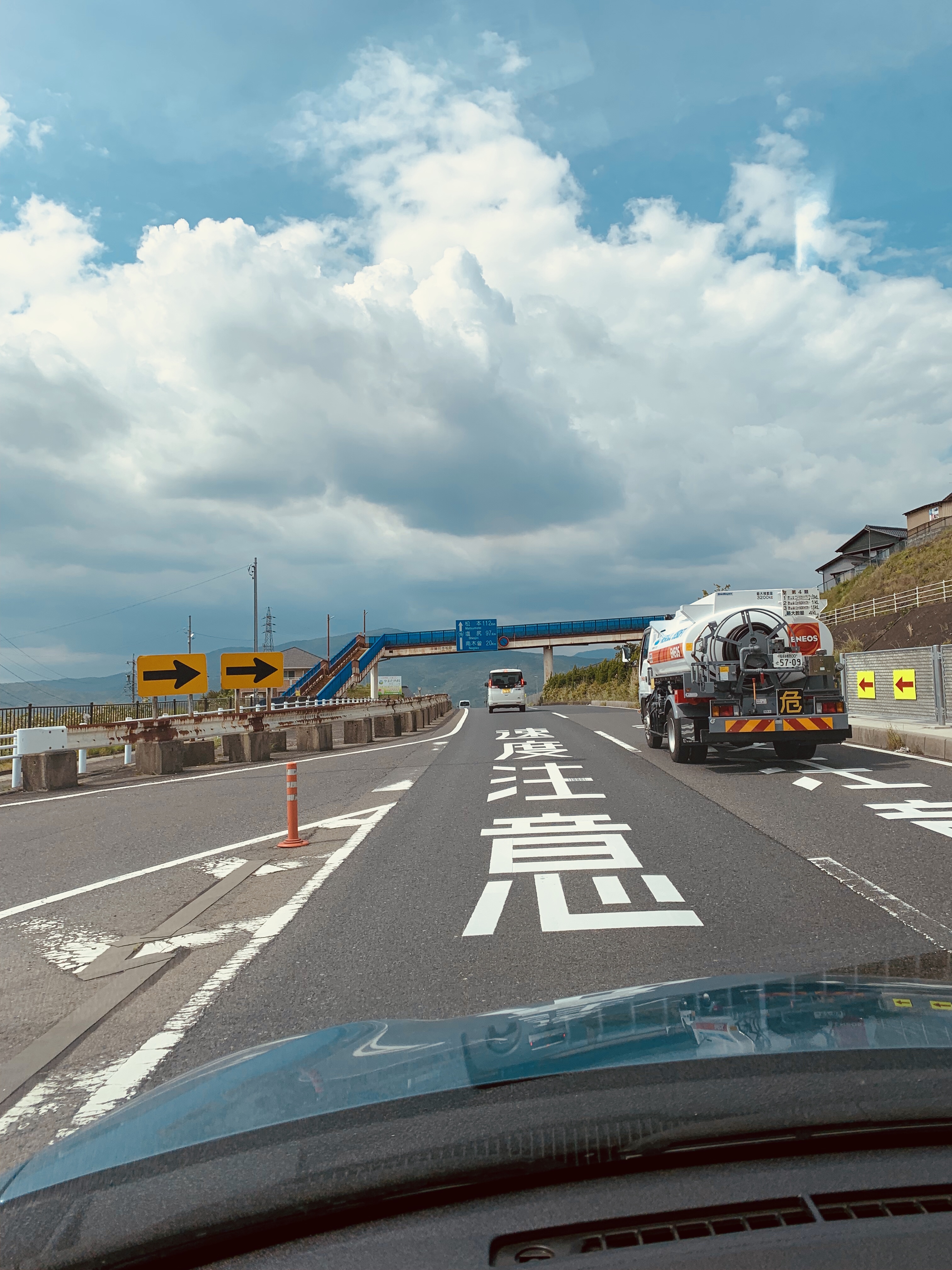
Next Up: Staying at a Buddhist Temple in Koyasan
From Mr. Koya, we headed south to the Kumano Kodo (Kumano Old Road). This ancient pilgrimage route is a network of wooded trails, some UNESCO-protected, that is steeped in Shintoism, which predated the introduction of Buddhism to Japan in the mid-6th century.
We stayed in Hongu, a midway point along the route, for two nights. Heavy rains blanketed the area when we arrived at the Watarese Onsen hot spring resort, part of a three-hotel complex. The highlight was a set of large outdoor, private onsens that we reached by walking over a narrow suspension bridge that was lit at night. It was mid-May, but not busy at all, and a relaxing soak was just what we needed after the drive–and several times after that.
Nachi Taishi Shrine and Seinganto-ji Temple
The next morning (with rain threatening) we drove east to Shingu and then inland to Nachi Taishi, one of the primary destinations along the route. Parking was easy, the crowds were light, and we walked a short, but beautiful stretch of one of the Kumano Kodo paths to the Nachi Taishi Shinto shrine and the Seinganto-ji Buddhist Temple.
Mist covered the mountain peaks as we continued on to the three-storied pagoda, resting near the Nachi-no-Taki waterfall, the tallest in Japan. The pagoda is the first “etiquette place” of the pilgrimage around the 33 holy places in the area, and it was a sight we had anticipated seeing for months.
Around the pagoda was a koi pond, gardens, buddhas and a stone picnic area. The few people there all magically vanished when we sat to have our lunch, as if the Shinto gods wanted us to have a peaceful meal. Seated along the mist-shrouded garden with the pagoda and waterfall before us, we had just that experience.
Saying Good-bye at Shirarahama Beach
Our visit to Japan was coming to an end, and we left the mountains and drove to our hotel near Kansai Airport, where we planned to take the train into Osaka to get a taste of the big city. Instead, we drove past Tanabe to Shirarahama Beach for a relaxing afternoon with turquoise water and white sand.
The sky was beautiful all day, and before we left, a horizontal rainbow appeared. We learned later it’s called a fire rainbow, which we captured just before it faded. It seemed to be Japan’s way of saying good-bye.
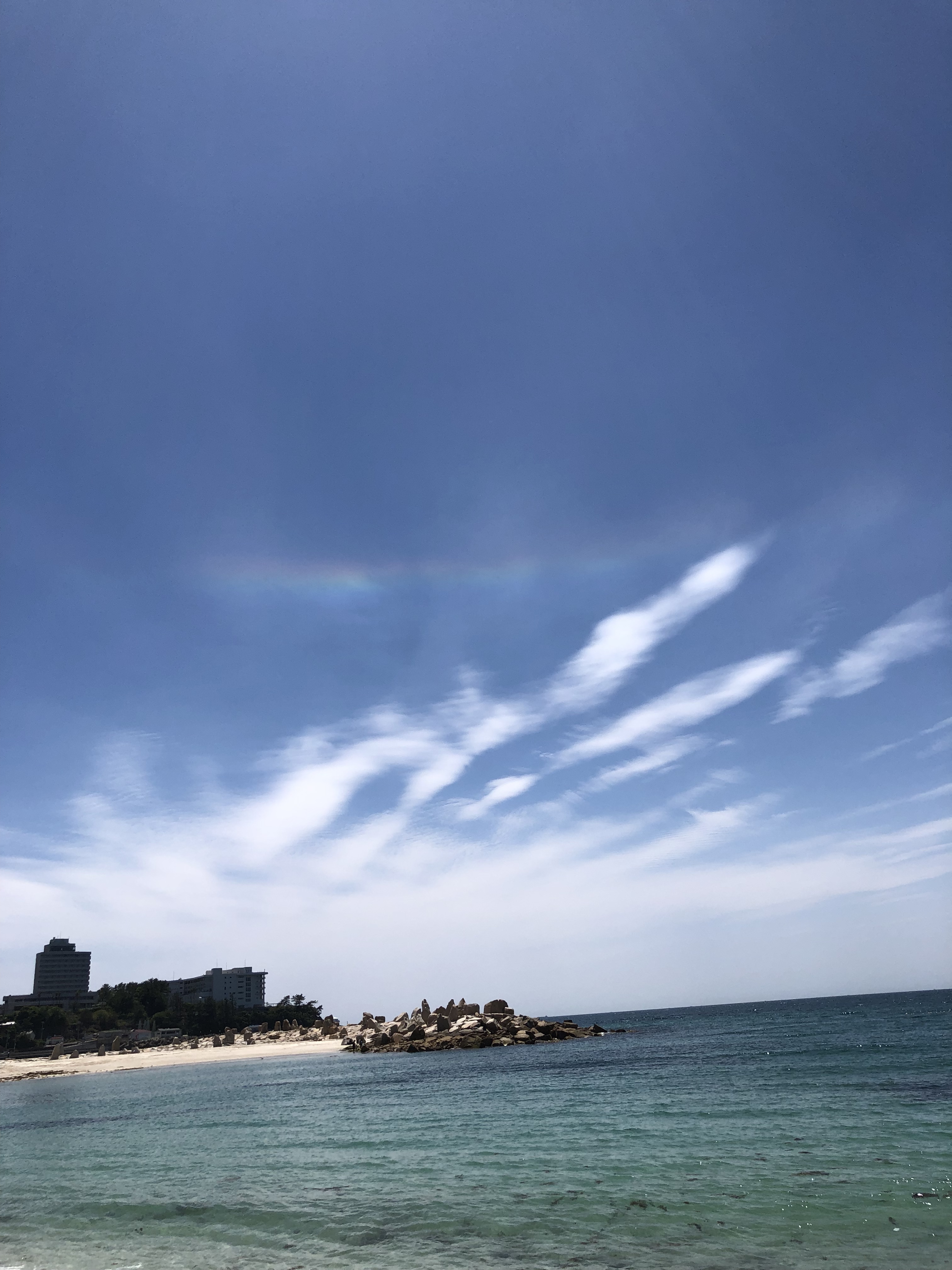
The secluded temple town of Koyasan has a long history as a sacred place, beginning in the early ninth century when Kobo Daishi wandered Japan in search of a suitable place to build a center for the religion he had founded, Shingon Buddhism. After years of searching, he settled on the wooded top of Mt. Koya and in 826 began construction of the original Garan complex. Today you can find more than a hundred temples here.
Many temples in Koyasan invite guests to stay overnight, and we stayed two nights in Souji-in, known for some of the finest vegetarian cuisine. We had spacious rooms, secluded in the back of a newer wing of the temple, a serene view of the gardens, and a bathroom that took up three rooms, including one with a wooden Japanese soaking tub. As is typical in traditional Japanese lodging, when we went to dinner, they had moved our table aside and laid out our futons for sleeping.
We explored part of the town before dinner, wandering down a scenic path, finding a red wooden bridge and then exploring the Garan complex, the first monastic complex entirely dedicated to the teaching and practice of Shingon Buddhism.
It includes the Kondo Hall, a large wooden temple hall where major ceremonies are held, and Konpon Daito (great Fundamental Pagoda), the tallest building in Koyasan. Completed in 876, it’s an early form two-storied pagoda and a symbol of Koyasan, a town we discovered was filled with a peaceful beauty.
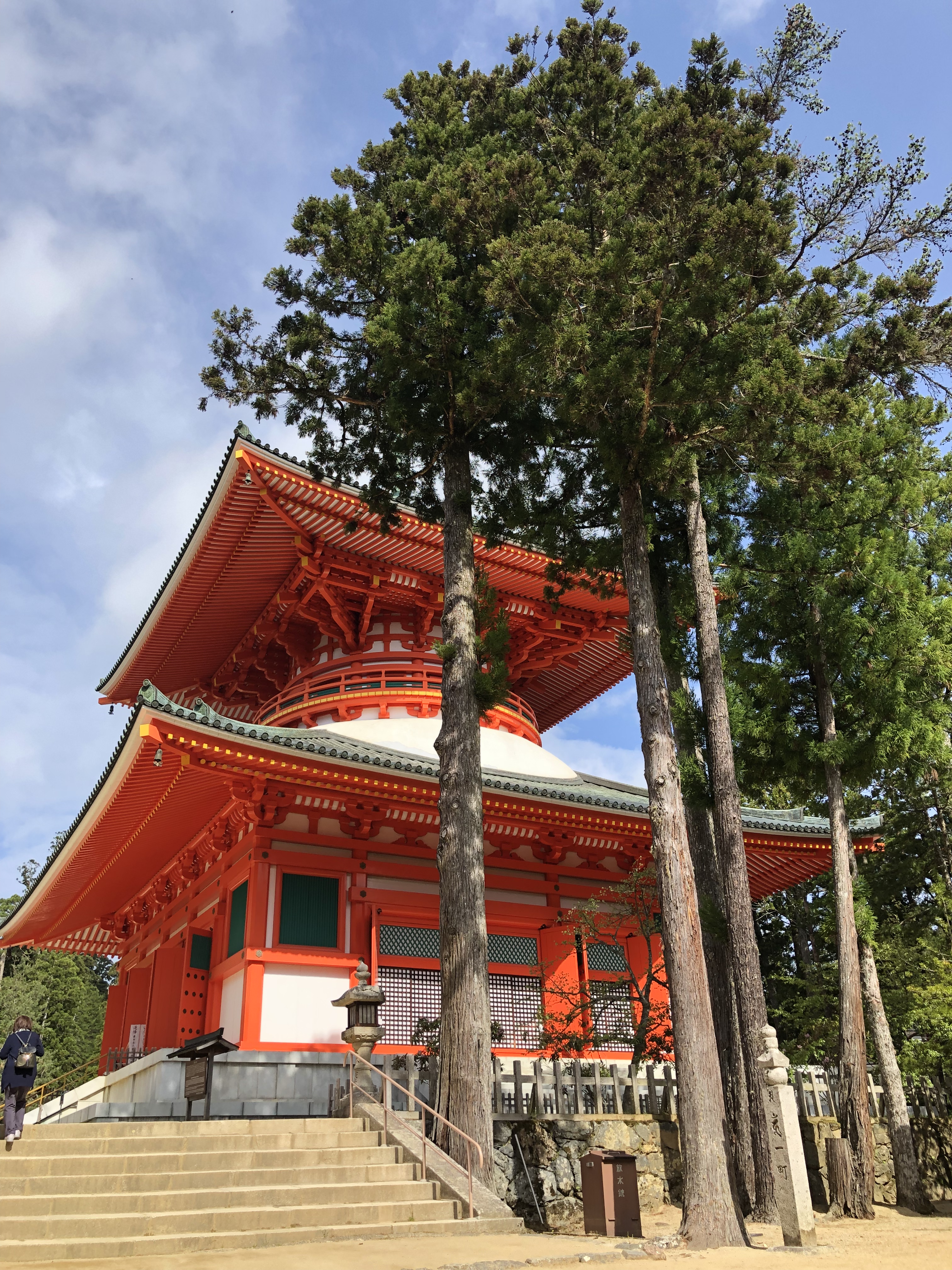
Dinner was at 7 pm and they called us at 6:59 pm to make sure we were coming. The meal and the ones that followed were Buddhist vegetarian cuisine (Shojin Ryori). Made with the “delicate enhancement of a natural taste” and the use of limited ingredients, Shojin Ryori is based on the concept of five flavors, five cooking methods and five colors. Each meal includes a grilled dish, a deep-fried dish, a pickled dish, a tofu dish and a soup dish.
Not only was it some of the best vegetarian food we had ever enjoyed, but also some of the most delicious food of any kind. Each meal was perfectly balanced, served by a monk and was a delight for the eyes and the palate.
The next morning, we set off to explore more of the town and started our day (after our breakfast at the temple) with coffee at the Powerstone Café. The barista, who clearly liked Snoopy, was a wonderful host.
We continued up the hill through the Daimon Gate, the traditional entrance to Koyasan, and entered a pilgrimage route that we followed a few kilometers up Mt. Benten Dake and down to Nyoindo, a temple on the periphery of Kyosan. It is the last temple standing built especially for women. Here we also found the Koyamaki Protected Forest, a forest of umbrella pines extinct everywhere but in Japan and Korea.
We moved on to Okunoin, where more than 200,000 grave stones and pagodas stretch through a forest of ancient, towering cedar trees. There was a powerful, awe-inspiring energy along this sacred space, a 2km walk to Kobo Daishi’s mausoleum that we will never forget. We plan to visit again and walk it at night, when the path is lit by lanterns.
The next morning, we joined a 6 am morning prayer ceremony. When the head monk was done chanting the sutra, he sat with us, giving a short talk to those in attendance—all in Japanese. Fortunately, a young monk handed us a one-page summary of his talk and the main message was this:
All we can do is to appreciate the past and for the future, to wish and pray for the peace for those around you.
Next Up: The Kumano-Koda Pilgrimage Walk
A visit to Nara is one of the best day trips from Kyoto. It was the first permanent capital of Japan and home to the Daibutsu (Great Buddha) at Todaiji Temple, as well as other temples and shrines, and the Nara National Museum.
Travel Tips: From Kyoto, we took the Kintetsu line to Nara Kintetsu station, which is closer to the Great Buddha than the JR station. Once you get in Kyoto Station, which is really two stations, the JR and Kintetsu, it’s easy to follow signs to Kintetsu. We suggest you spring for the Kintetsu direct express (tokkyu), which is faster and more comfortable. It’s a short ride on a modern train.

Sacred Deer
Once you come out of the station, turn right and walk past the park and follow the crowd to Todaiji Temple and the Great Buddha. On the way, you walk past Nara Park, where you’ll be greeted by hundreds of deer. Once considered sacred, they have roamed free for 13 centuries and today look for handouts or a scratch.
Daibutsu
Once you arrive at Todaiji Temple, you’re overwhelmed by the scale of Daibutsu-den (Hall of the Great Buddha), the largest wooden structure in the world. No matter how many people are there, it can easily accommodate them.
Inside the hall is the Great Buddha, the largest bronze Buddha in the world. The original was completed in the 8th century. Nearly 50 feet tall and 500 tons, it looks down at you as you make your way in and around the great hall. There are Buddhas on either side, and a pair of guardians in the hall, Komokuten and Bishamonten.
Behind the Great Buddha is a large pillar with a hole that is said to be the size of the Buddha’s nostril, and people—schoolchildren—can crawl through. A story goes that by squeezing through, you humble yourself enough to gain enlightenment in your next life.

From Daibutsu-den, we walked about 10 minutes up hill through a park to Nigatsudo Hall, a sub-complex of Todaiji. It’s a beautiful walk with plenty to see on the way, and as you walk around the hall, you’ll find a nice view over the city.
Nara National Museum
Rain began to fall so we went to the Nara National Museum, and we weren’t disappointed. The museum has two buildings – the older building with a vast and interesting permanent Buddhism collection, and a newer building with special collections. We were lucky to get a look at a Yohen Tenmoku tea bowl from the Fujita Museum. The bowl, from the 12th or 13th century, has a tenmoku glaze with iridescent spots that look like the stars in a galaxy.
Up Next: Walking the Kiso Road
We’ll start at the end of visit to Kyoto. And the best. Mamecha. Set on a beautiful side street in Gion, the family style restaurant was the top recommendation of our hosts at Old Kyoto, and they were right. Here we discovered why Kyoto is famous for its tofu, enjoying a silken tofu dish that melted in our mouths.

There were several courses, each with a handful of dishes, and from the tofu of our first course to the five-sashimi dish to the delightful tempura to the beef and then the ice cream and cup of matcha, every morsel was delicious.
Getting there: Our wonderful host Junko at Old Kyoto made the reservation, which is recommended, but the sign sits just a foot off the ground on a narrow side street. It’s not easy to find and took us two tries. Just keep your eyes open for a sign with these green marks.

Sake Seconds
We were particularly good at getting lost when looking for restaurants. Addresses are not easy to find, and most restaurants don’t have signs in English. Add a little jet lag to that combination, and you’re happy for a glass of sake and a rice ball (that’s a thing). Then one lucky night we stumbled into a little bar and enjoyed a simple meal, carefully prepared cocktails and sake overflowing in glasses that rested in little wooden boxes. The overflow was “seconds” we were told.

Department Store Dining
We heard about the basement of Takashimaya Department Store, and while the concept sounded odd, we gave it a try. The food turned out to be head and shoulders above any American supermarket with takeout food. Along with sushi and sashimi (that made us wonder what we had been eating all those years in the states), there are endless salads, meats, fresh produce, bakeries, a premium liquor store for sake, wine or whiskey, and more. We found it habit forming – relying on it for three of our eight nights in Kyoto.
Getting There: It’s a big building at the corner of Shijo and Kawaramachi streets in Downtown Kyoto, so it’s easy to find, walkable from Gion and across the street from a train station.
Nishiki Market
And then there is the famous Nishiki Market, where locals, restauranteurs and tourists mingle among more than 125 vendors stretched along pedestrian-only blocks in the middle of Downtown Kyoto. It’s worth a stroll just to marvel at the food. On our first trip, we bought the smoked eel bento and had it for lunch at our guest house. We weren’t disappointed.
Getting There: It’s in the middle of downtown, a block north of Shijo-dori, running from Teramachi to Takakura-dori, and accessible by train from the Karasuma line to Shijo or the Hanku line to Karasuma or Kawaramachi.
